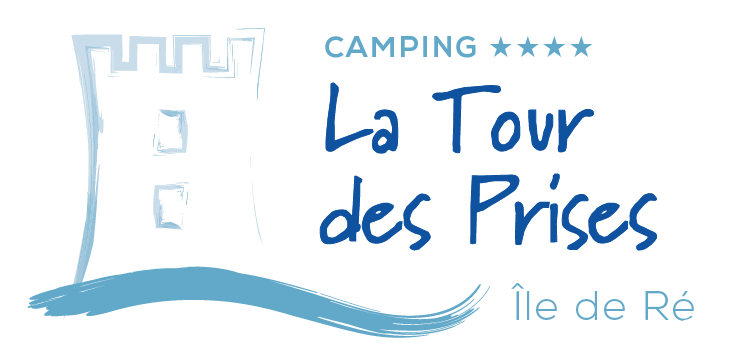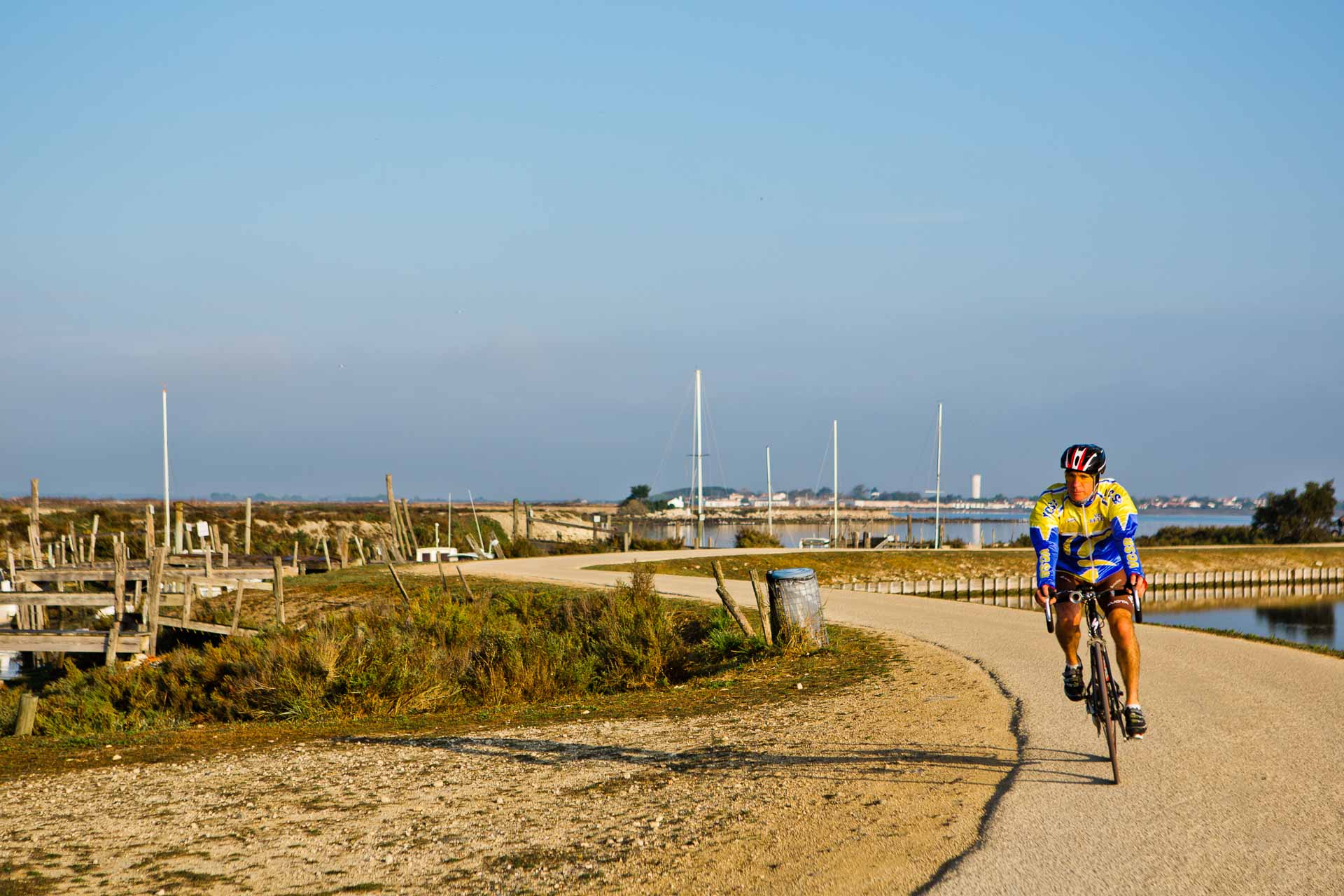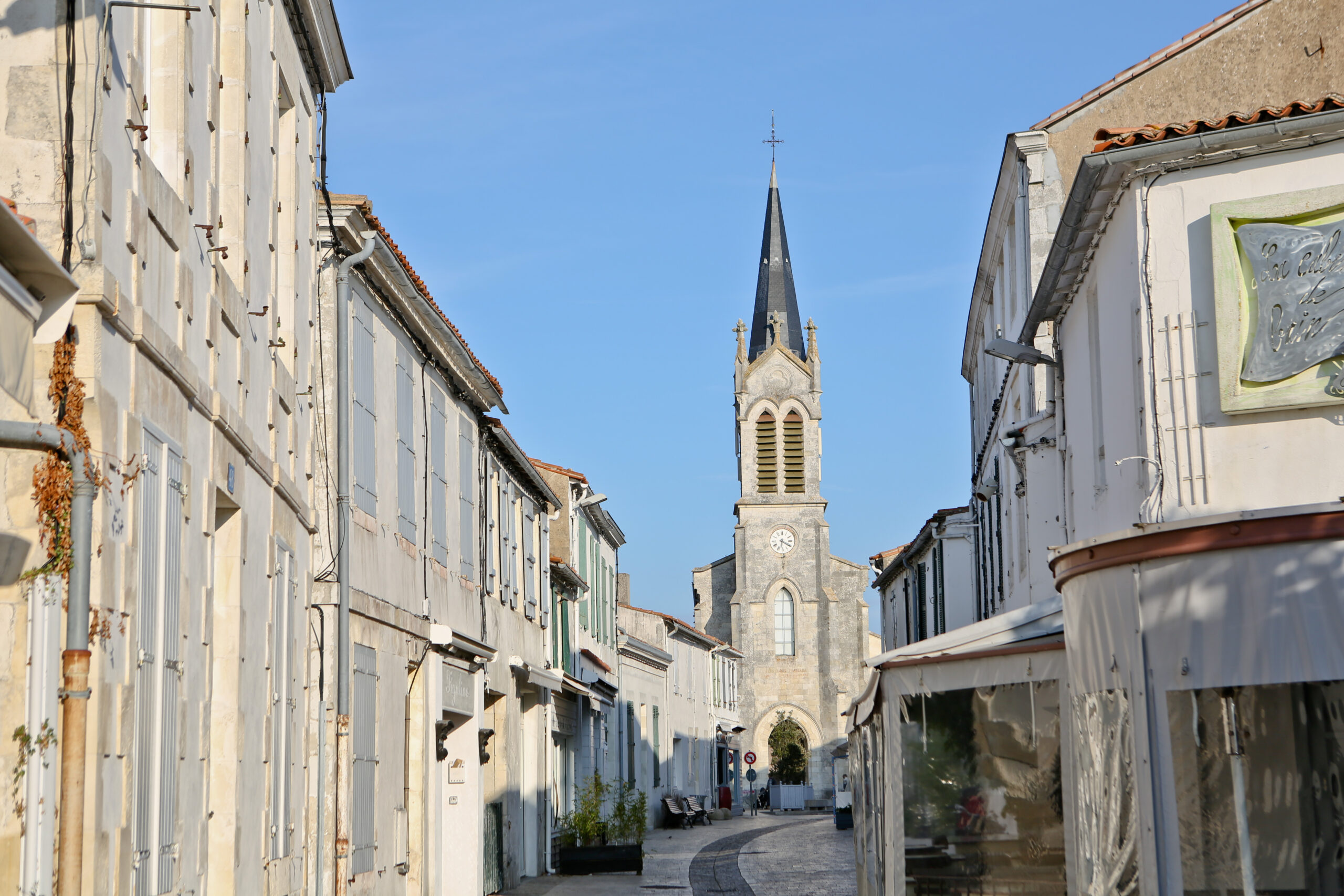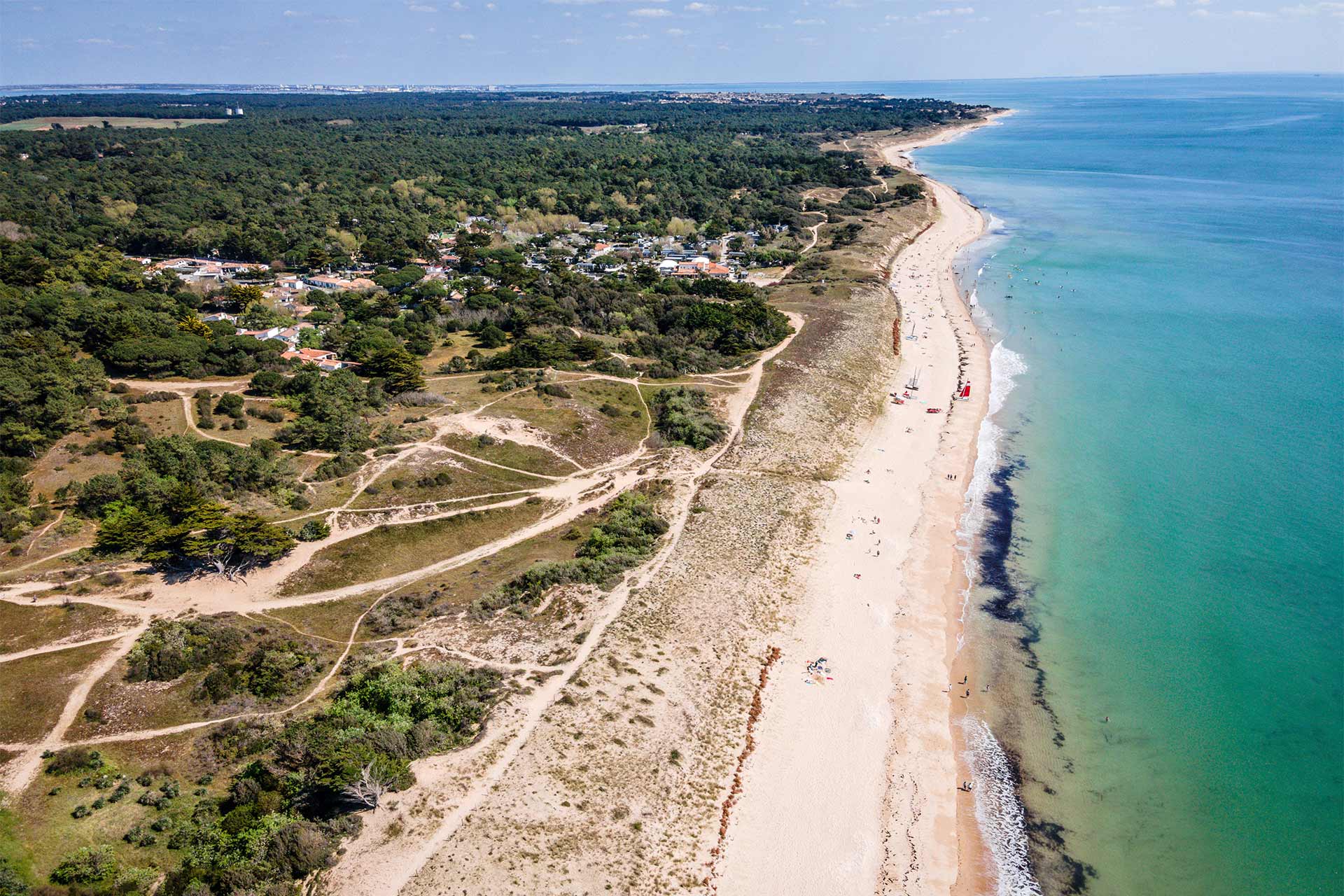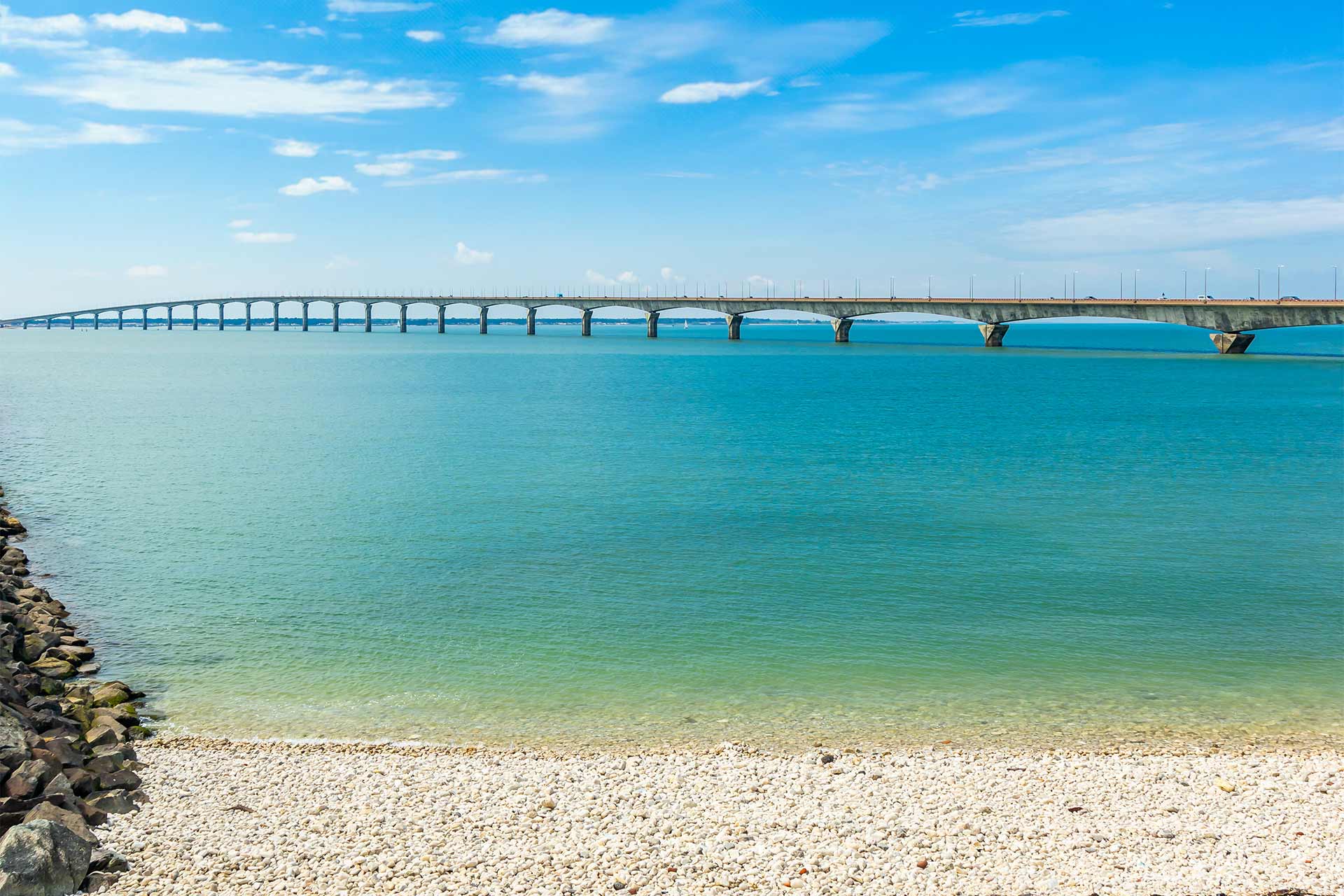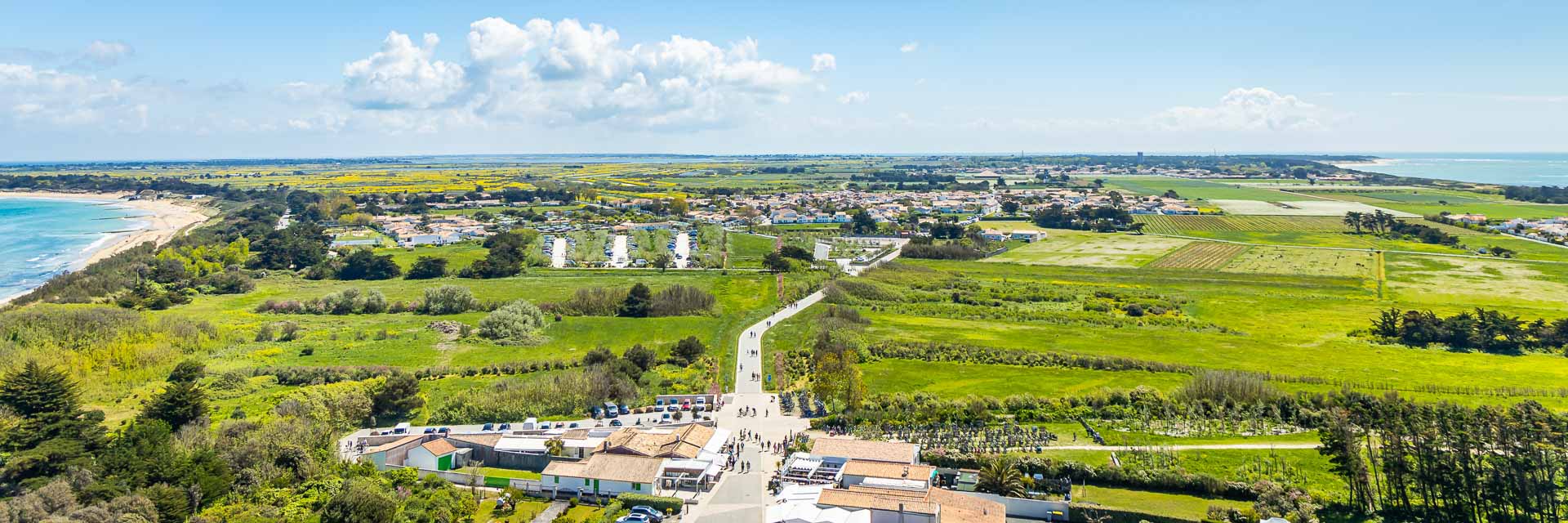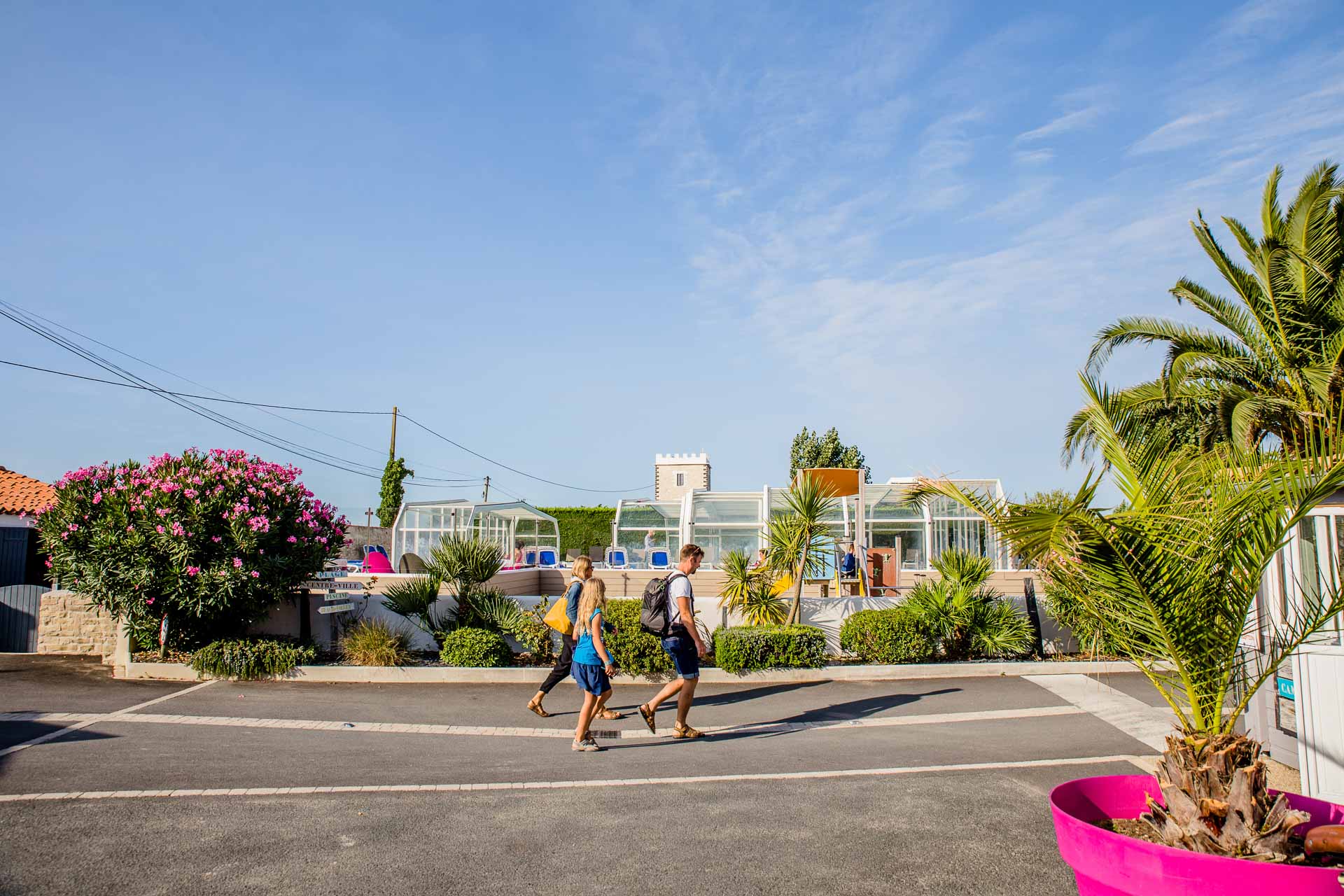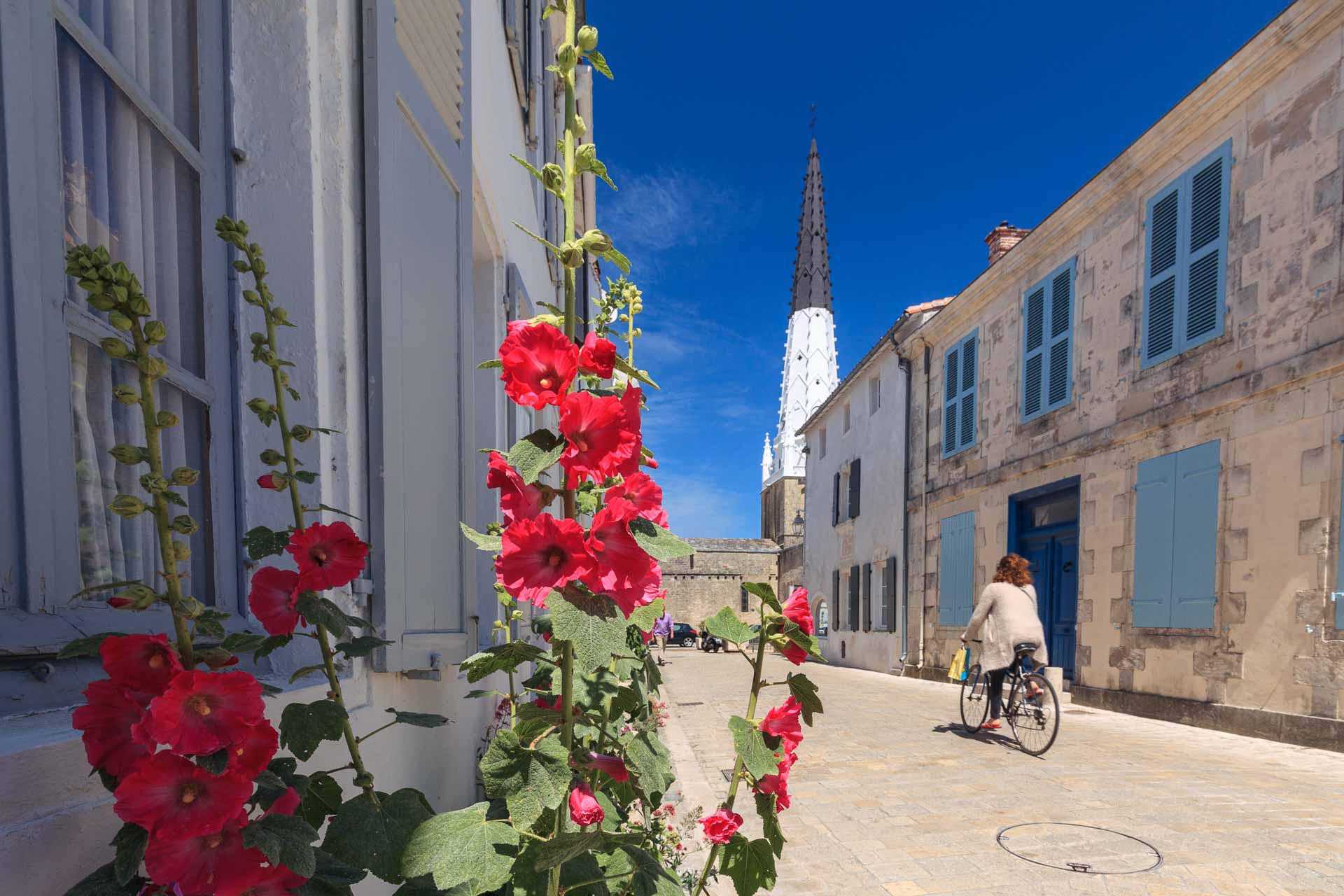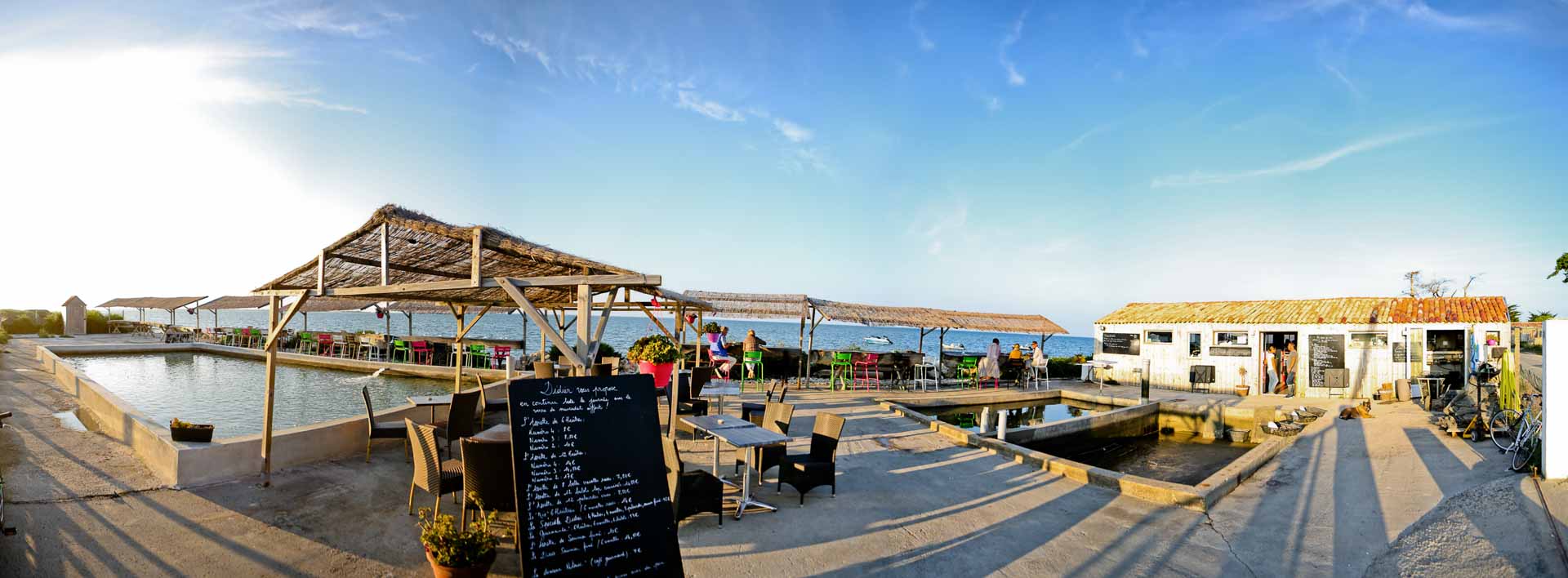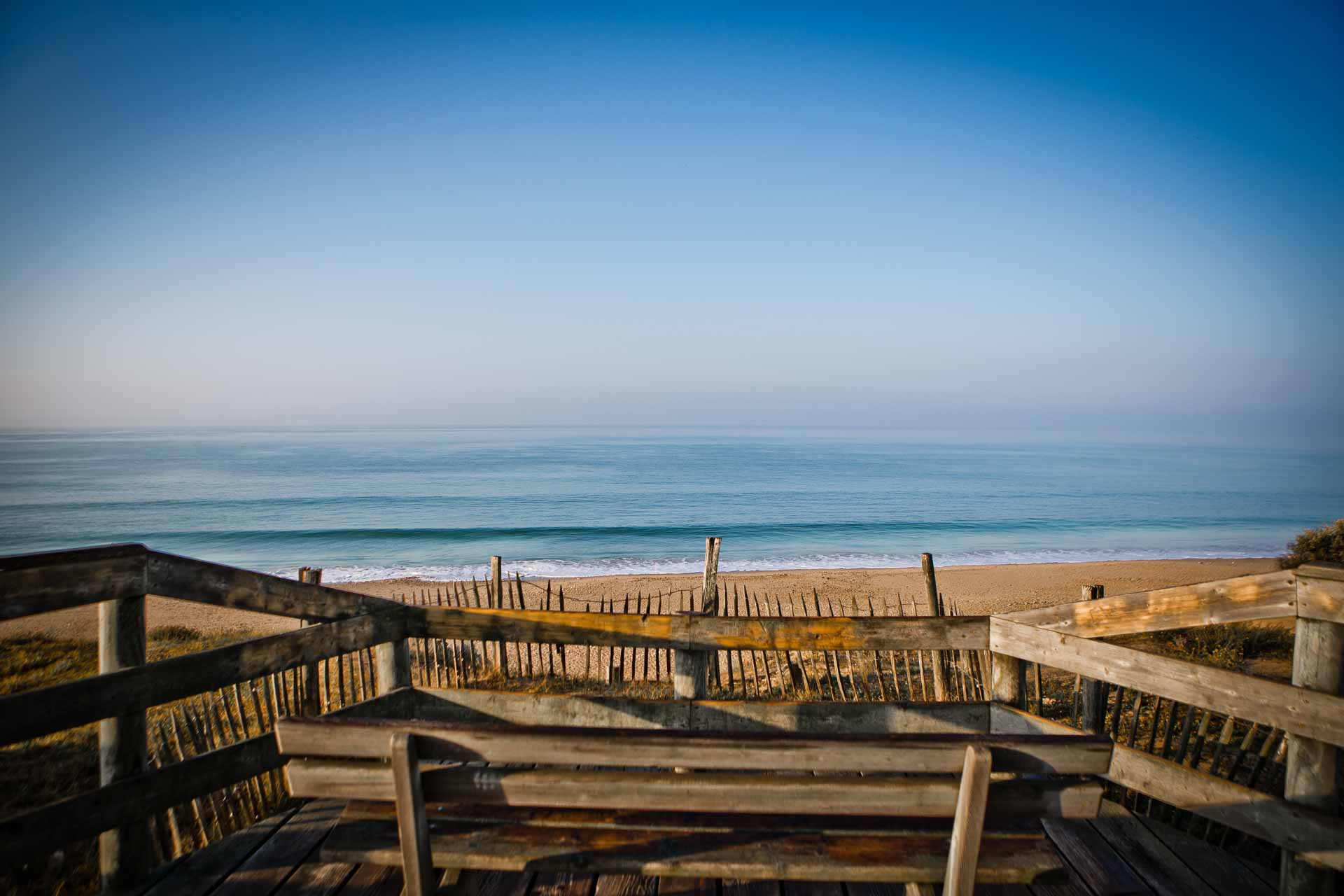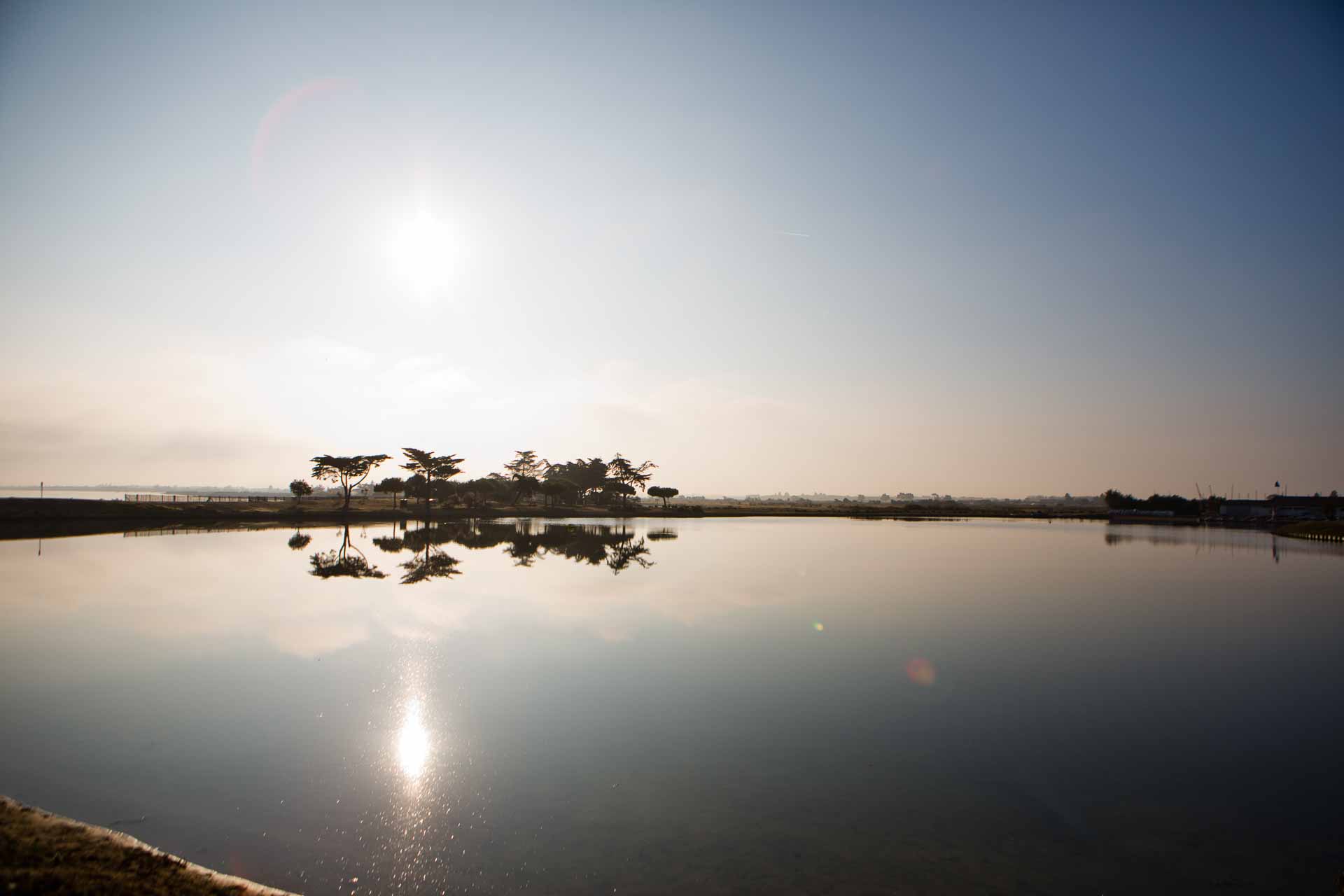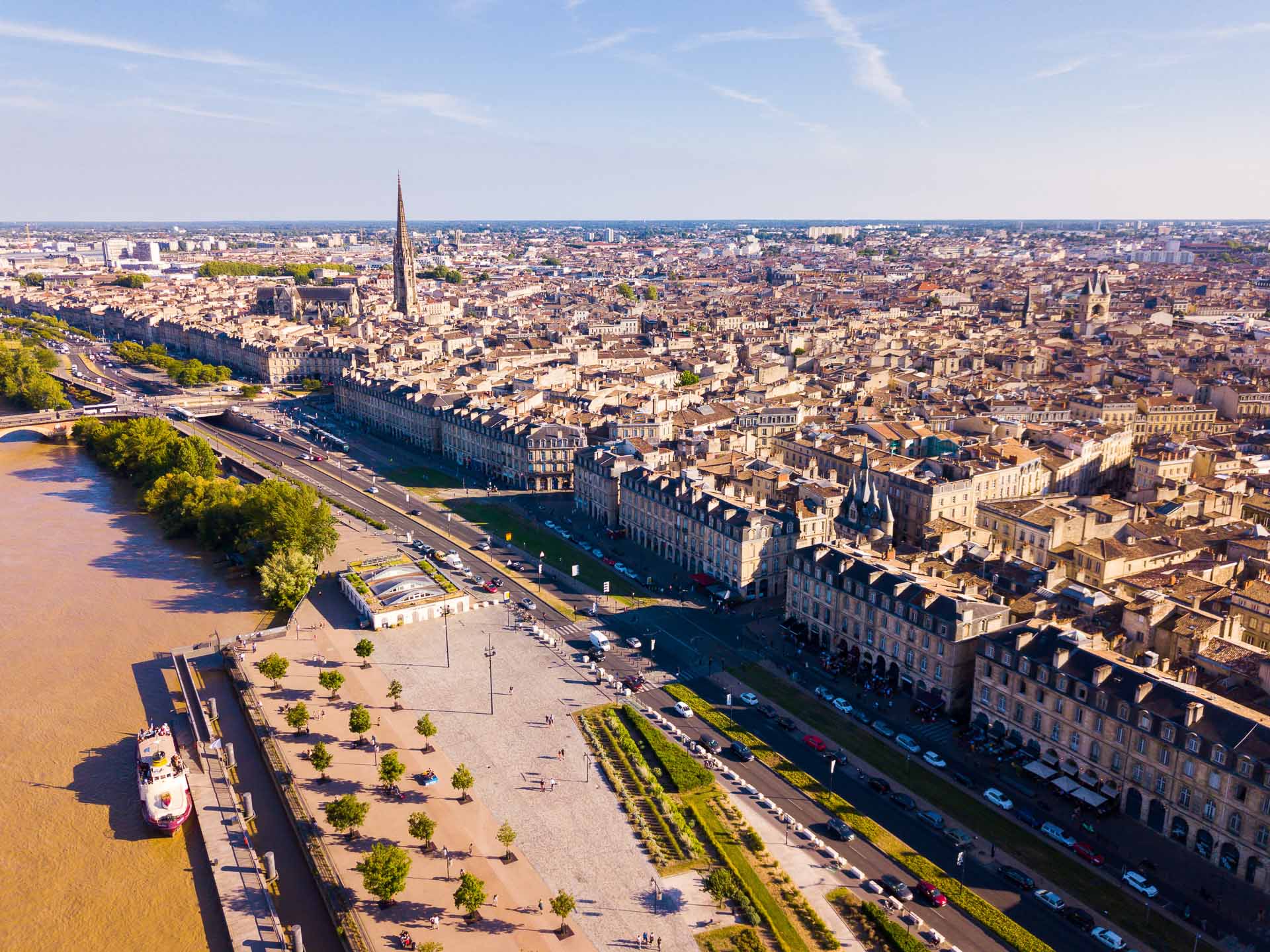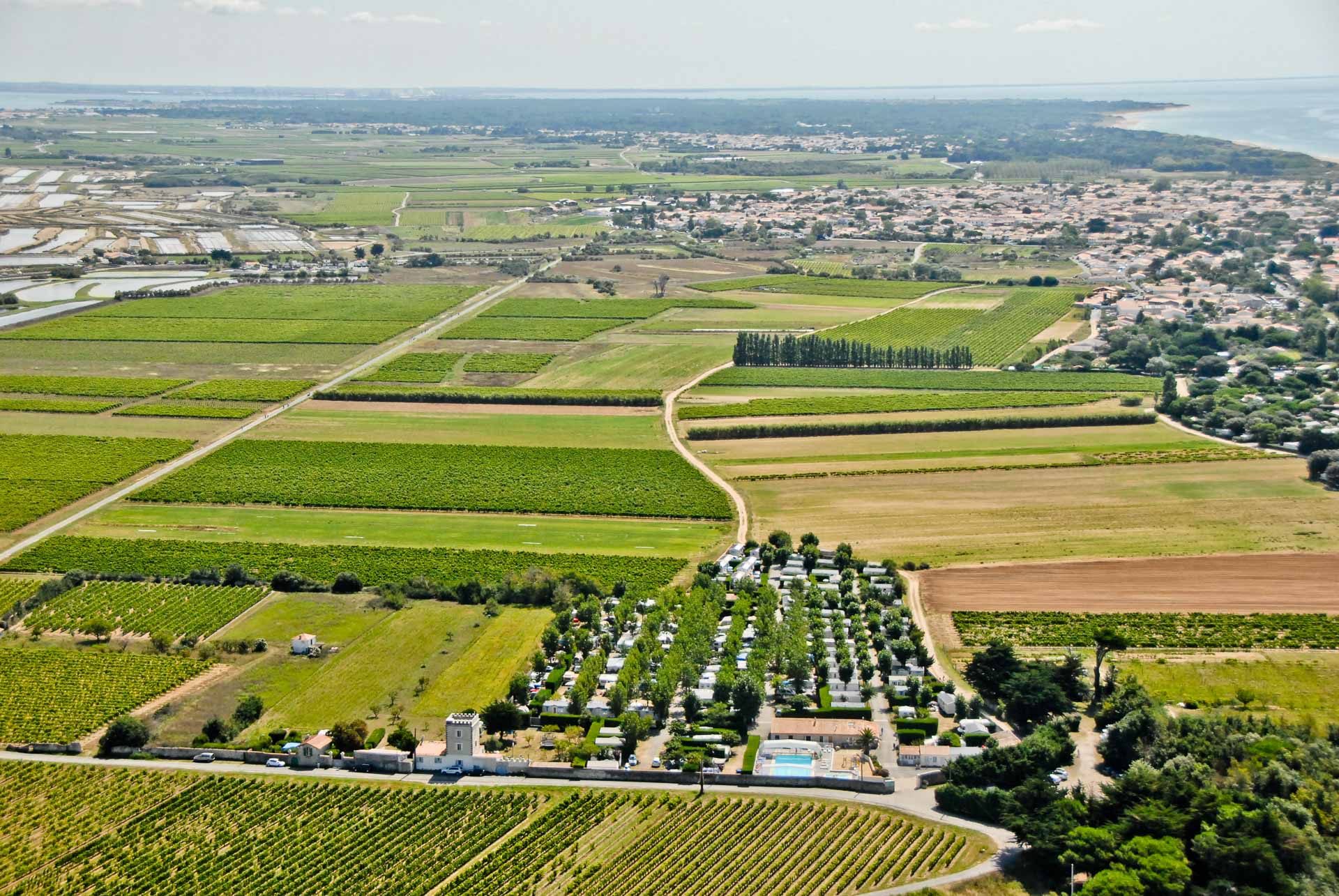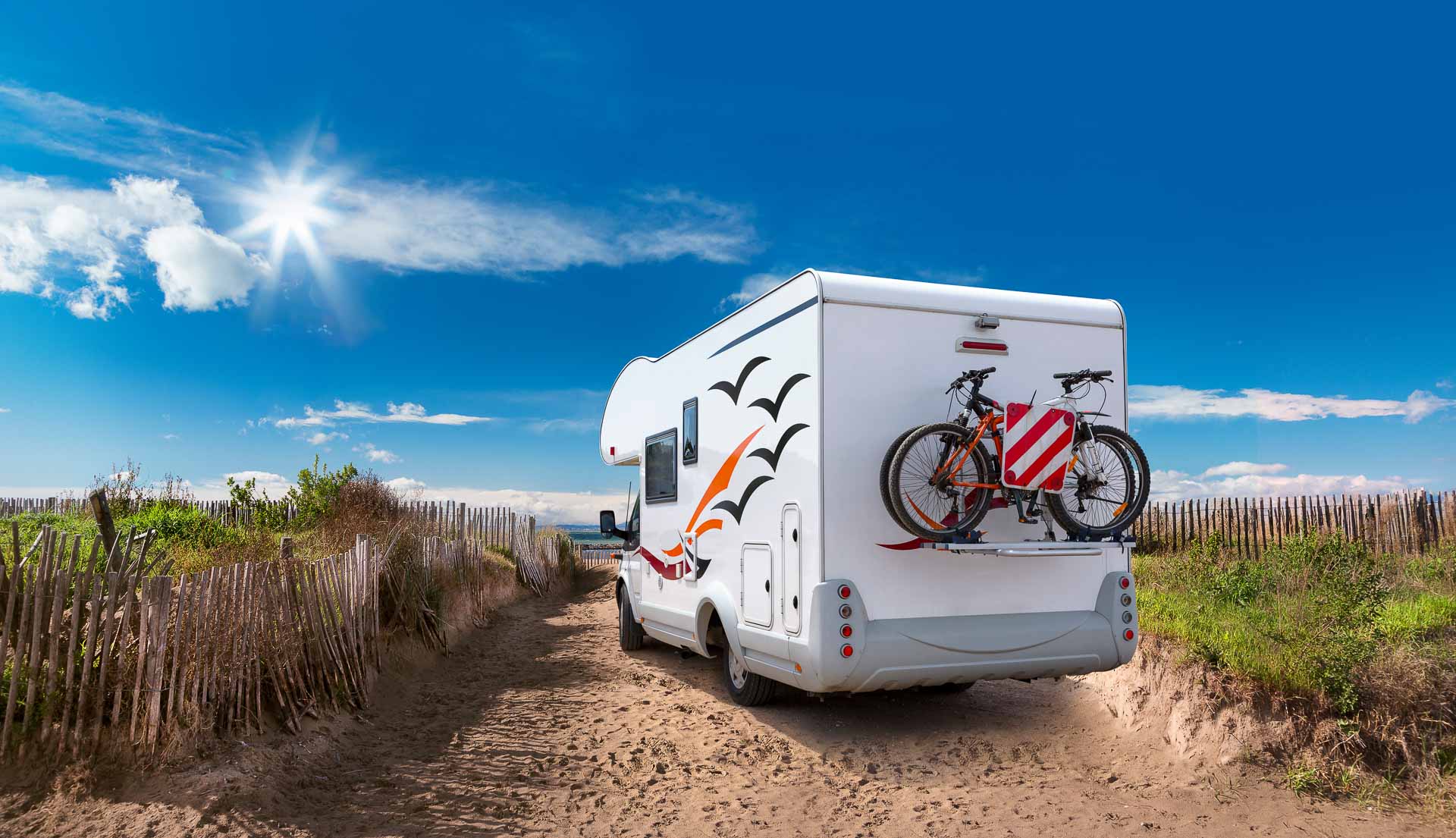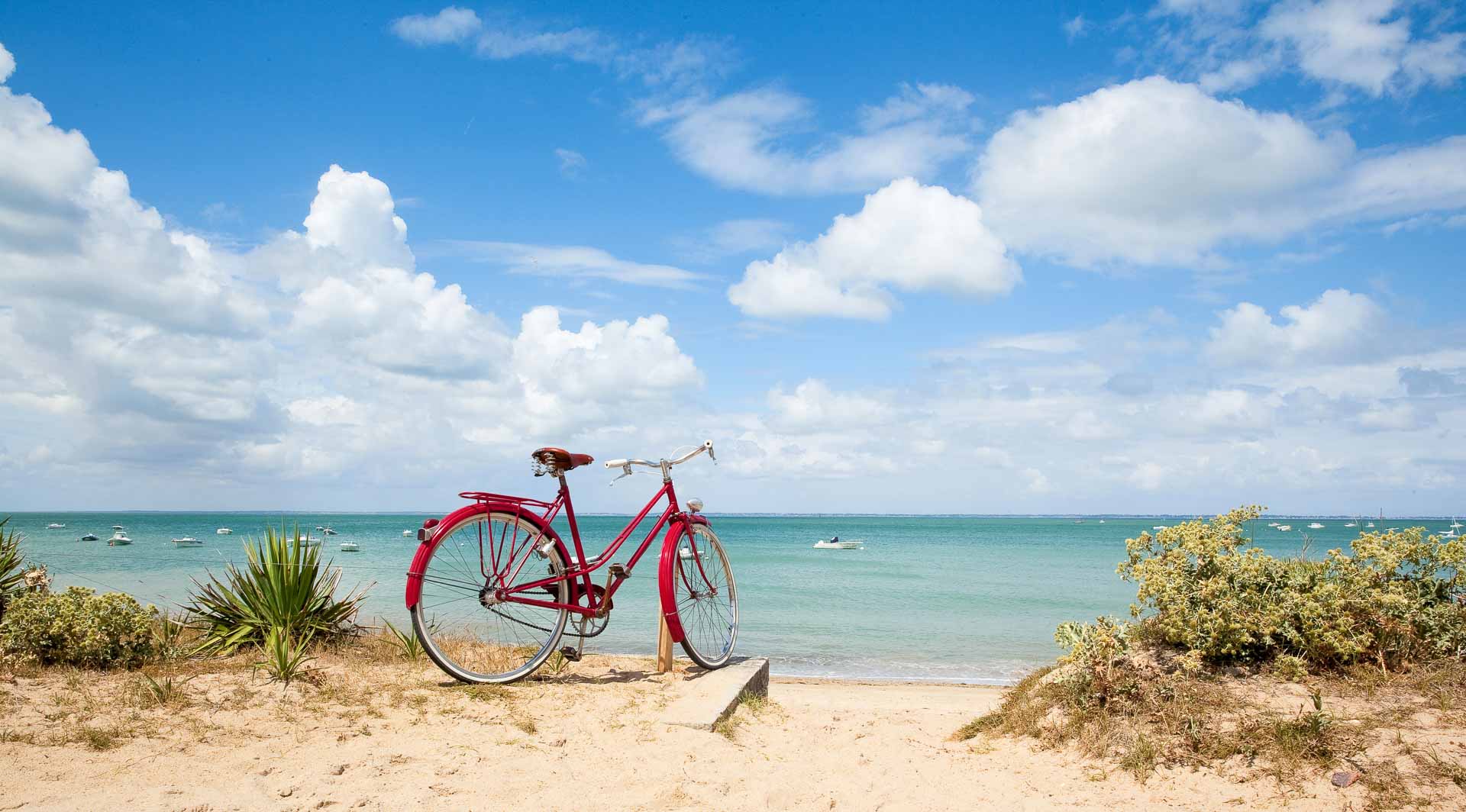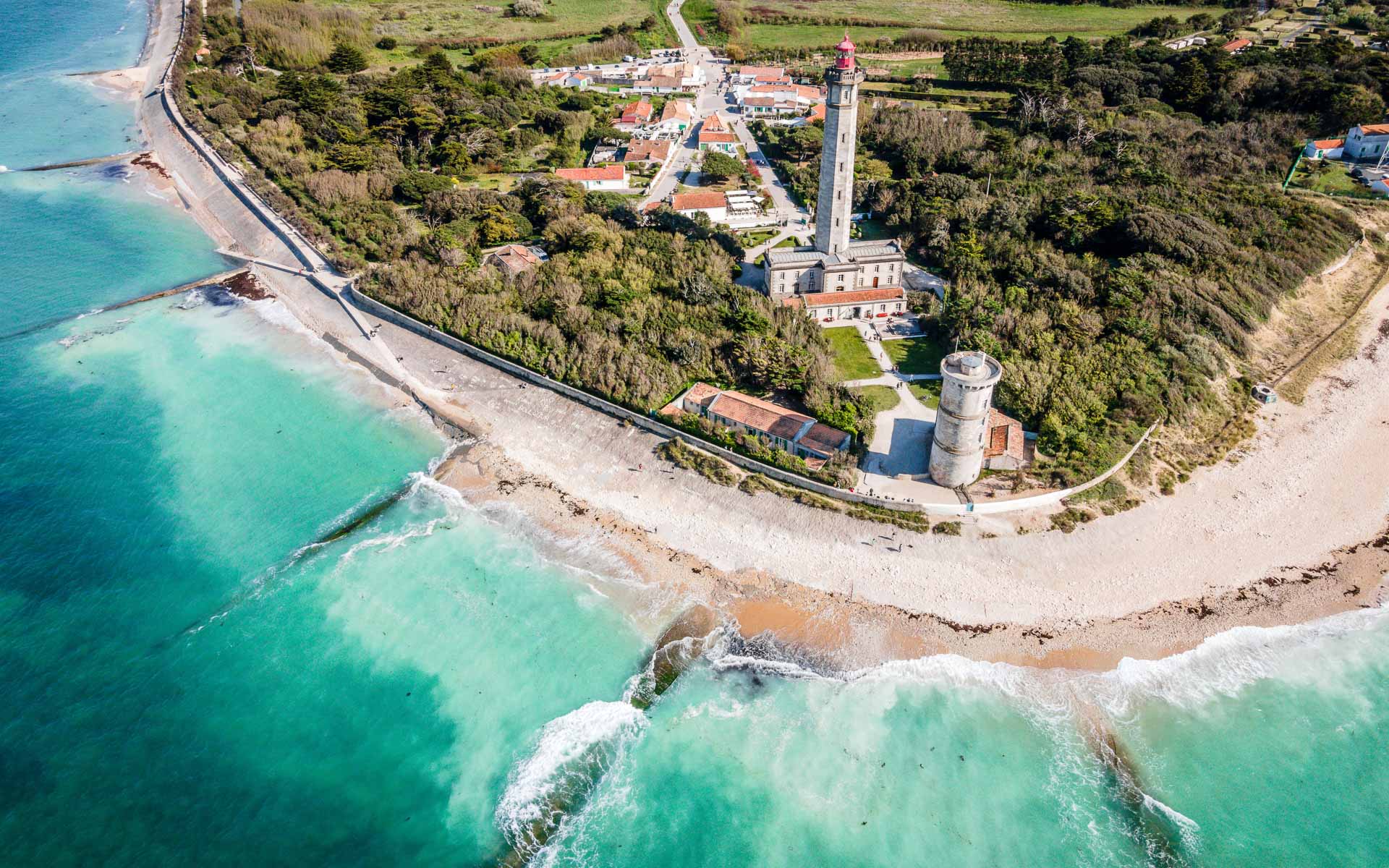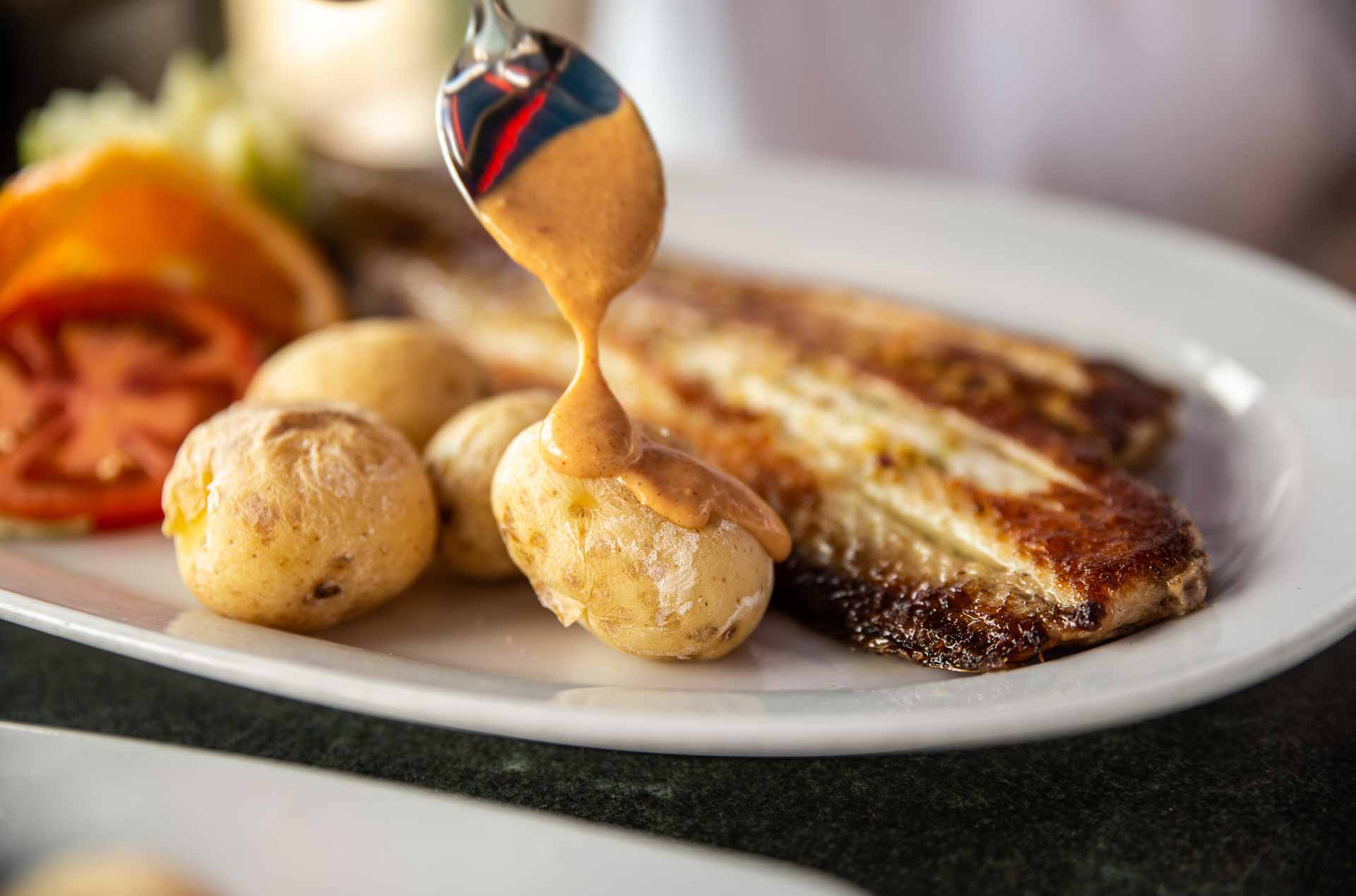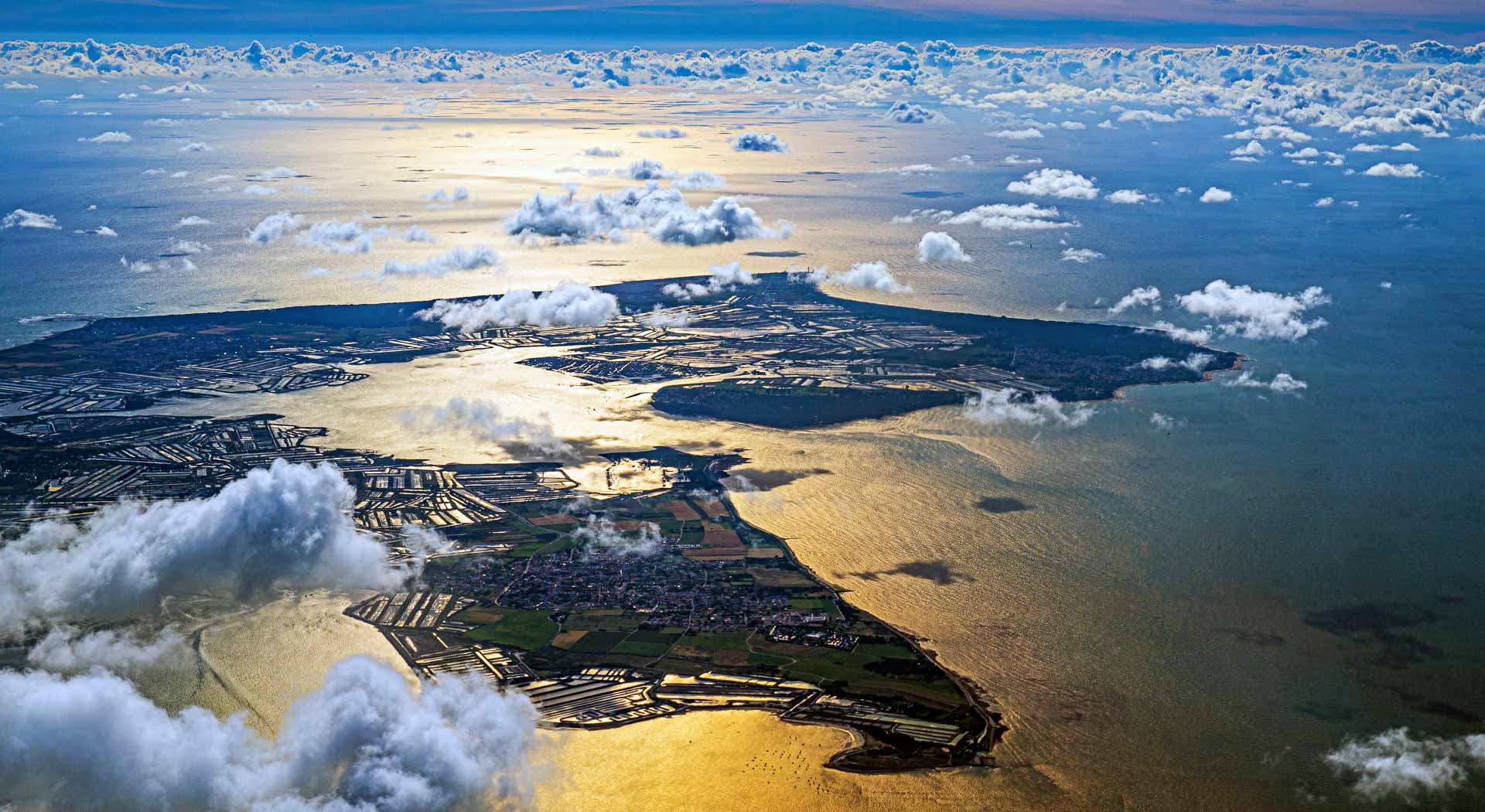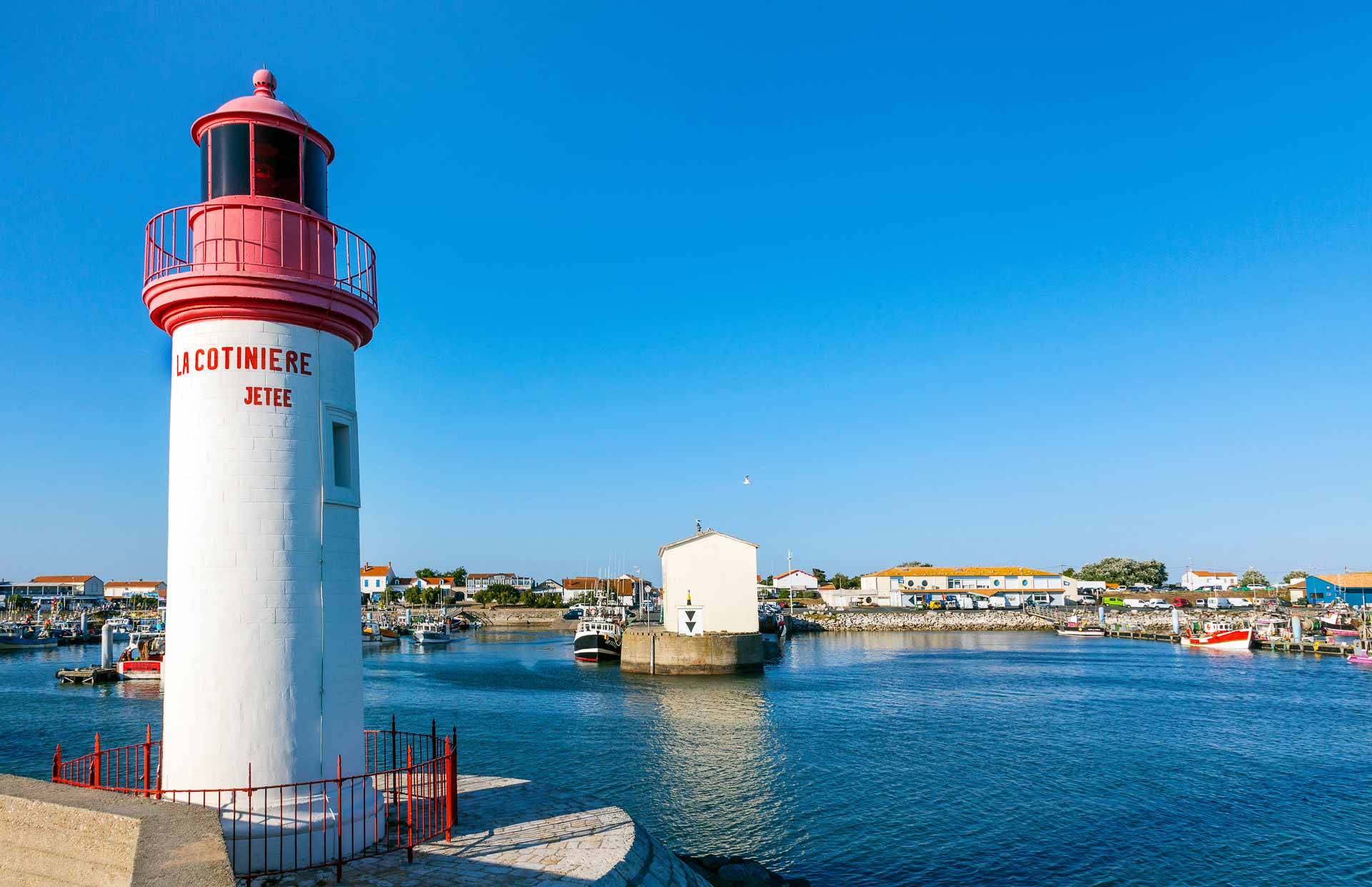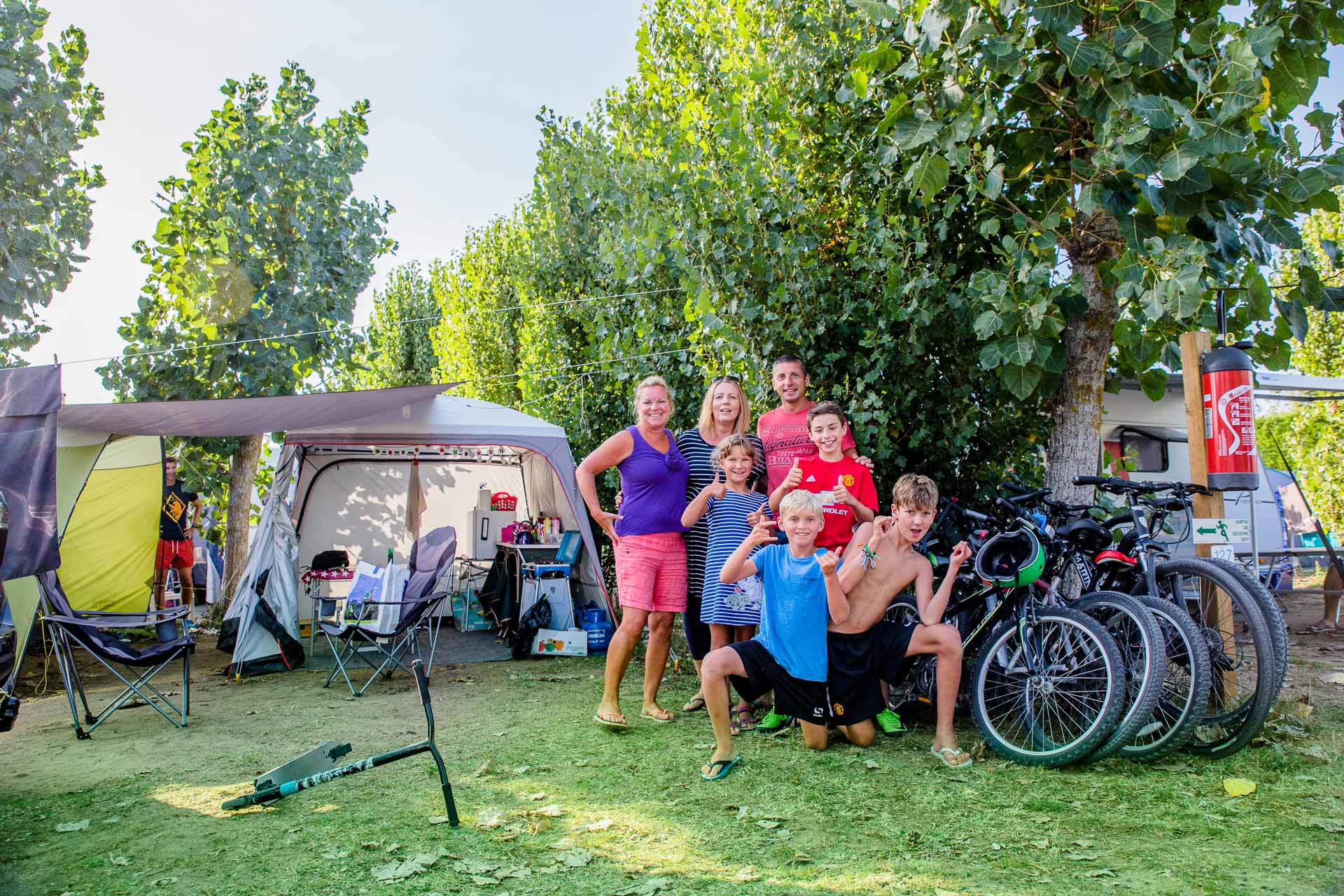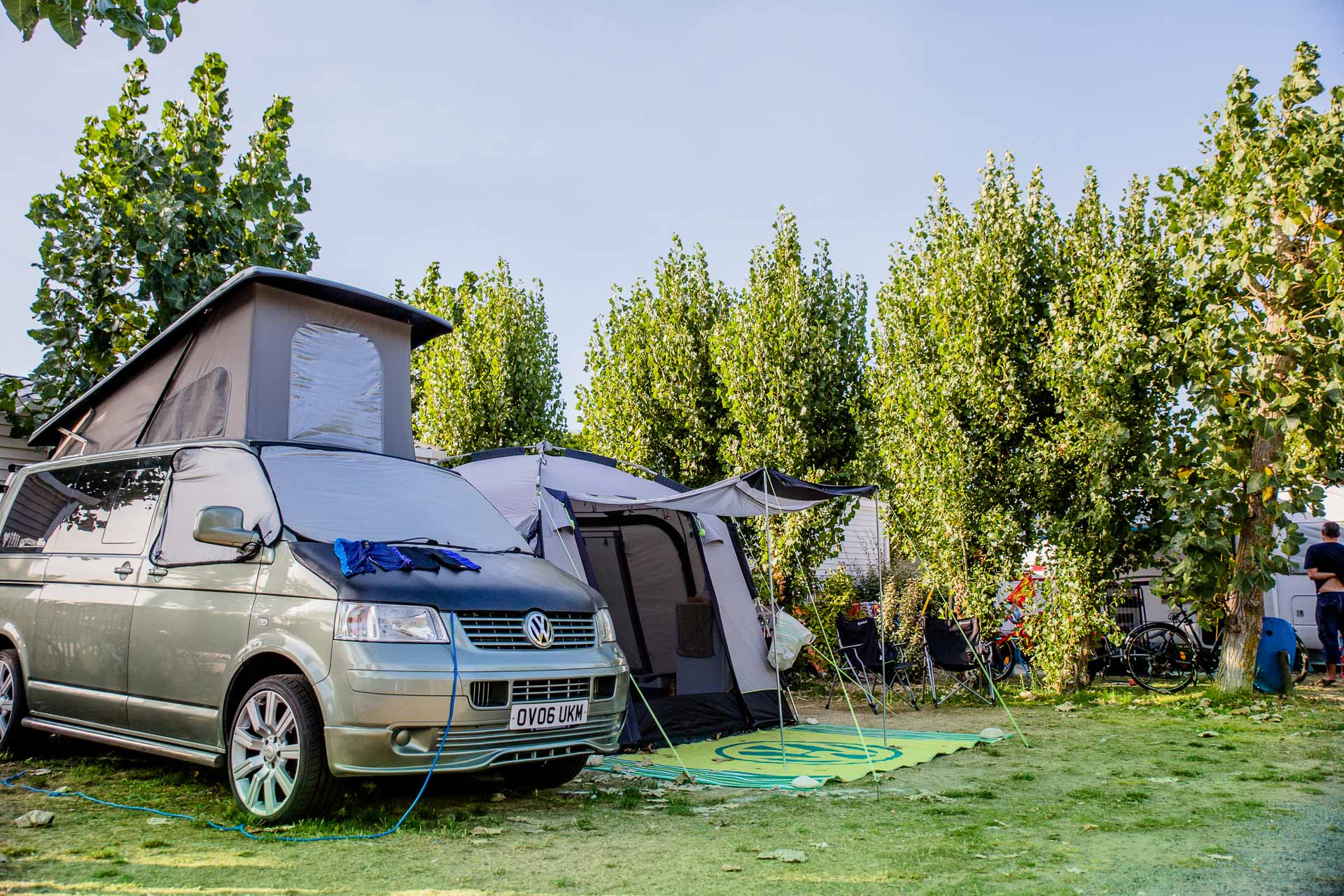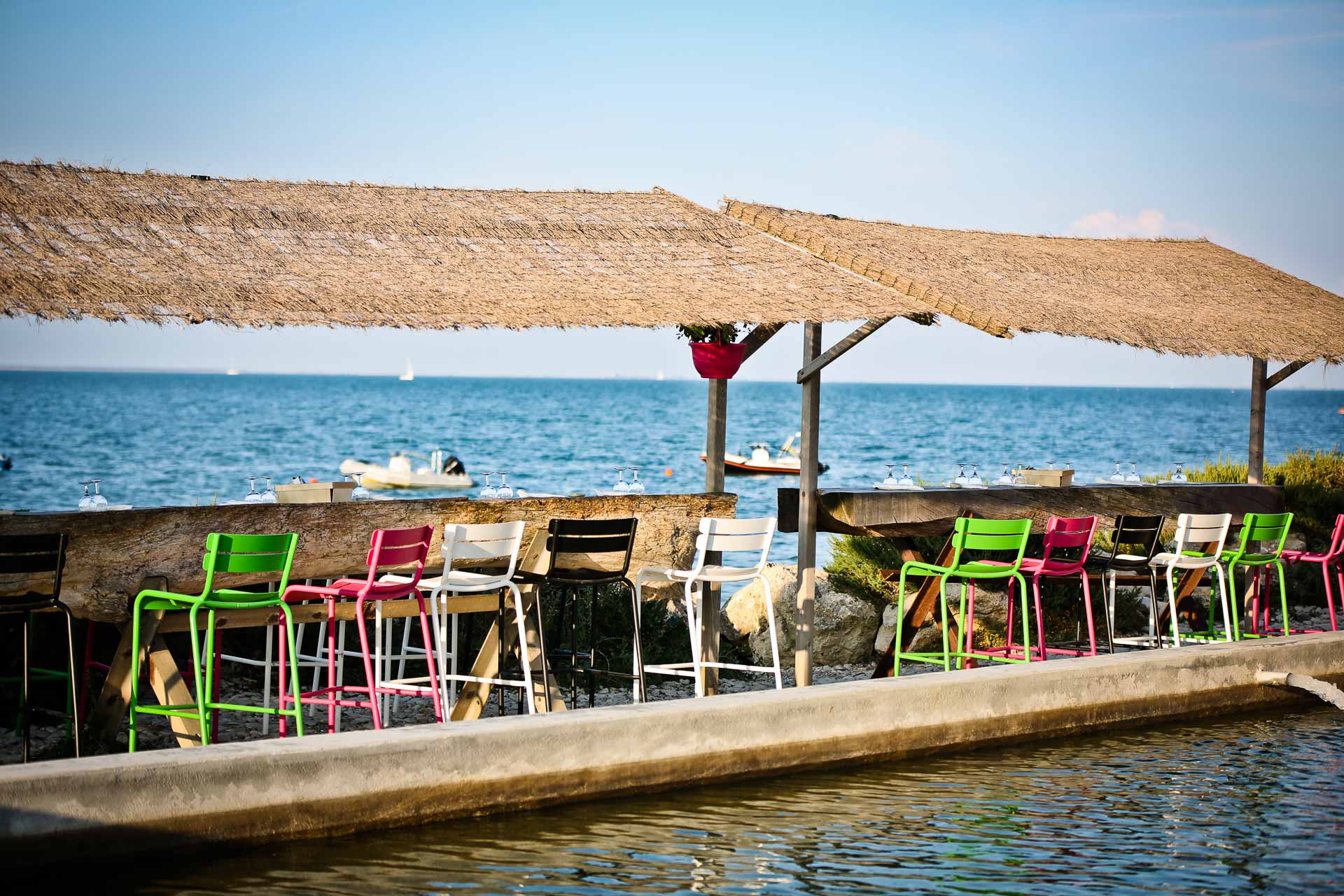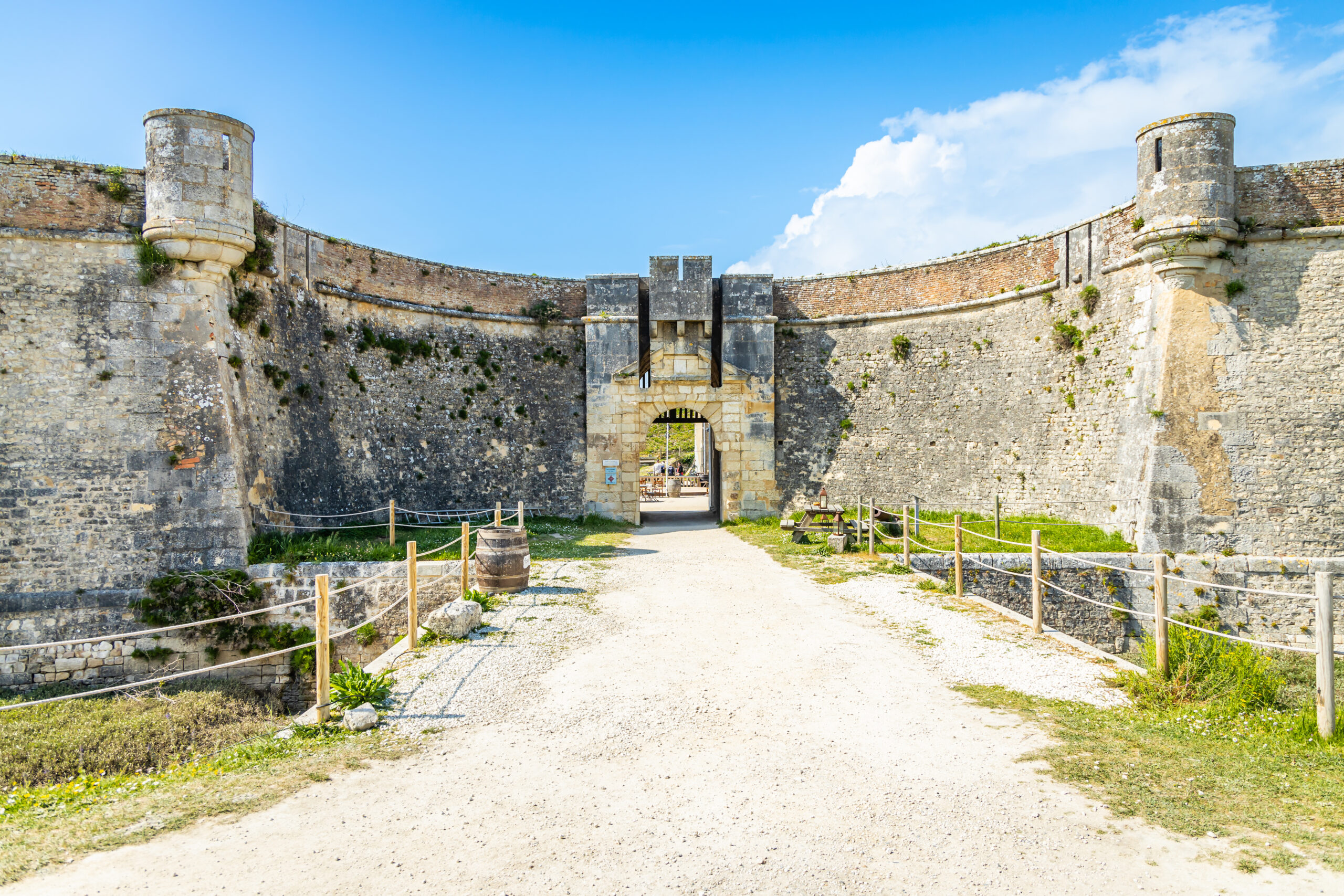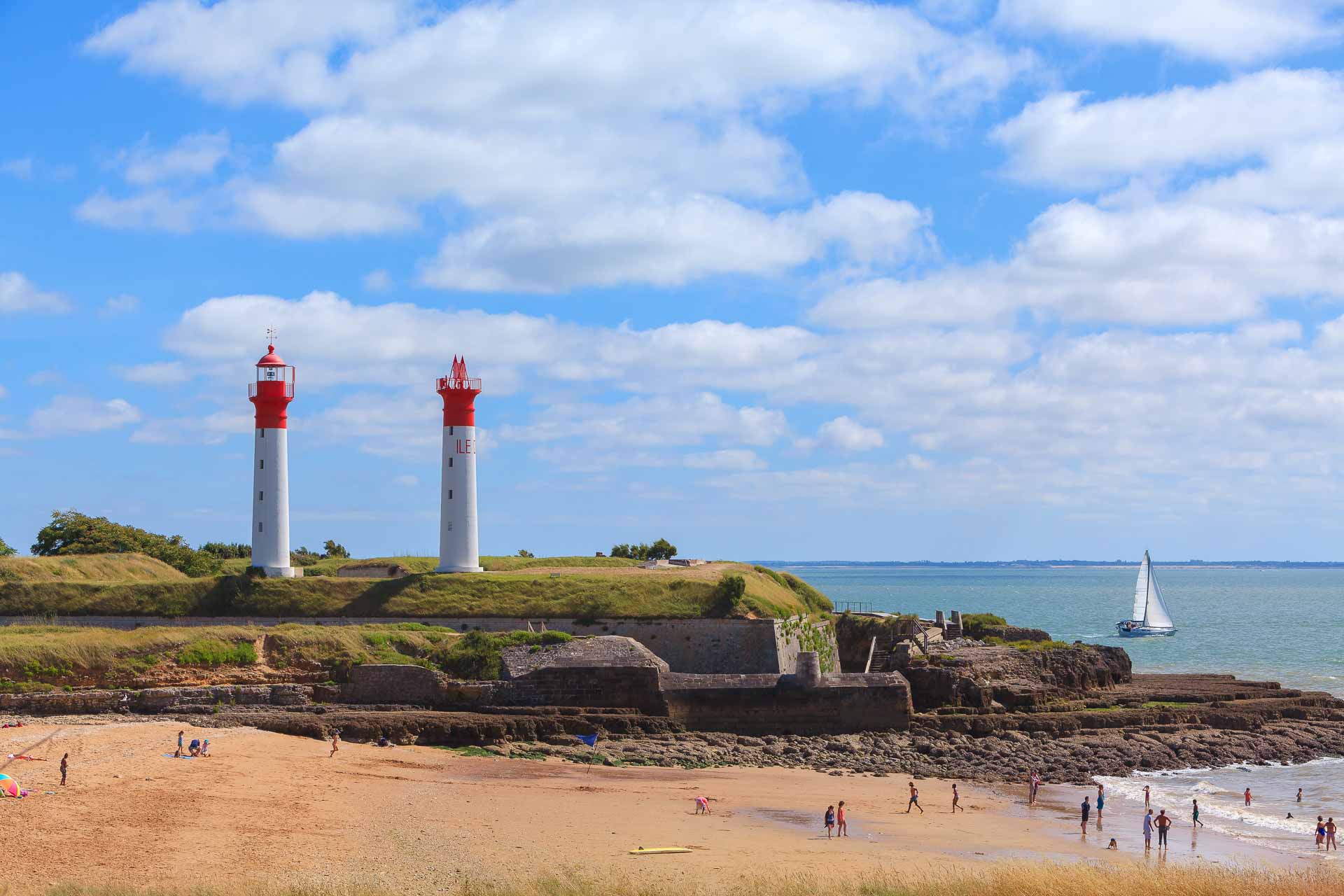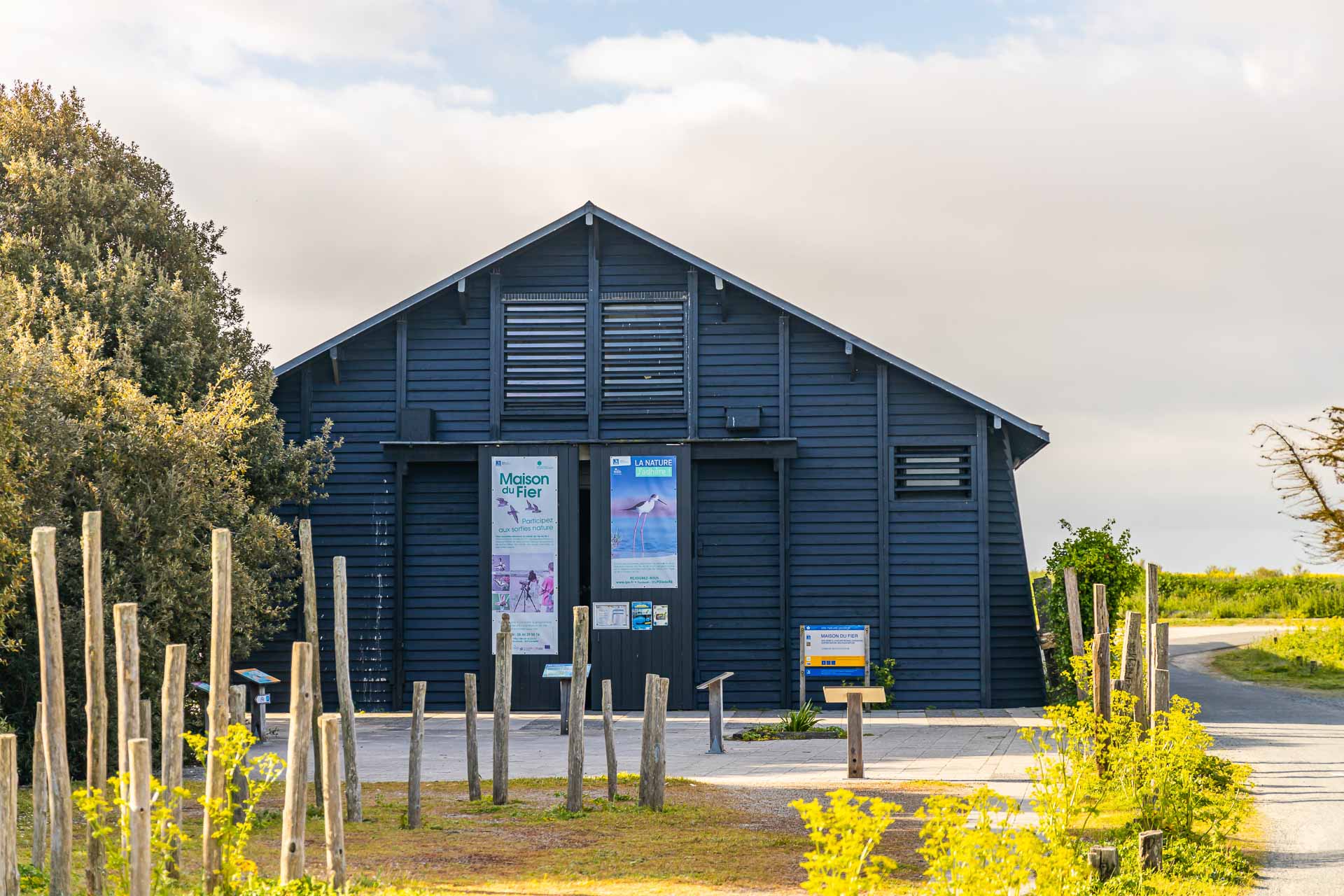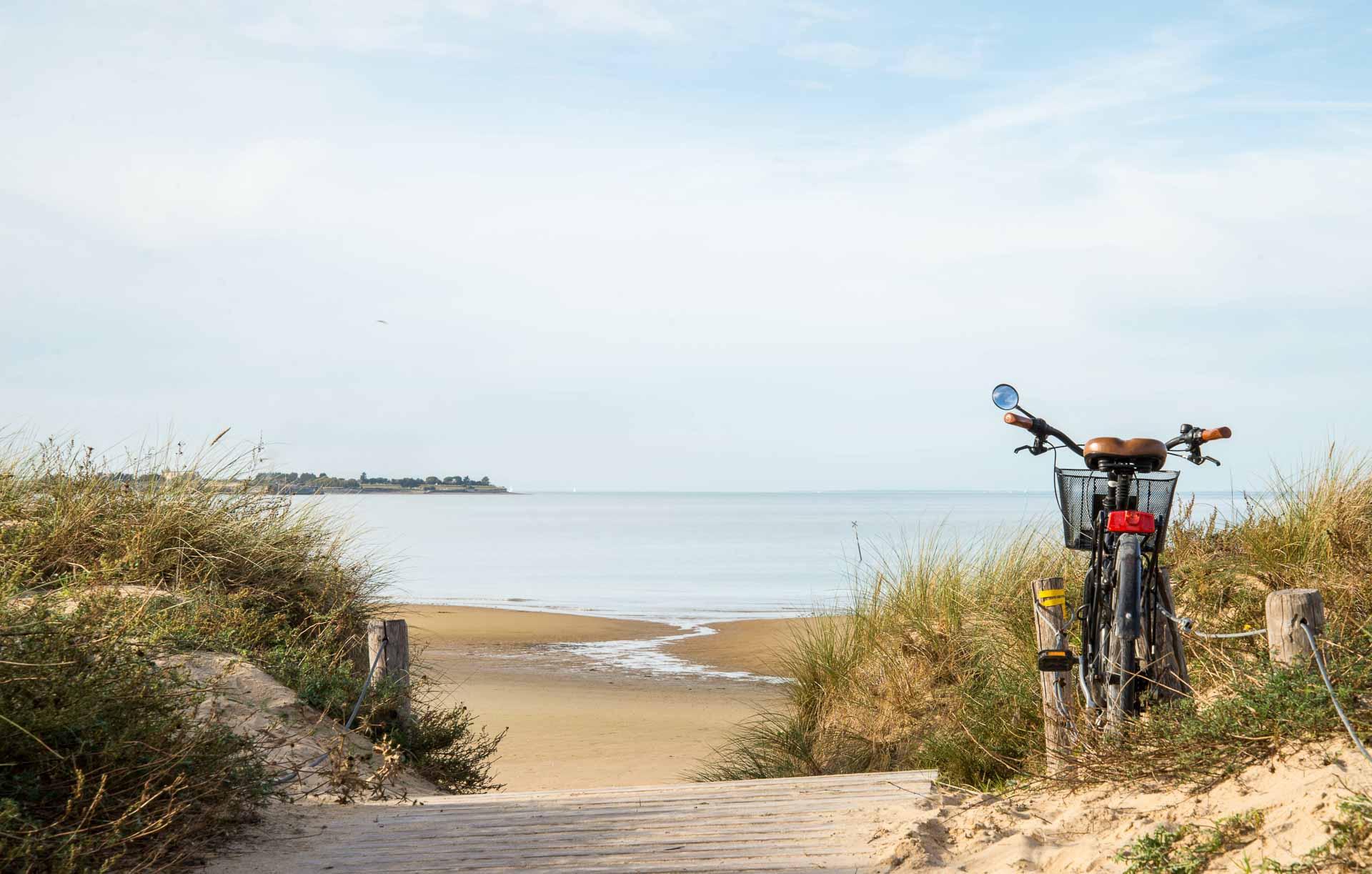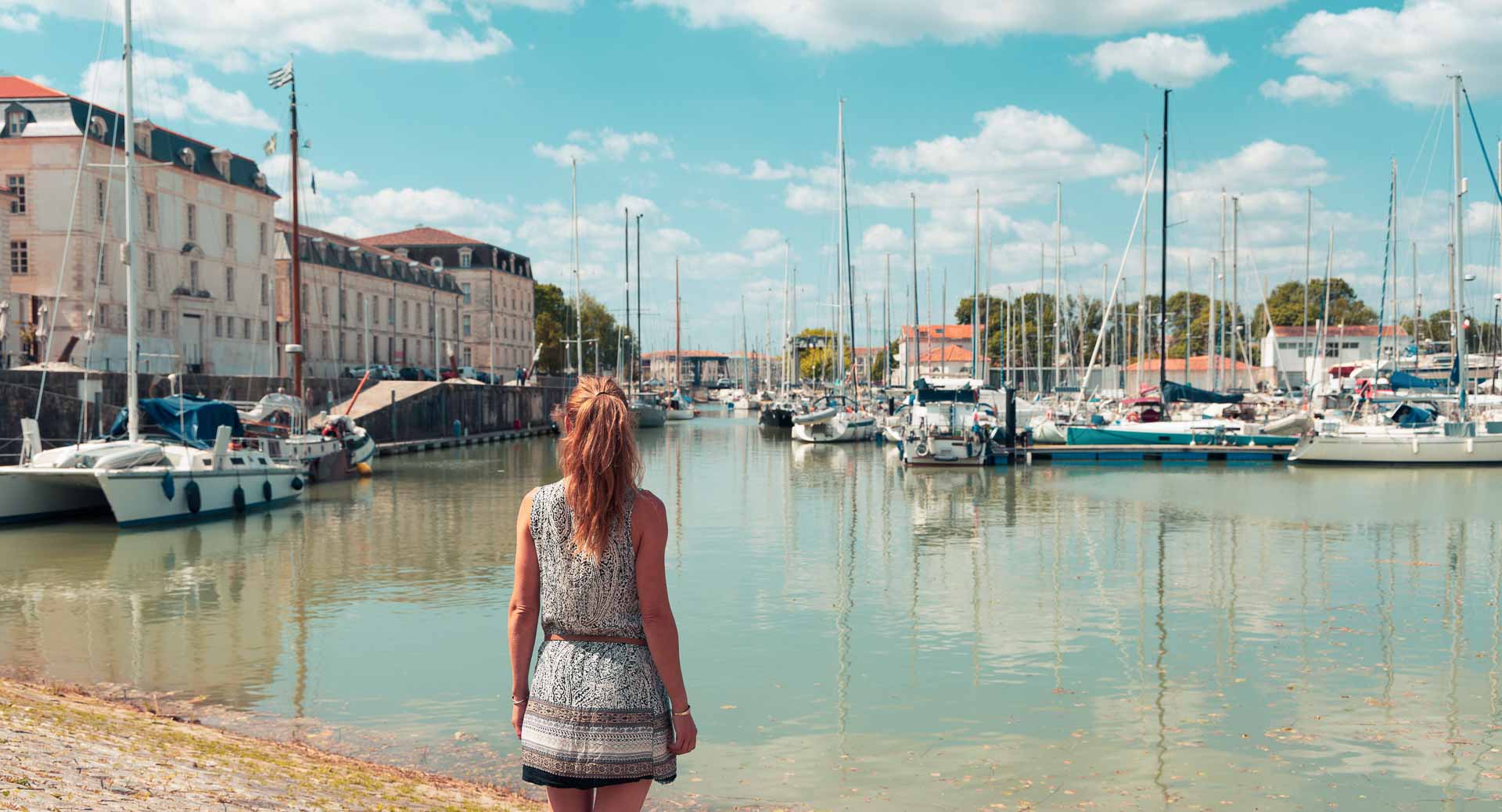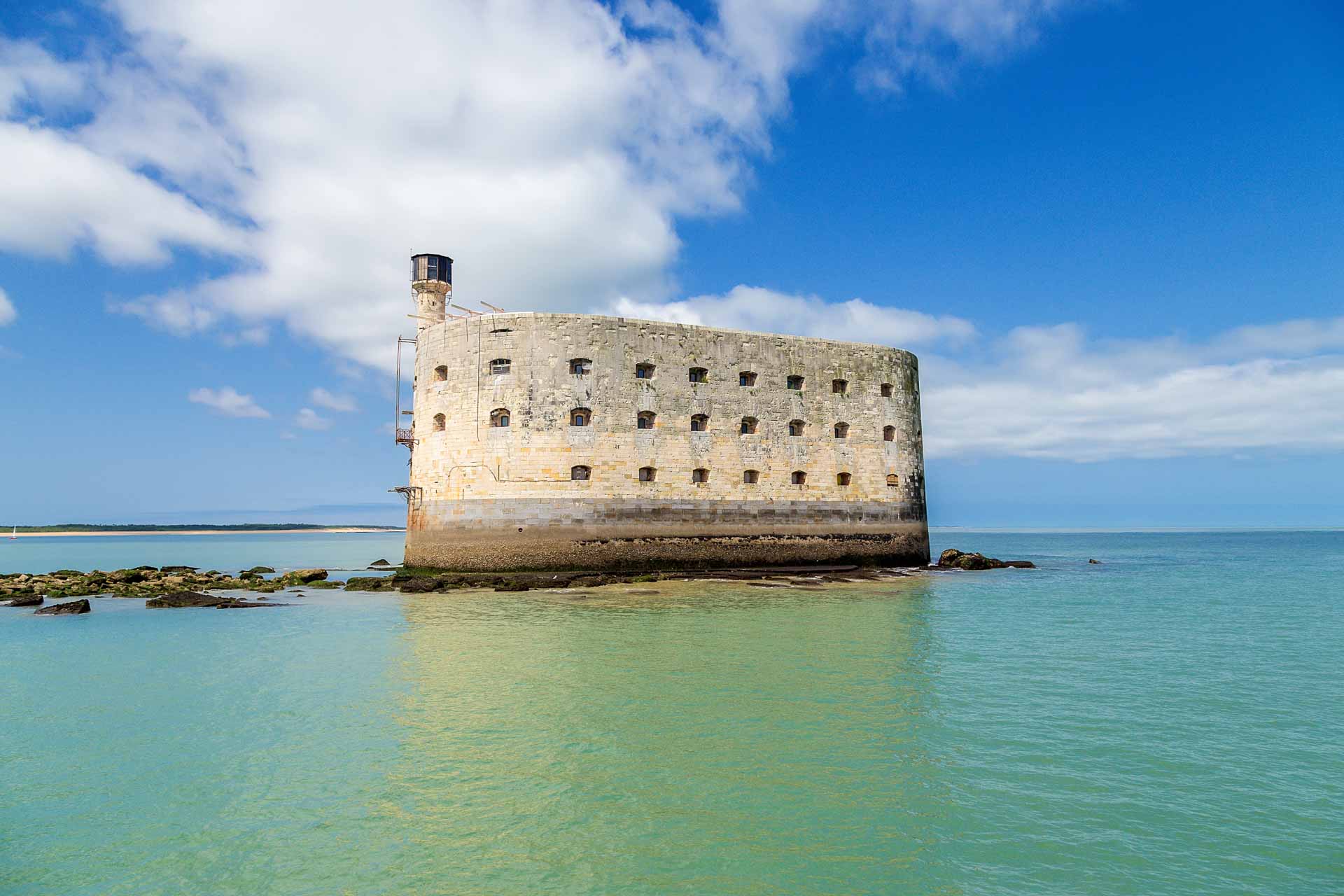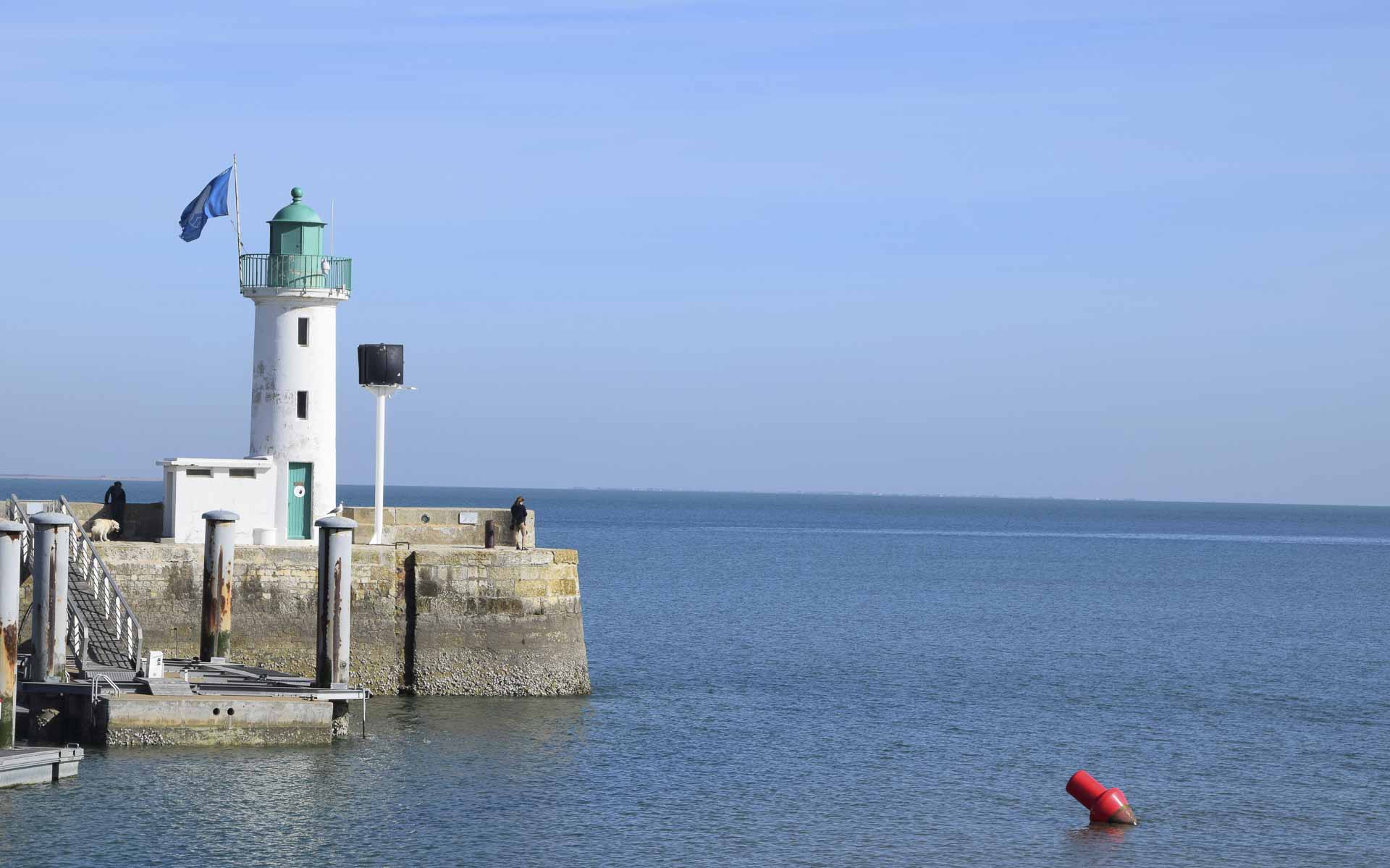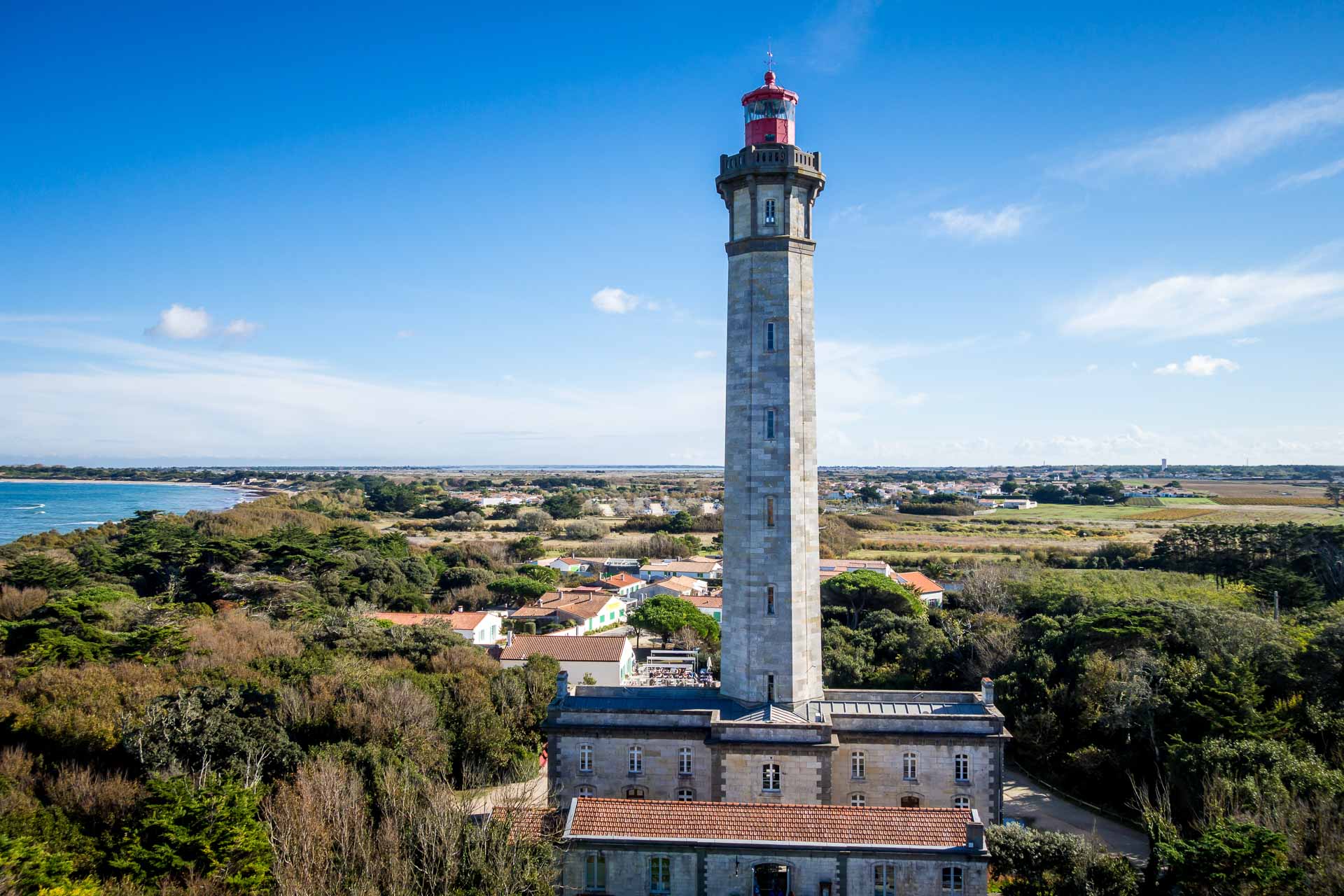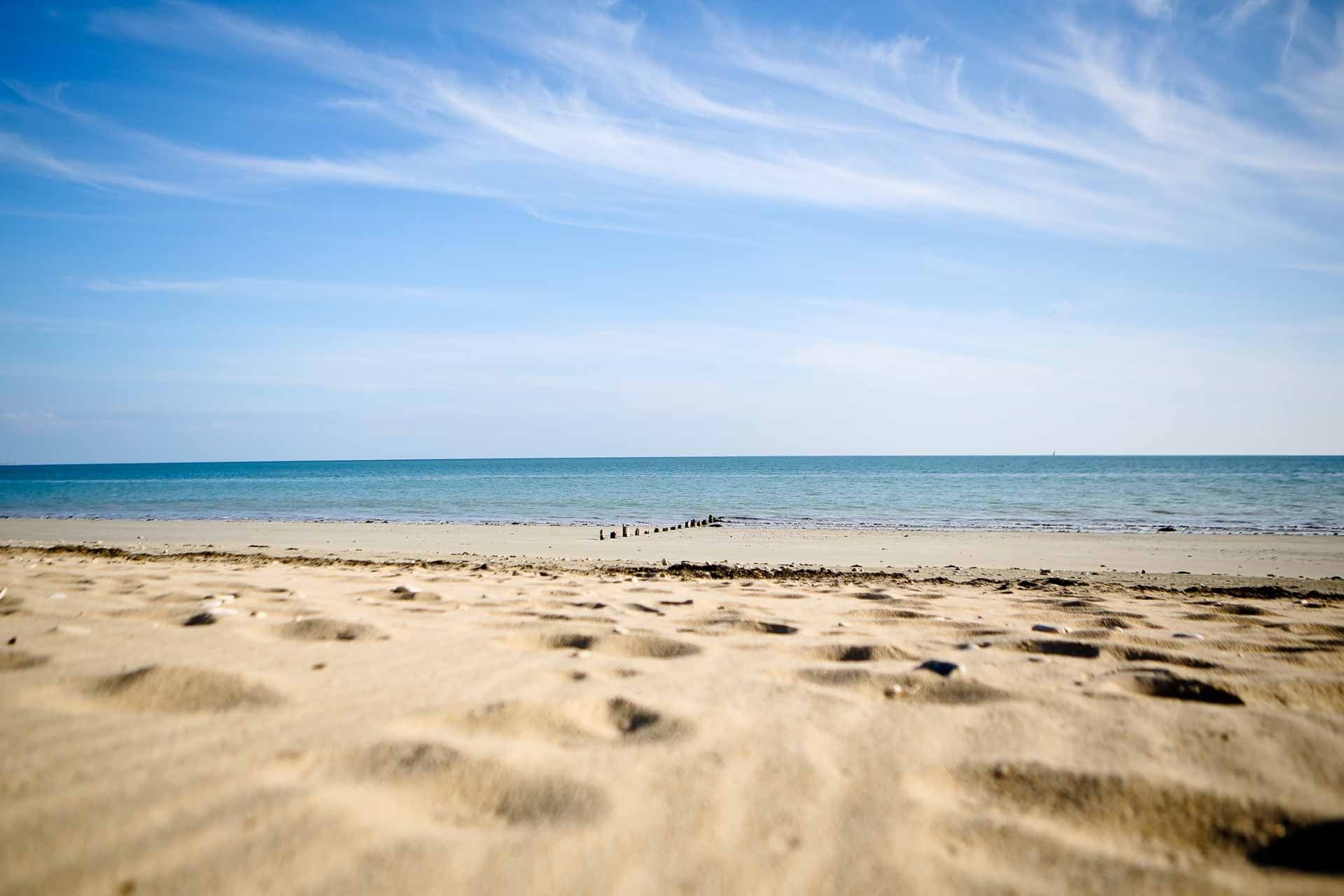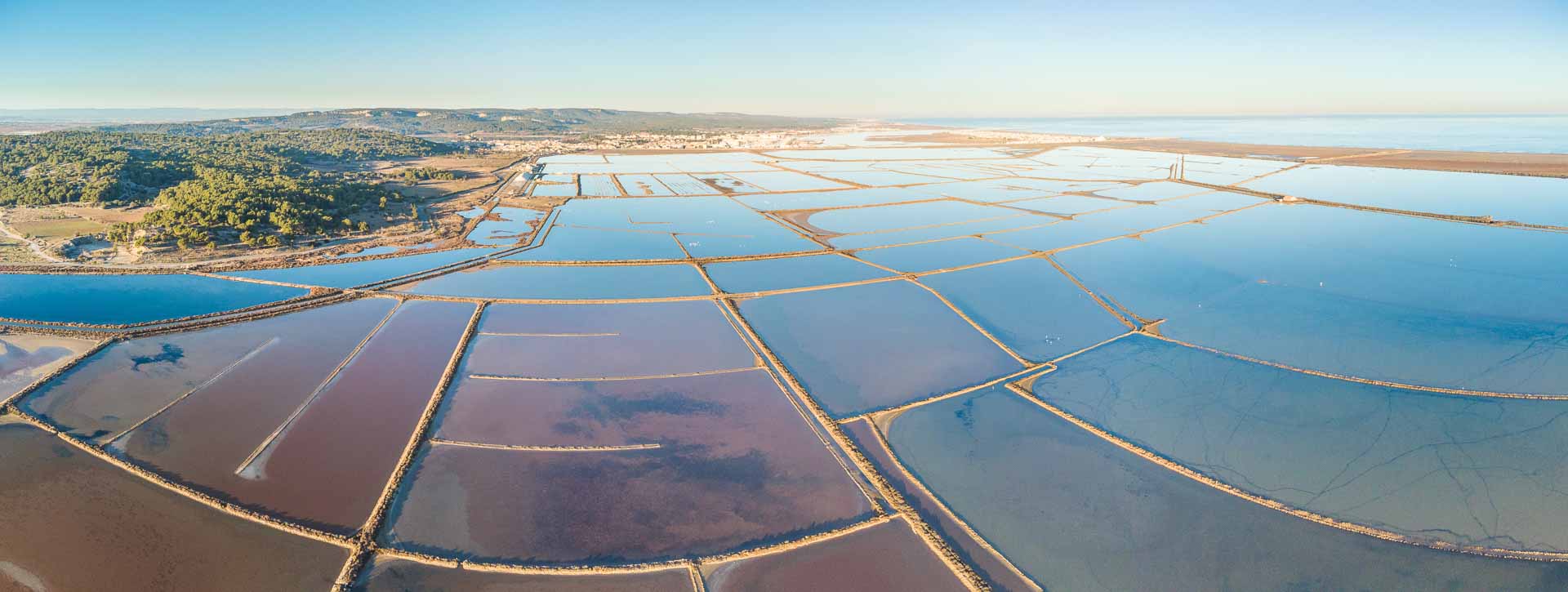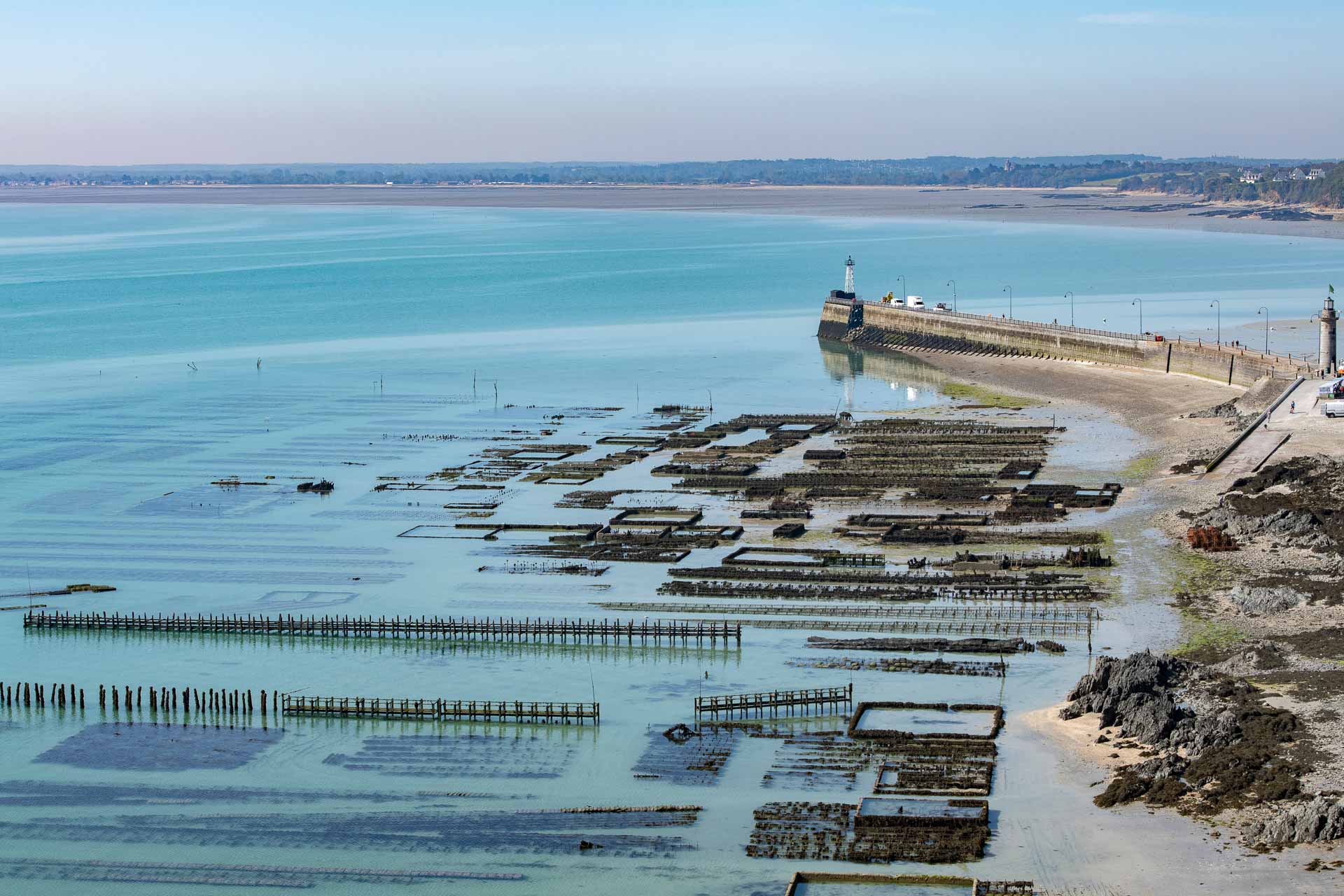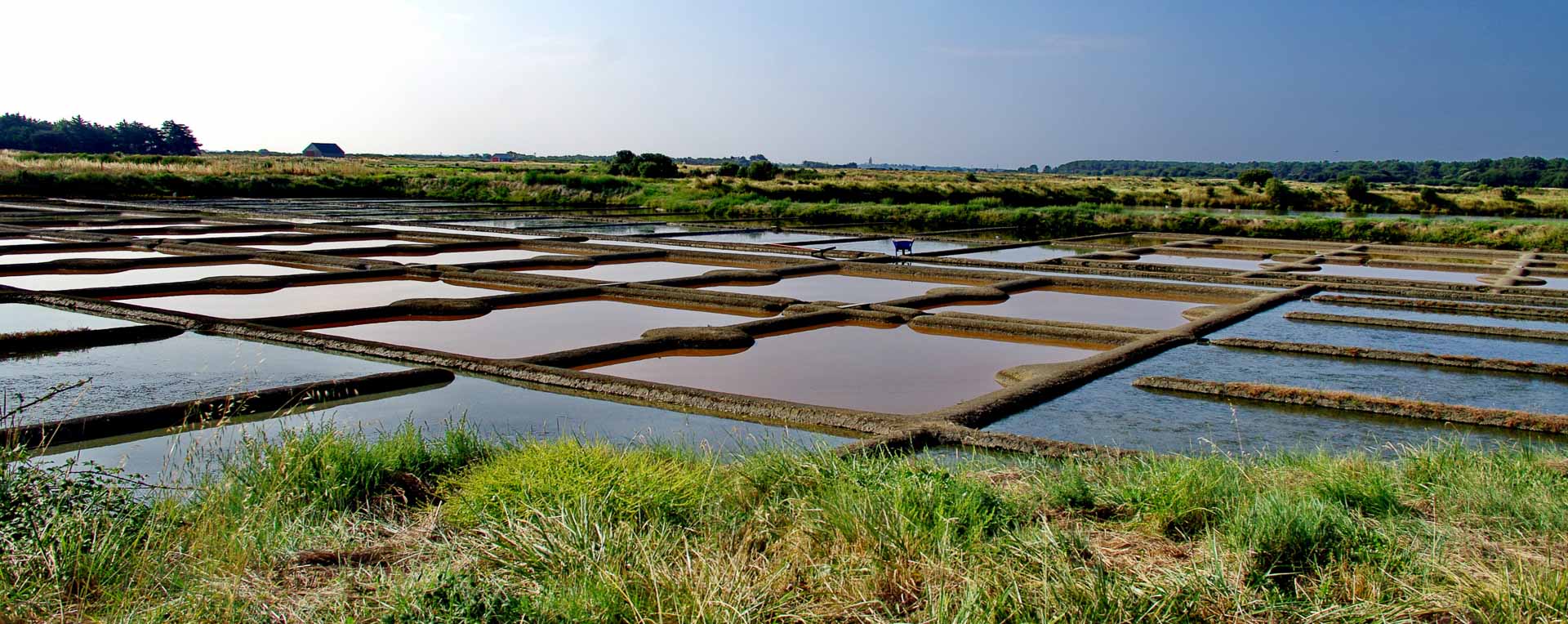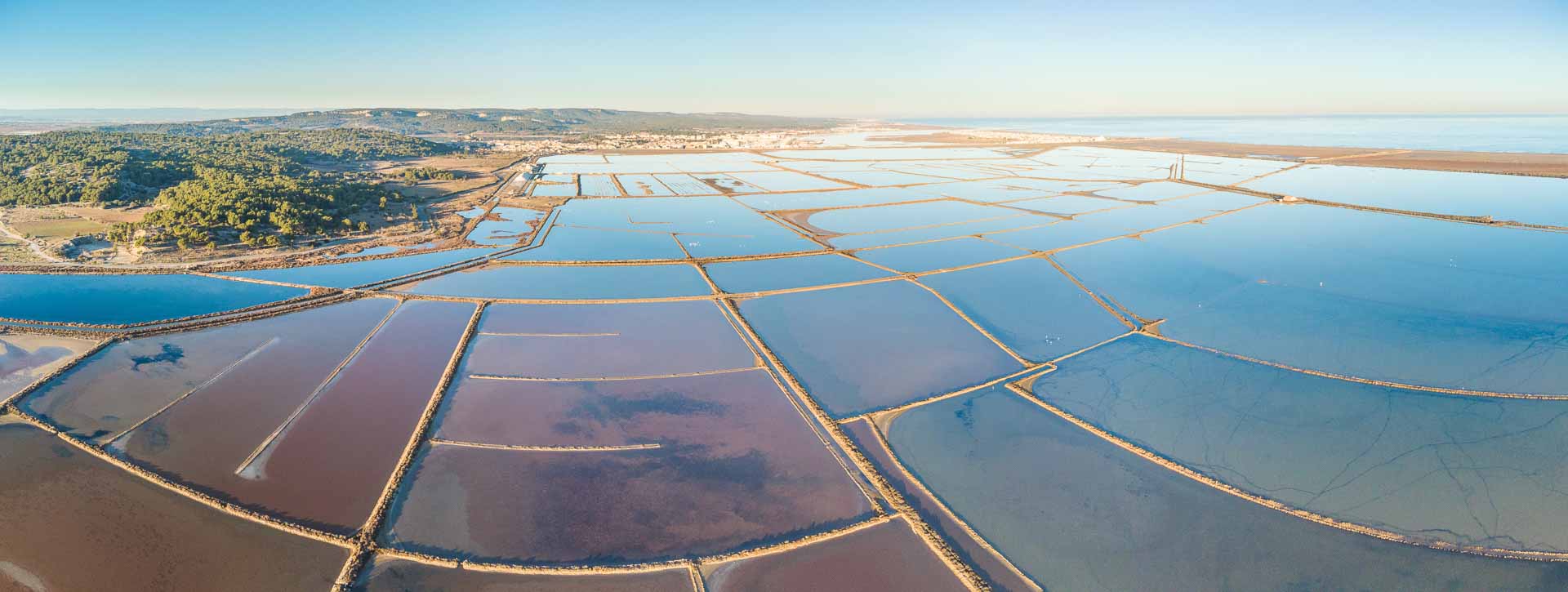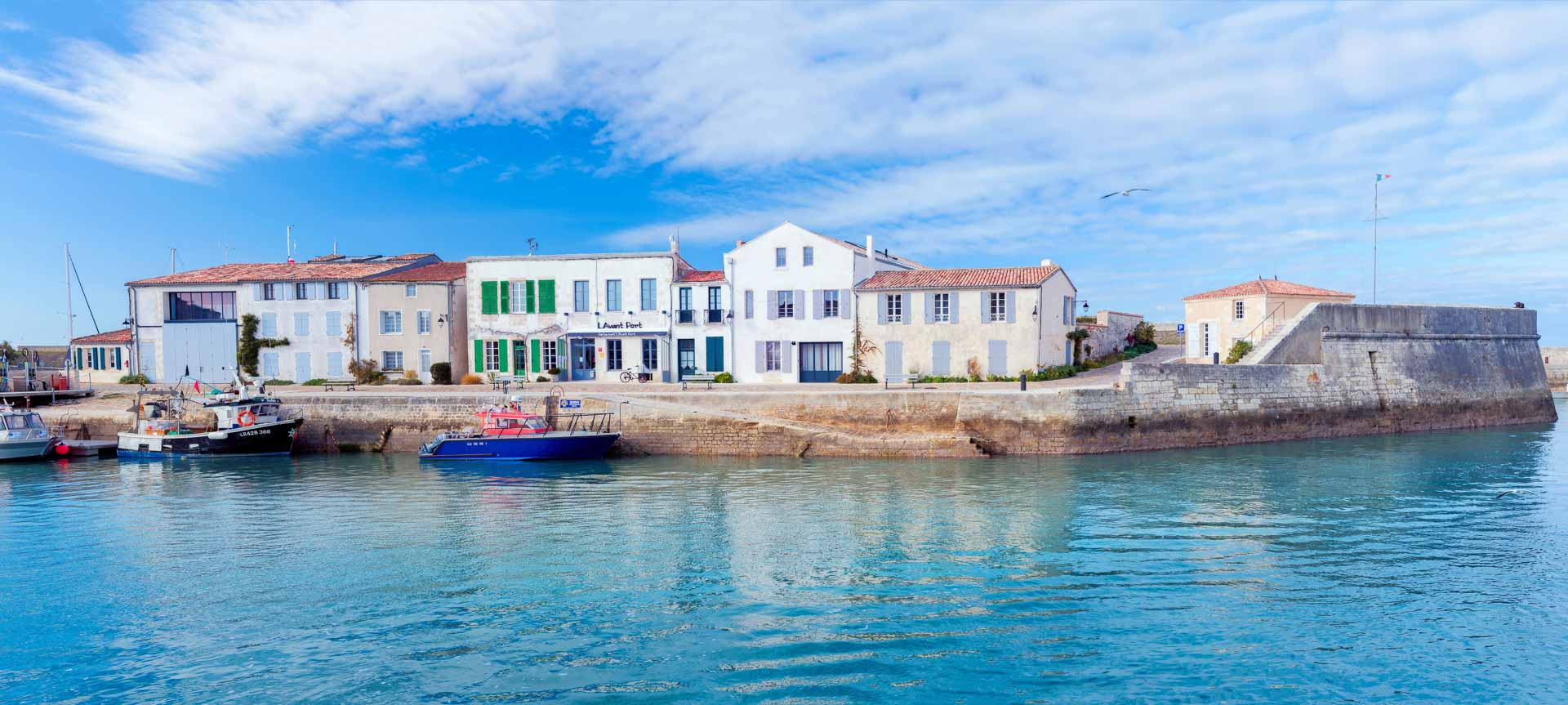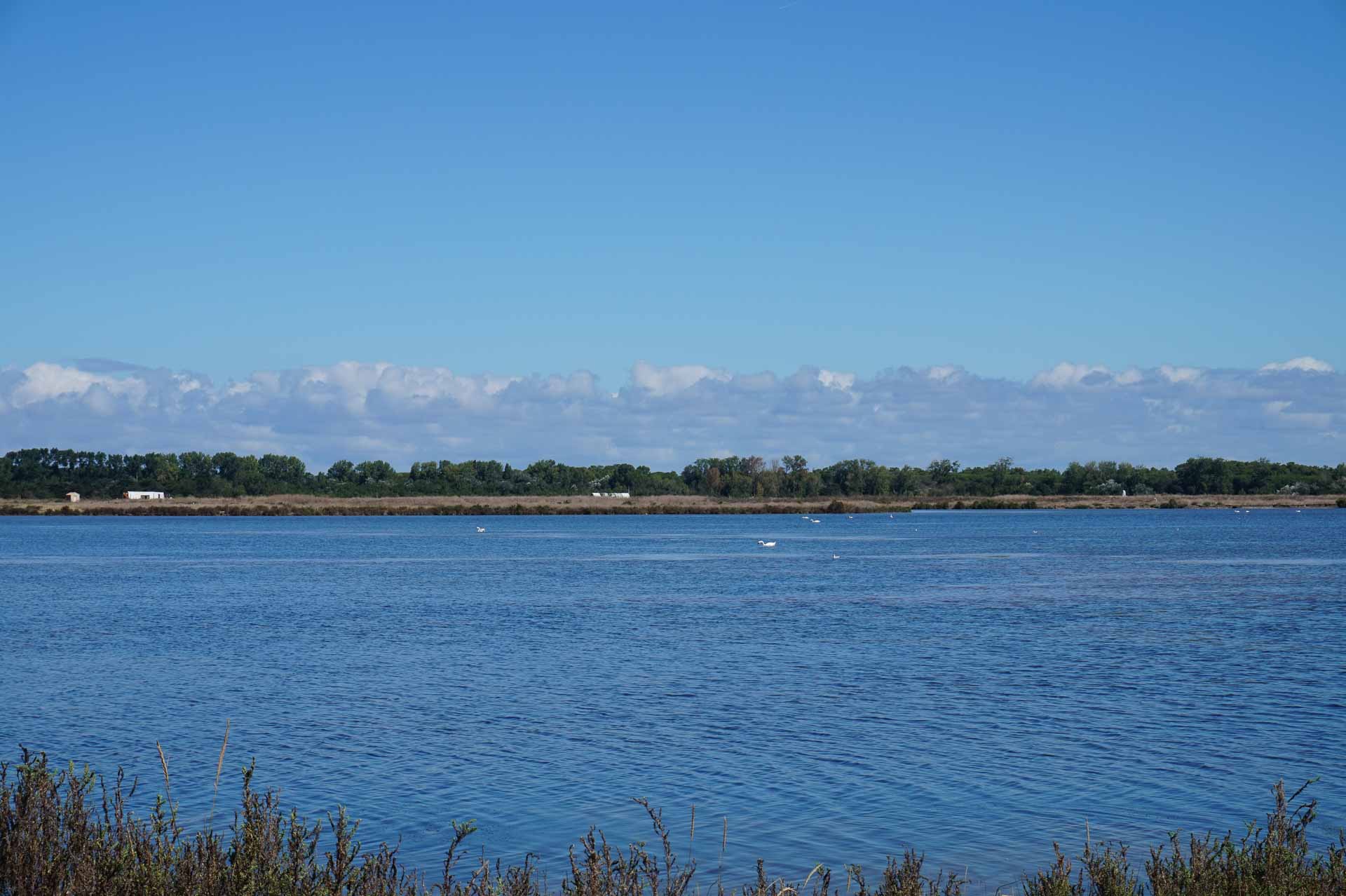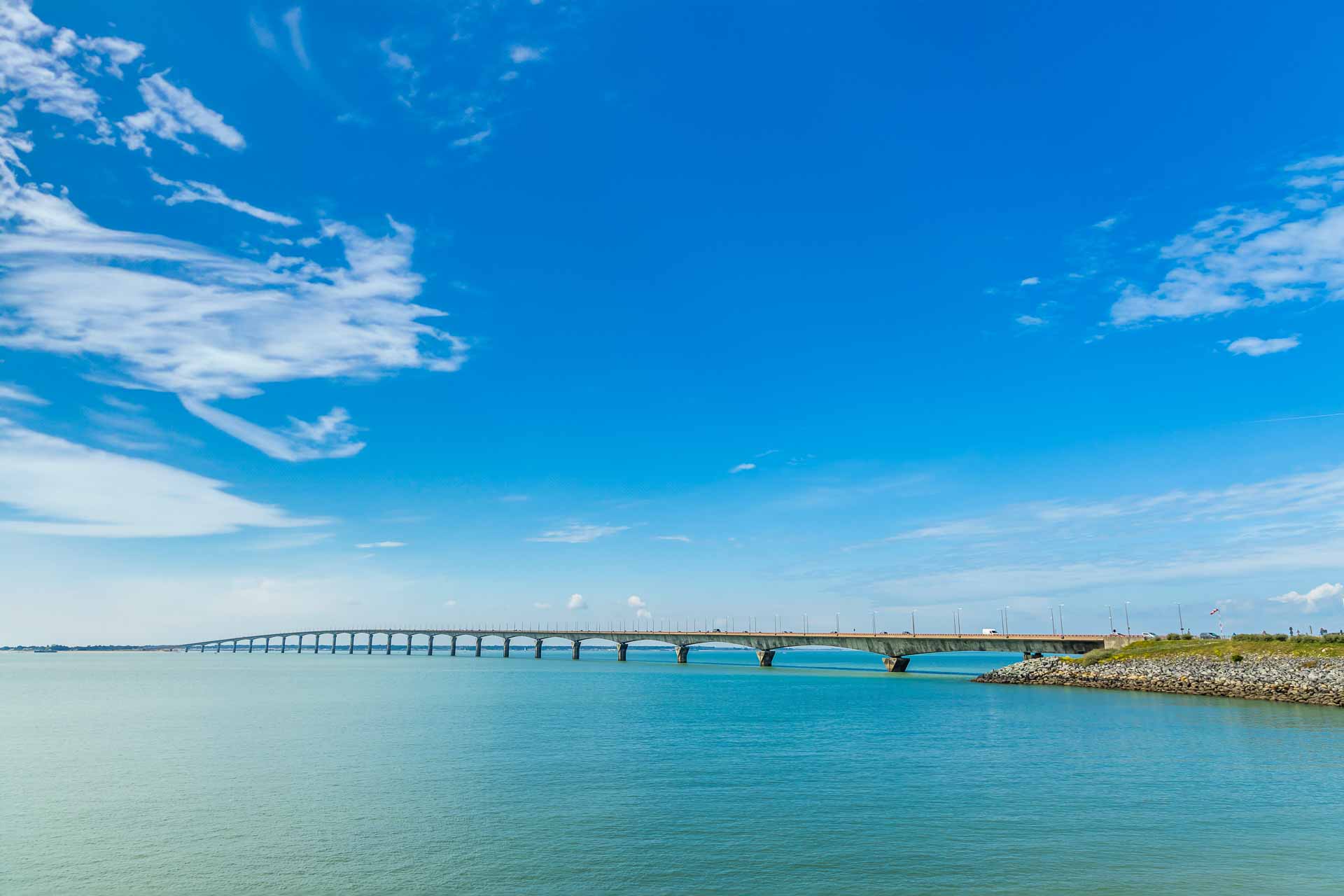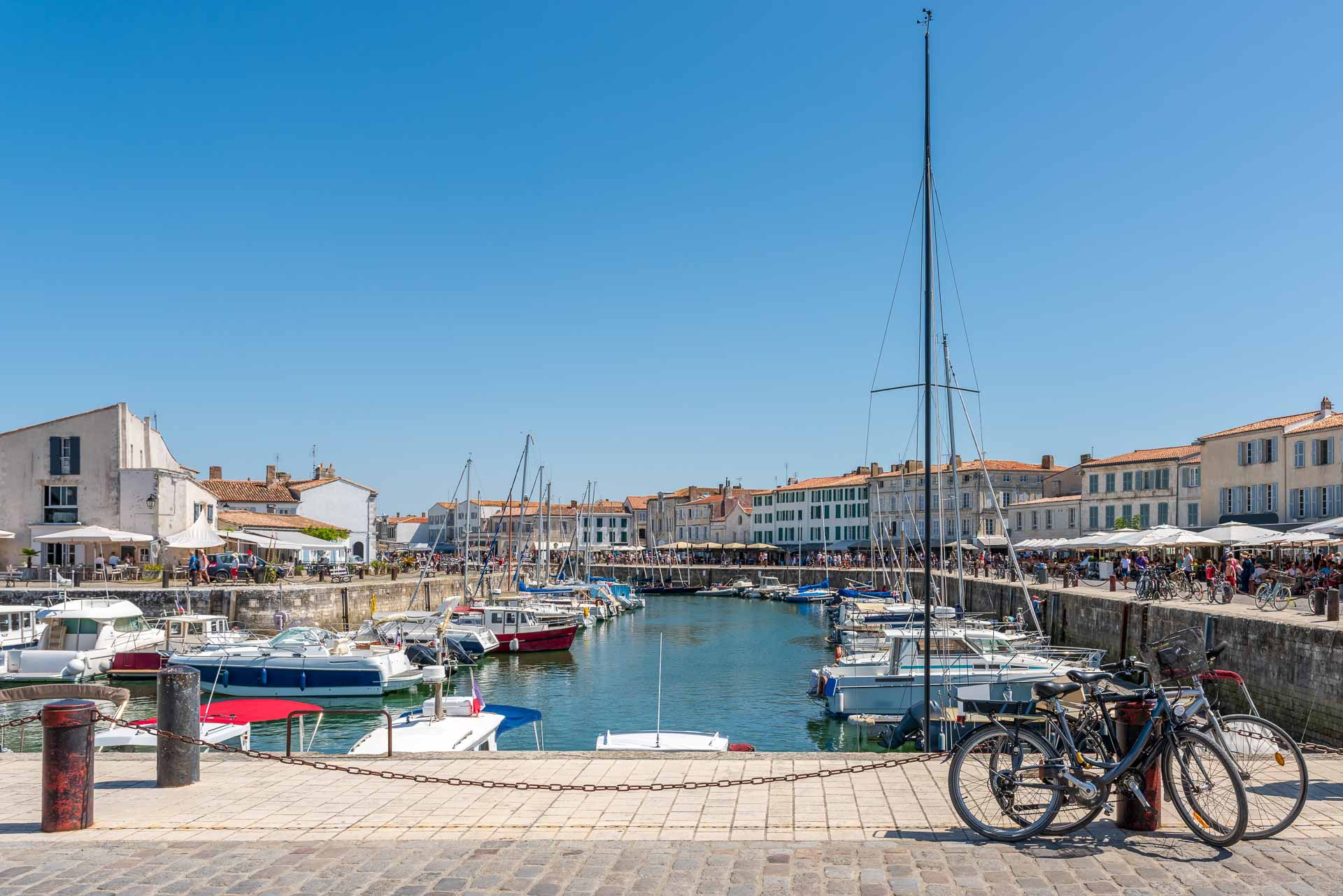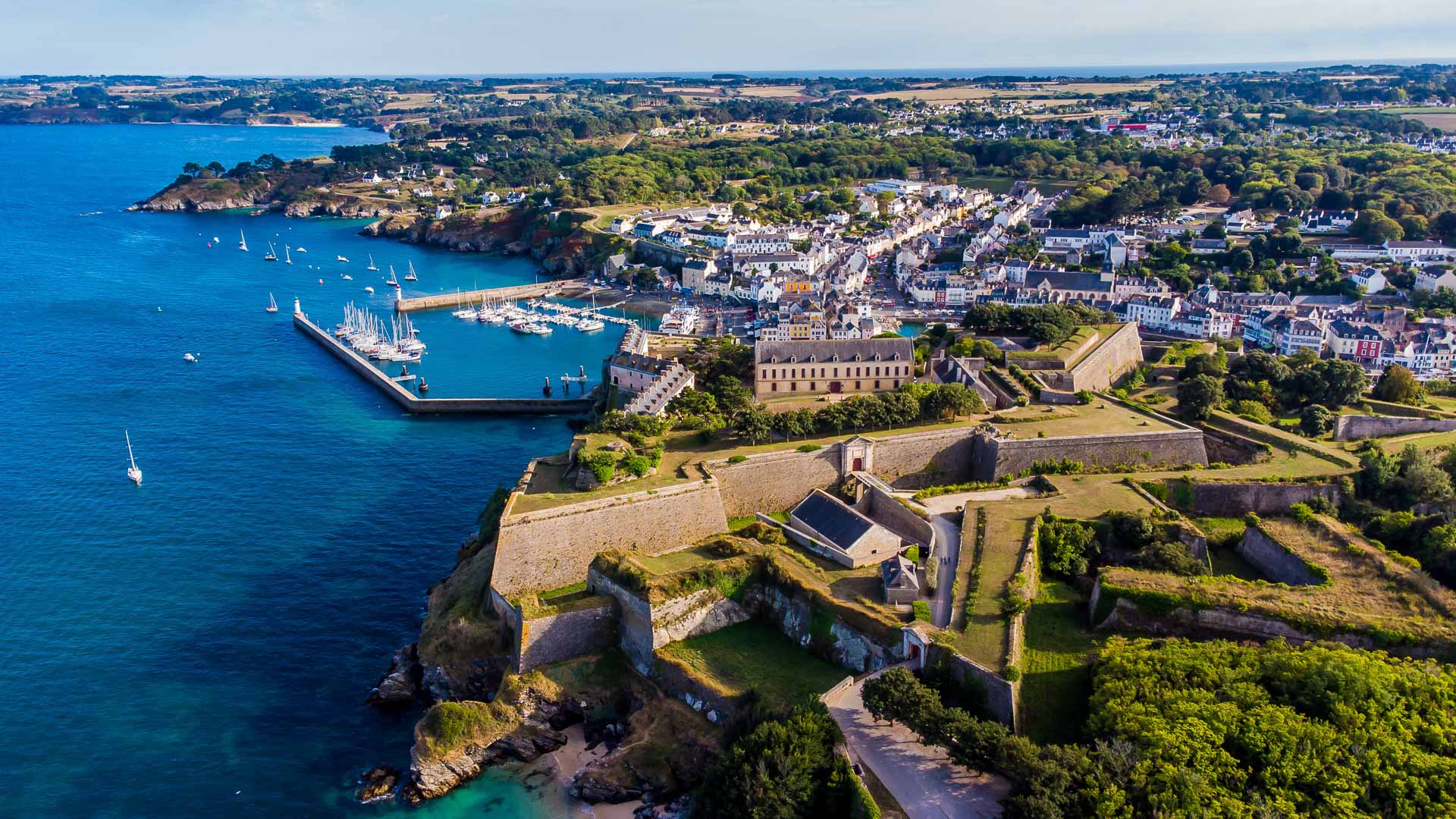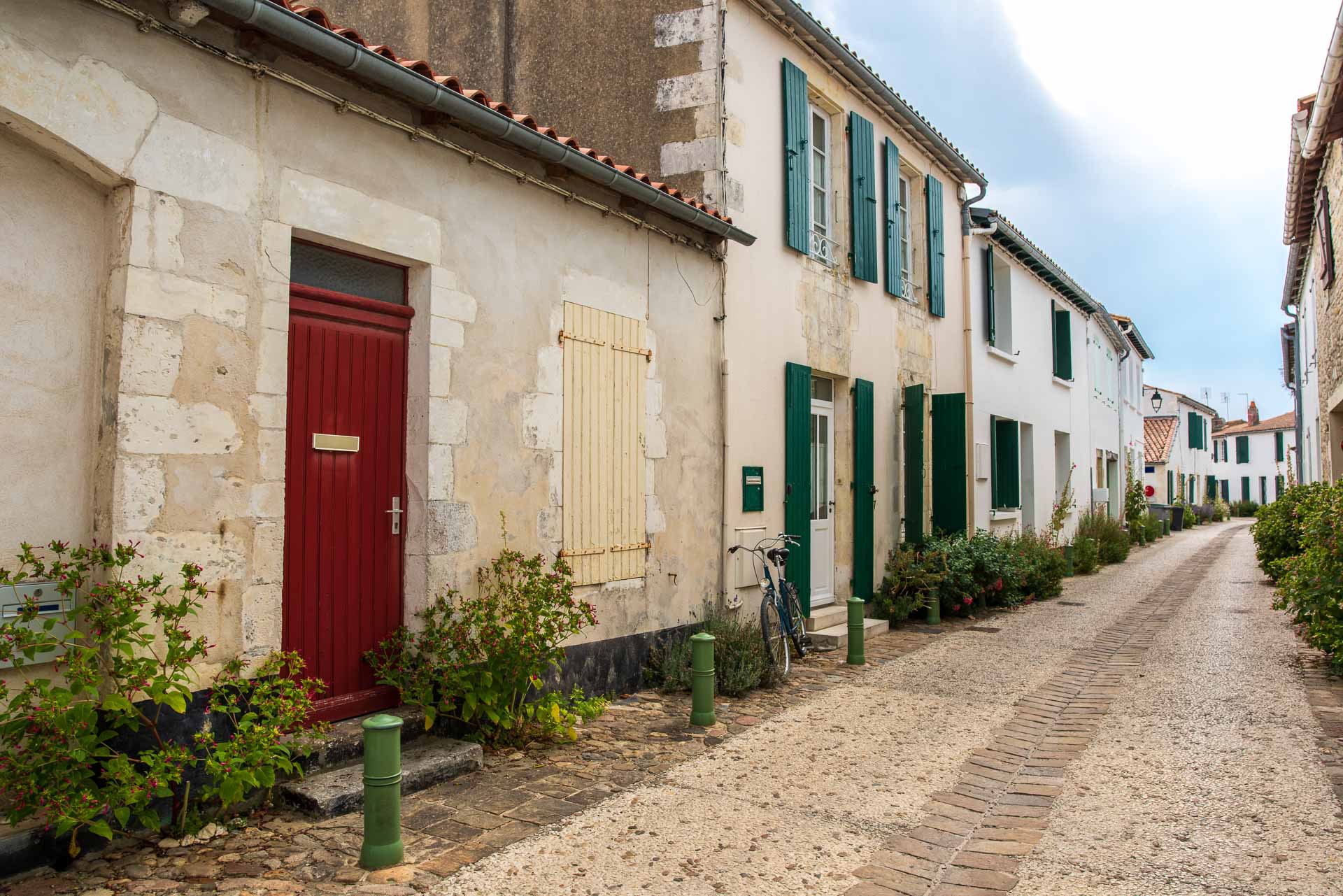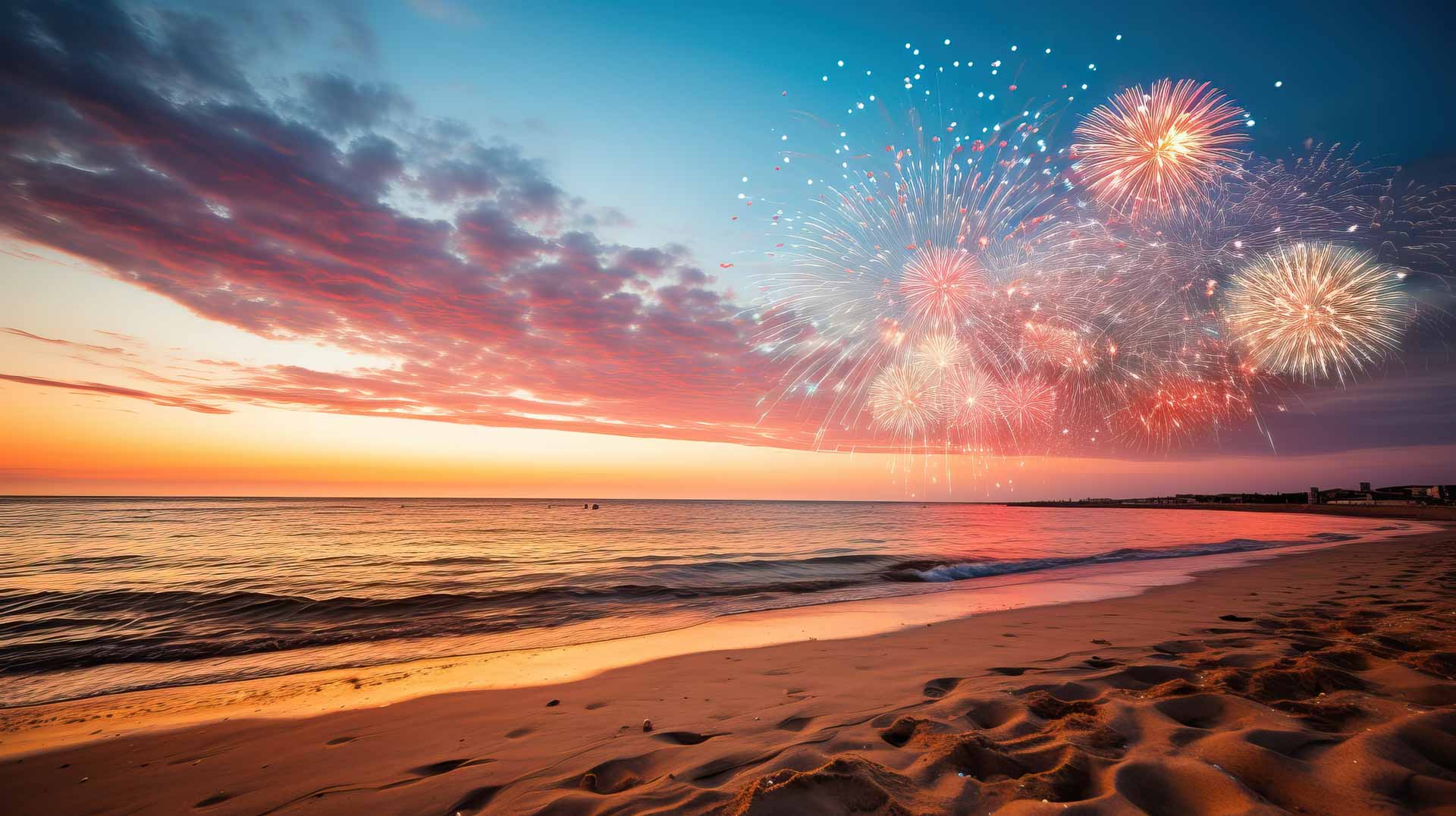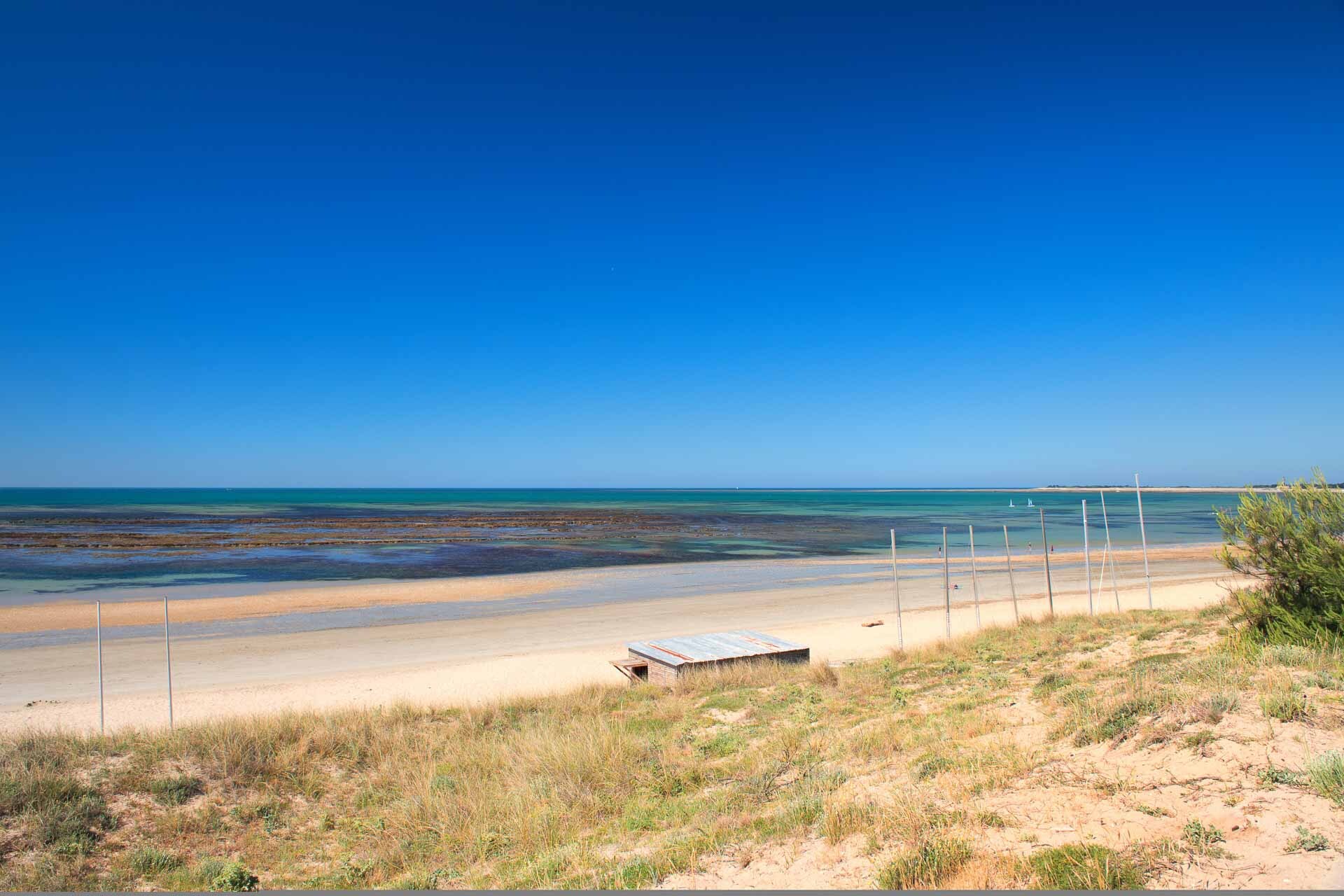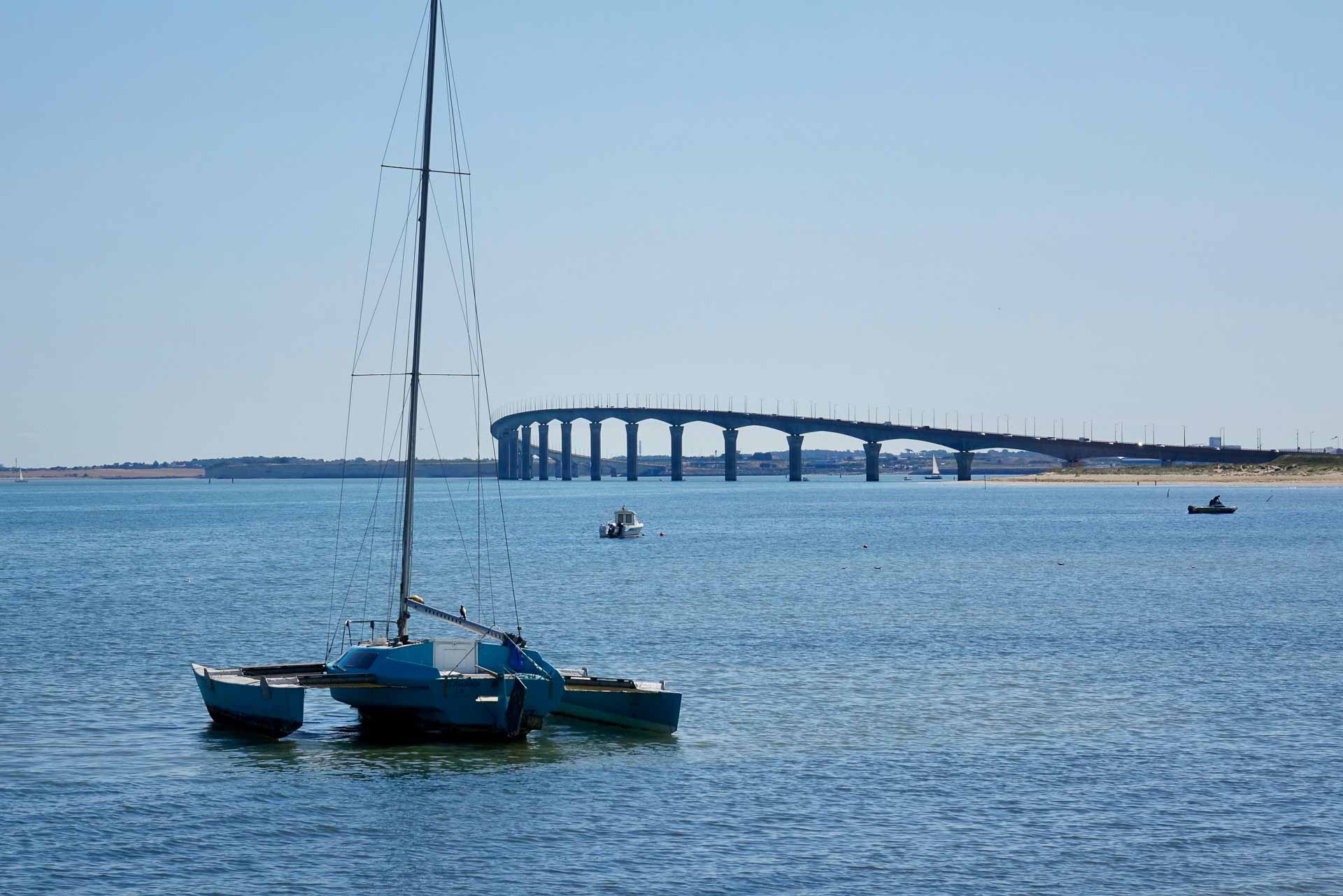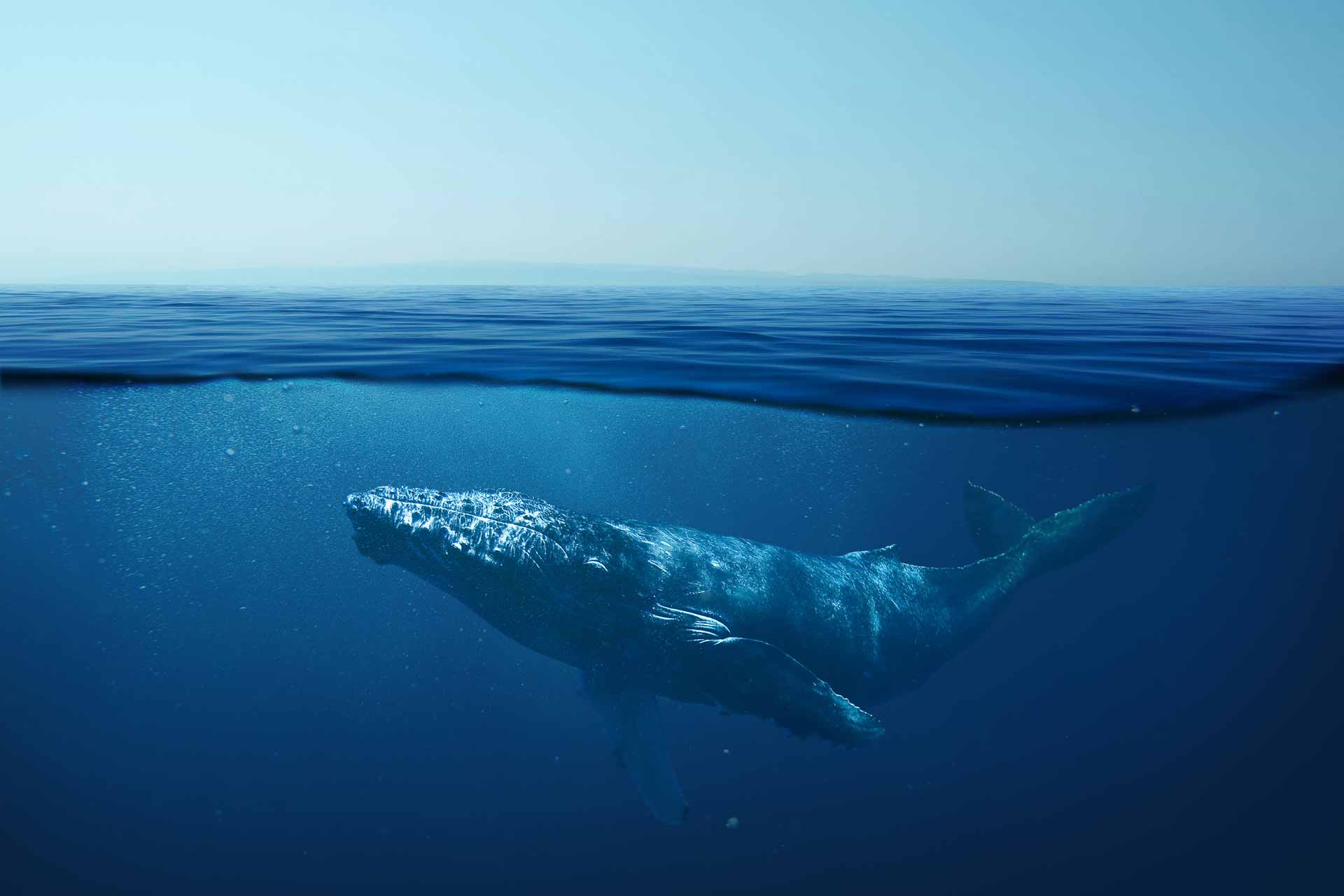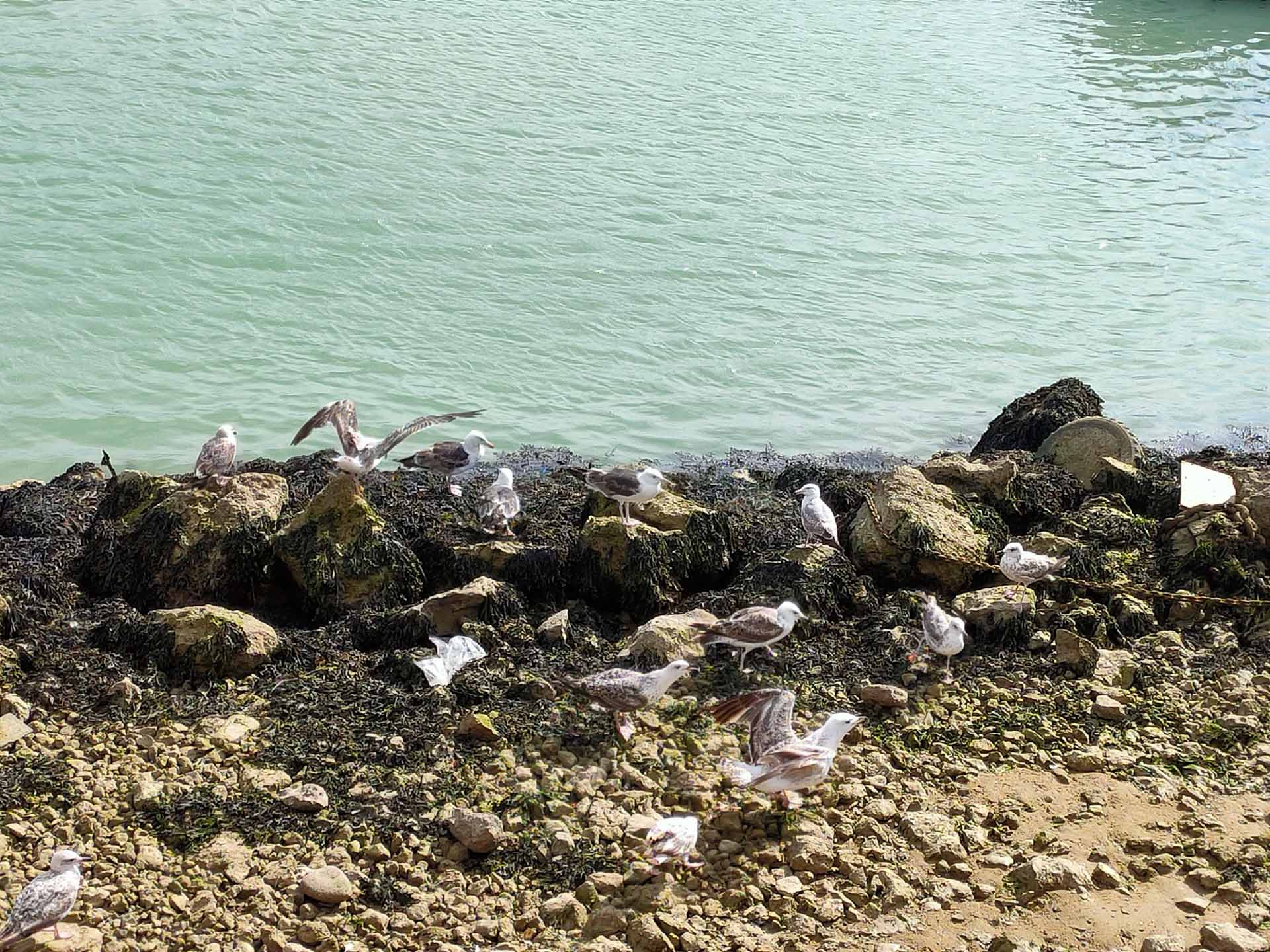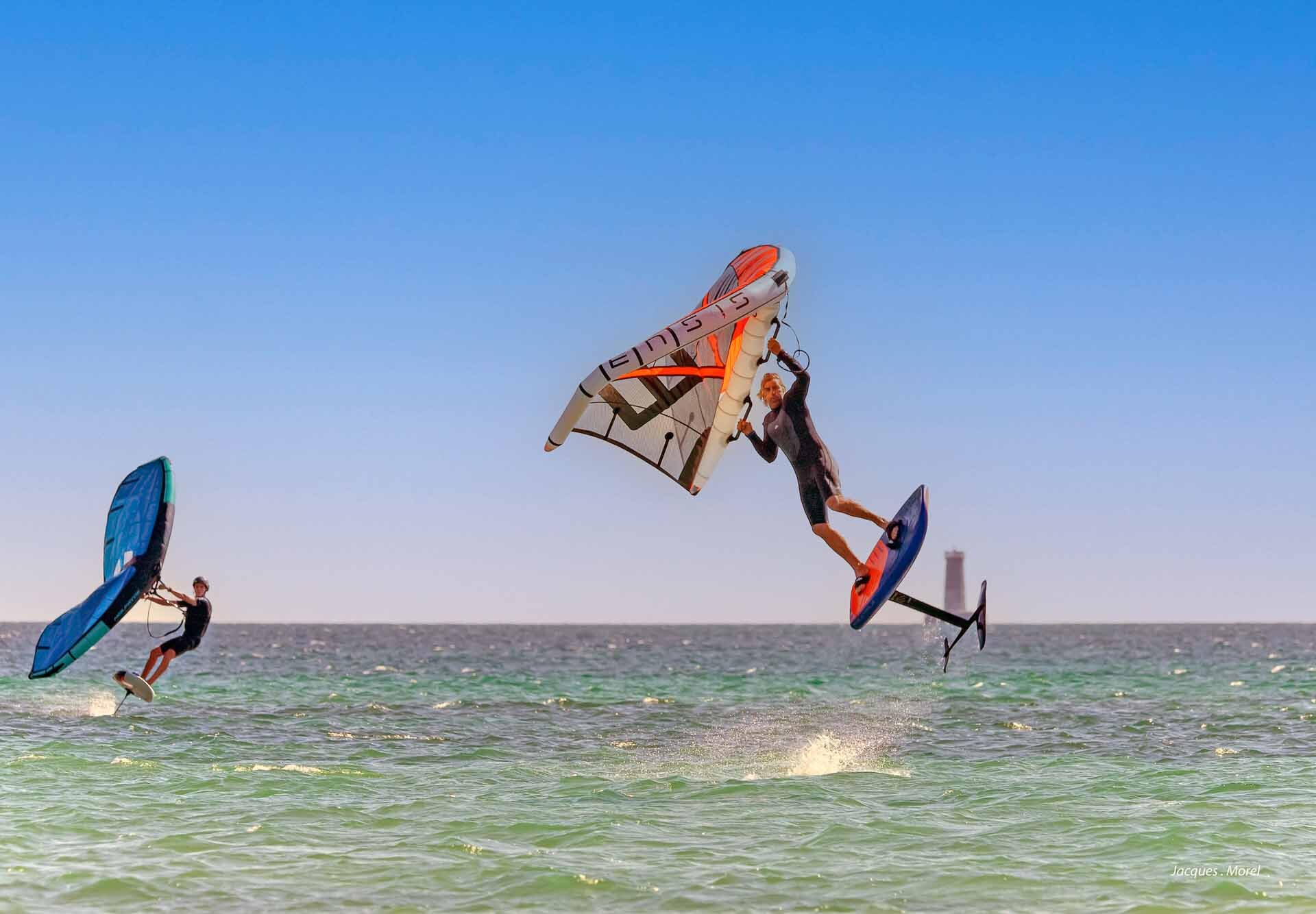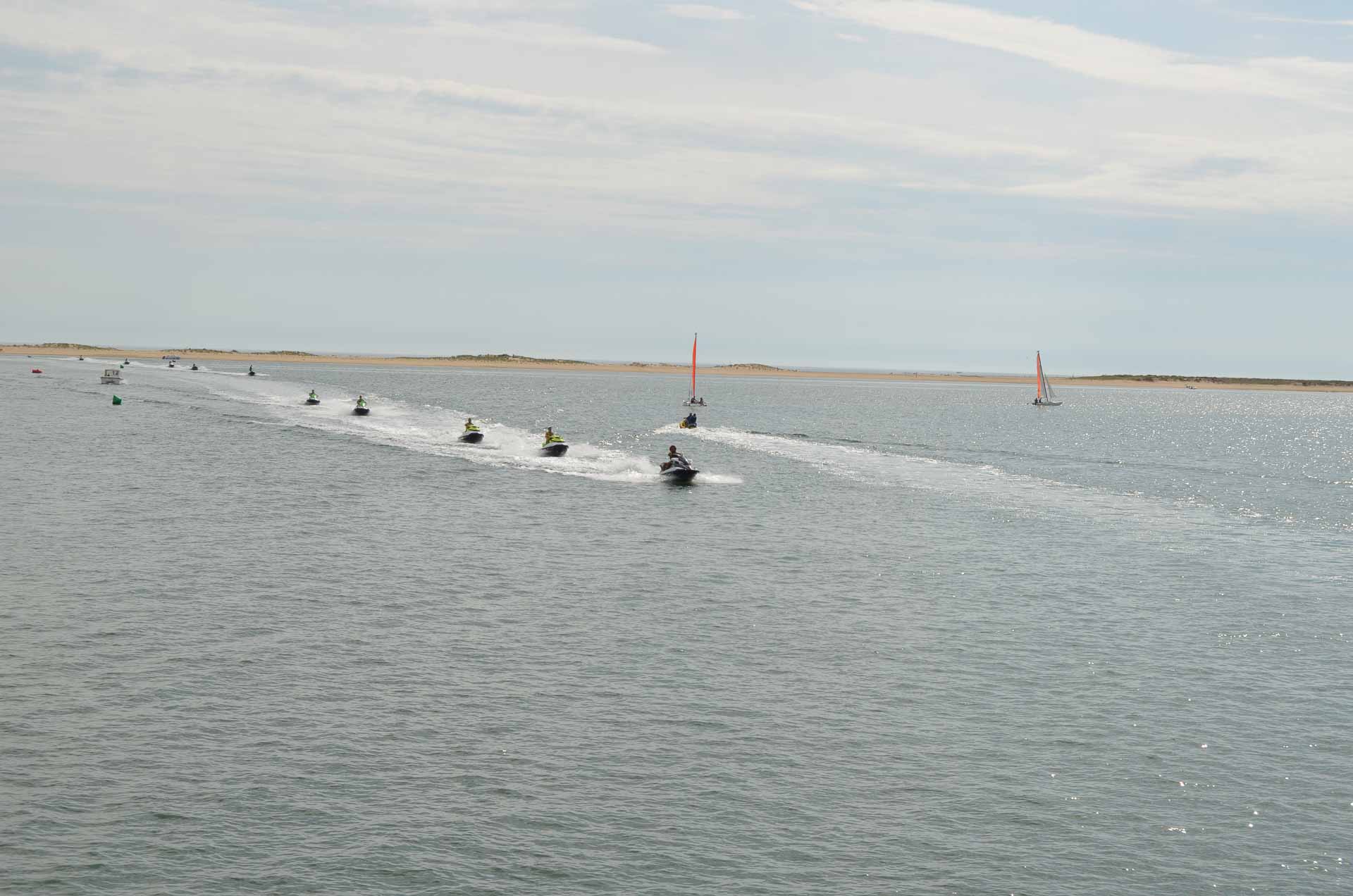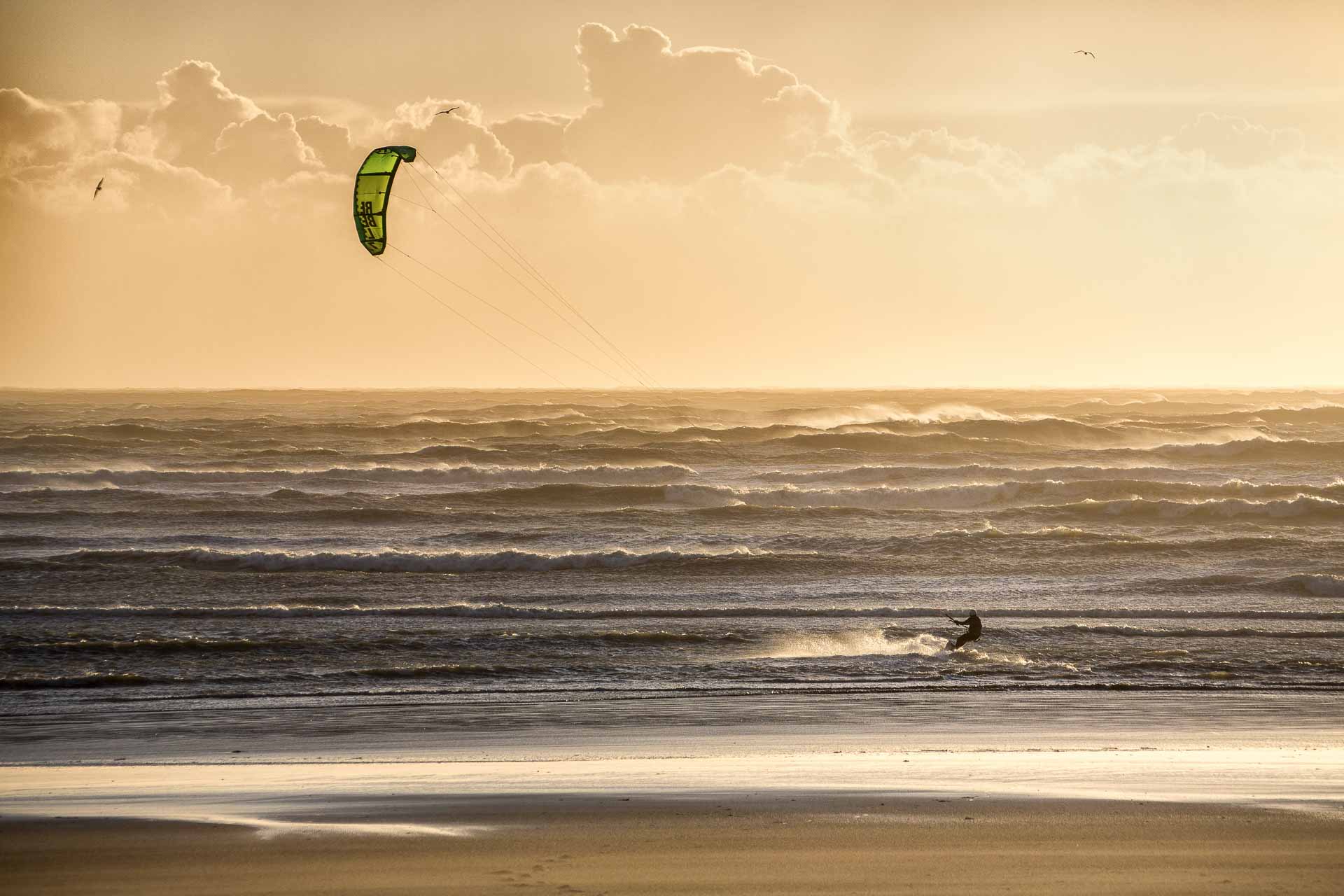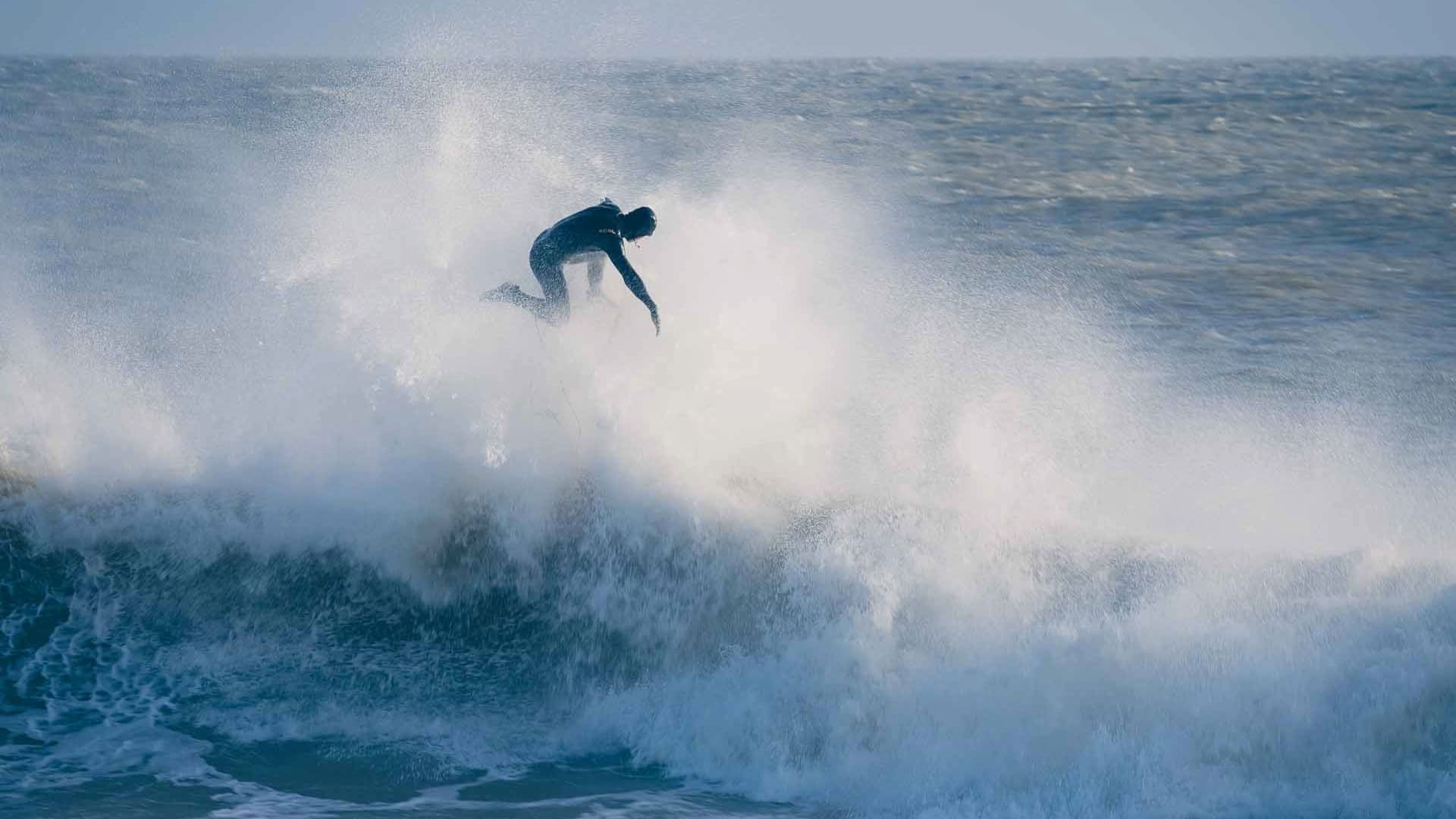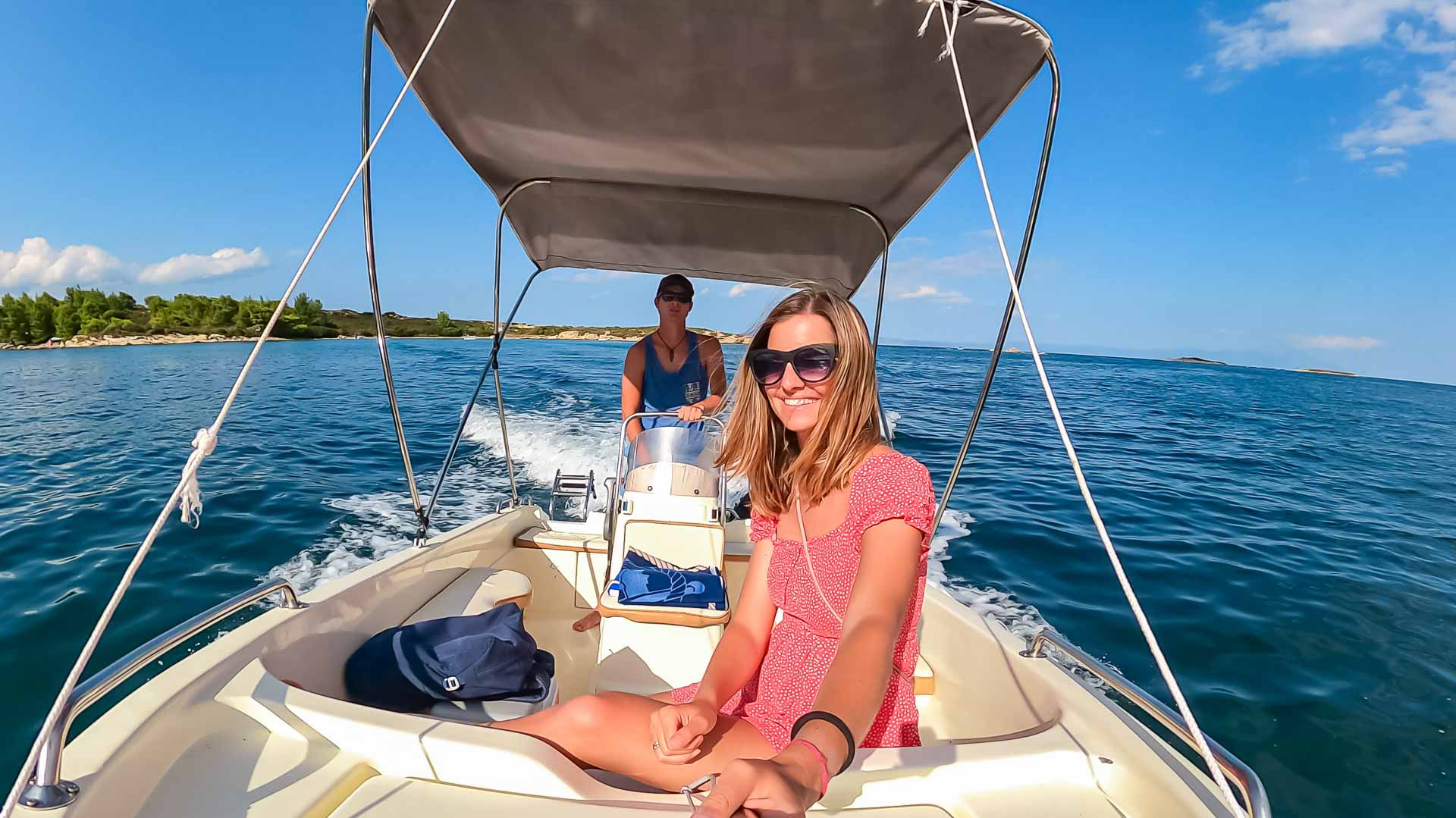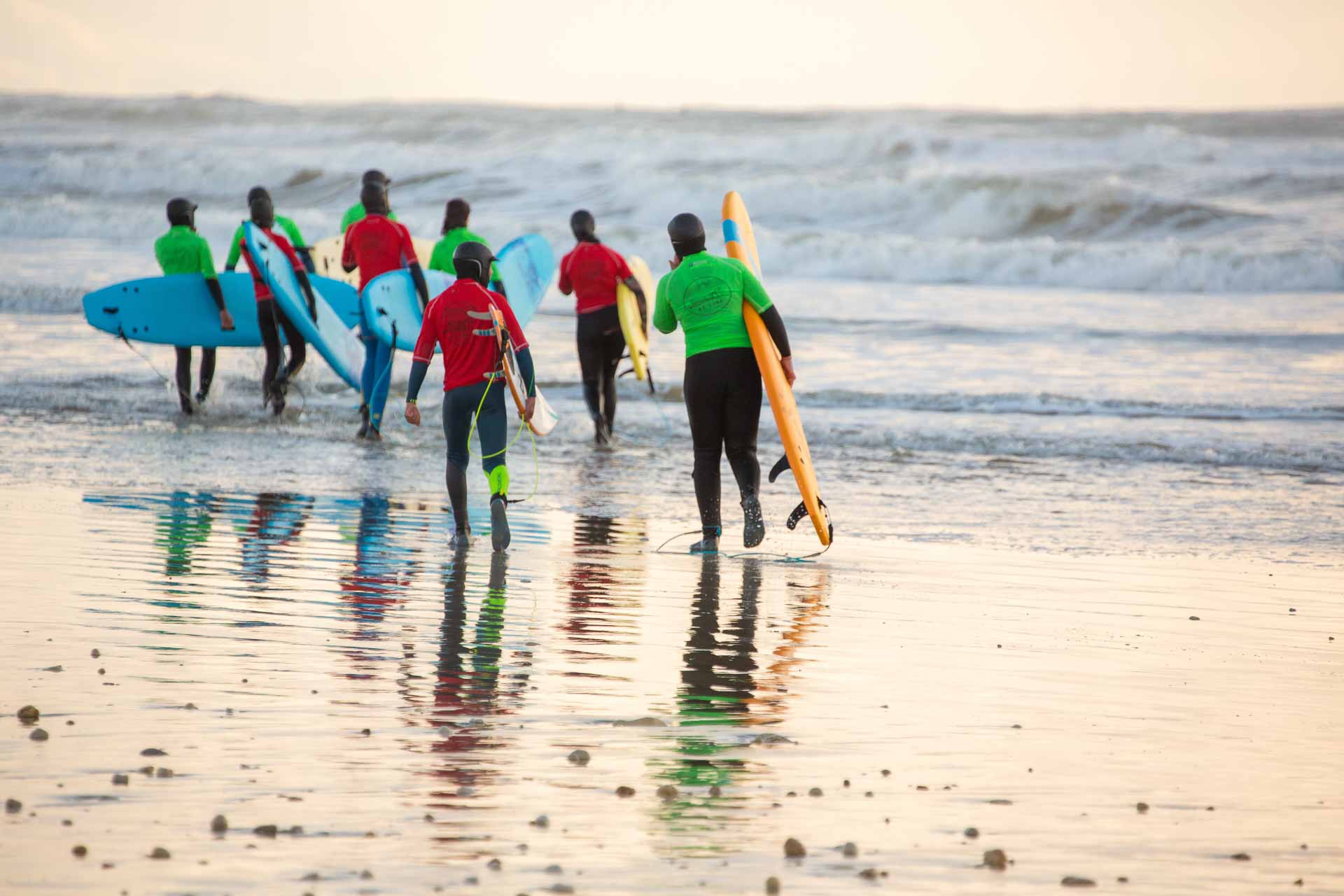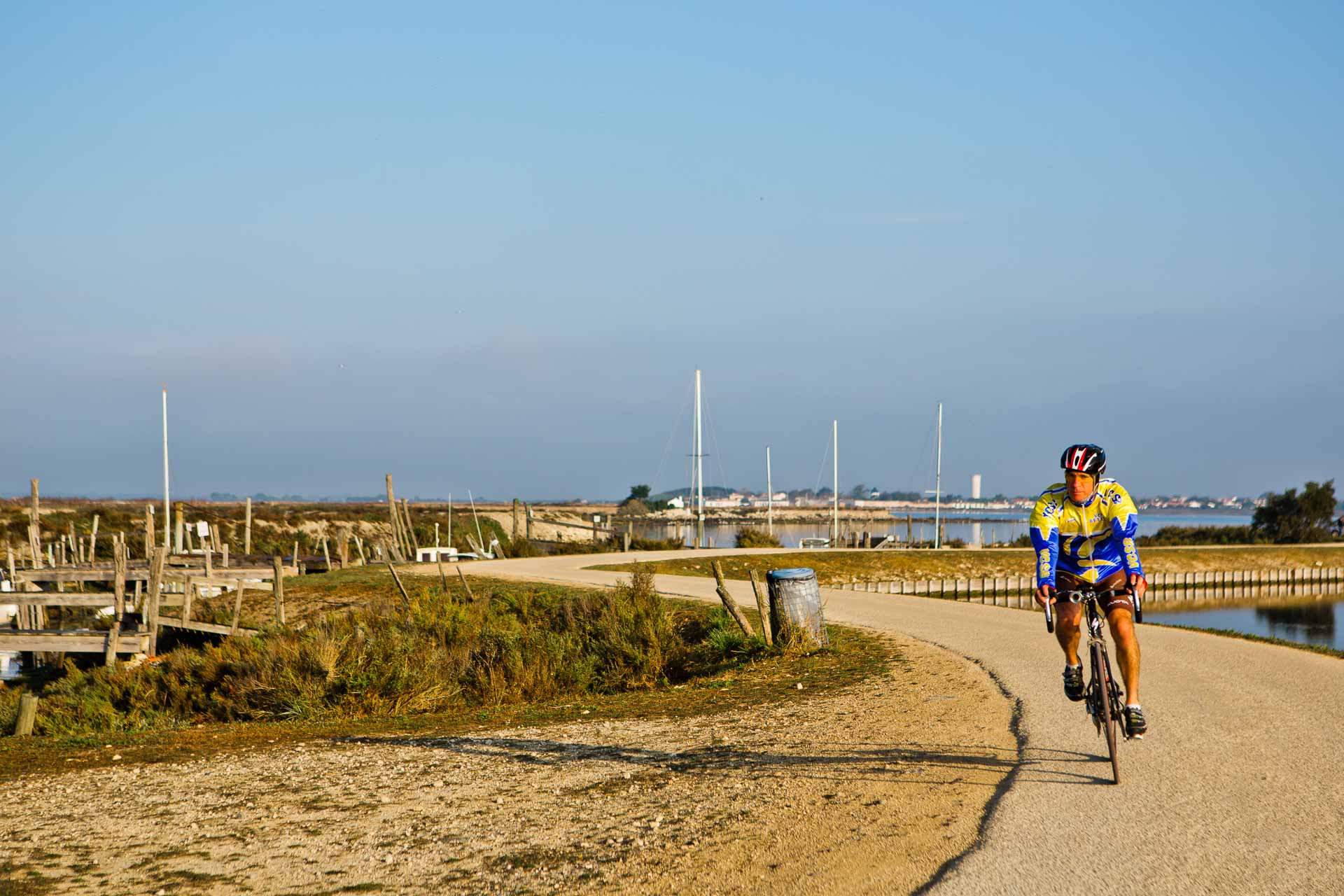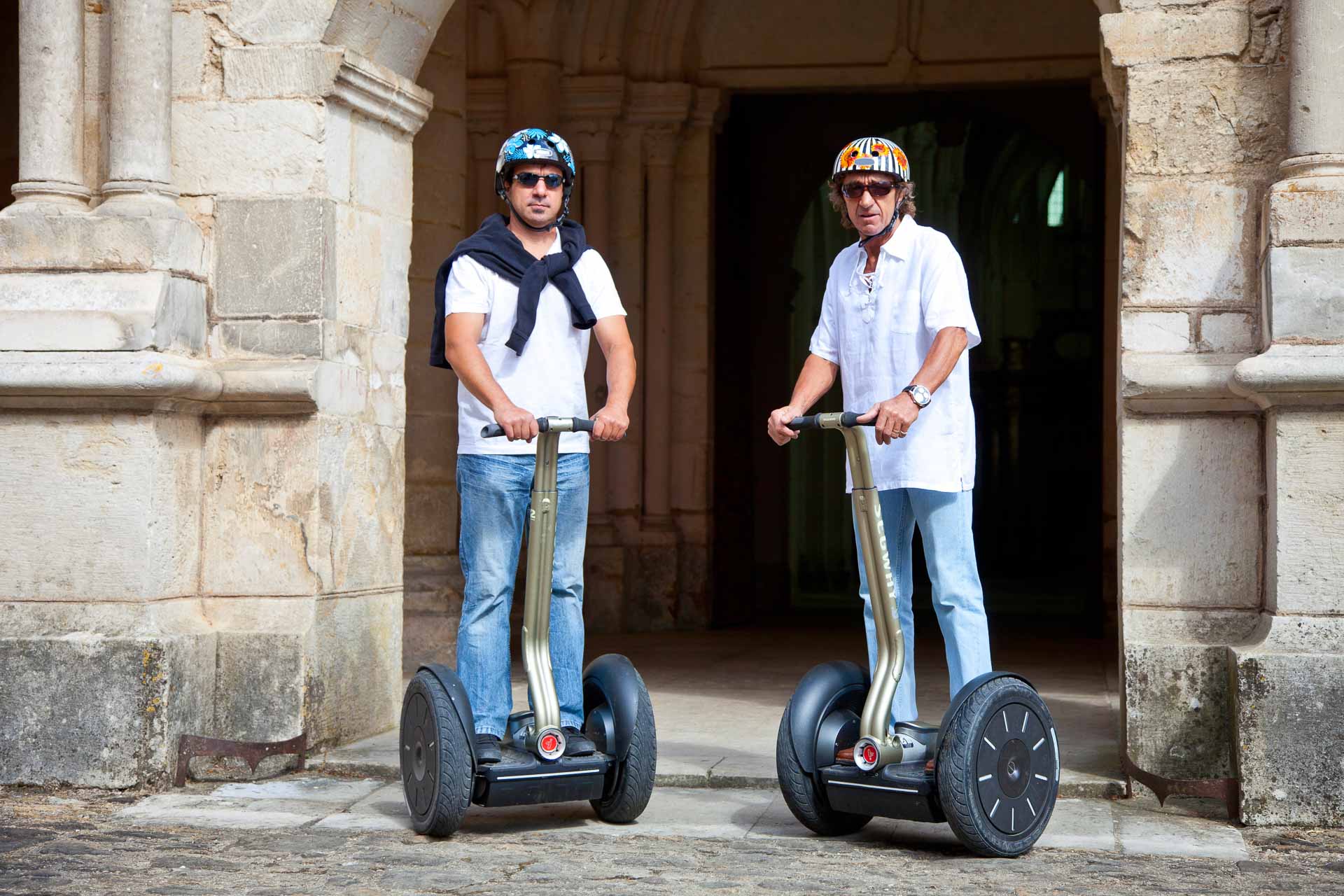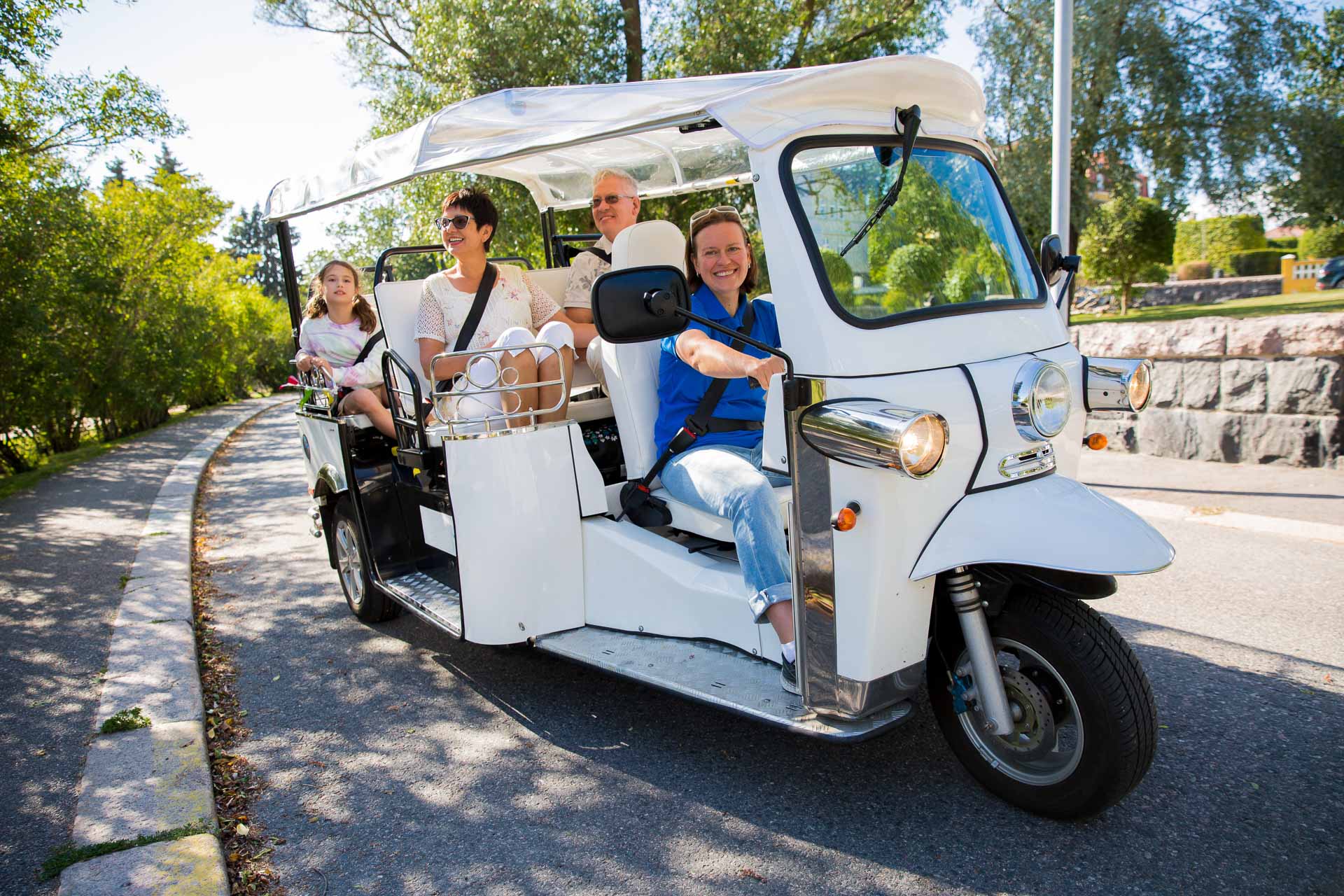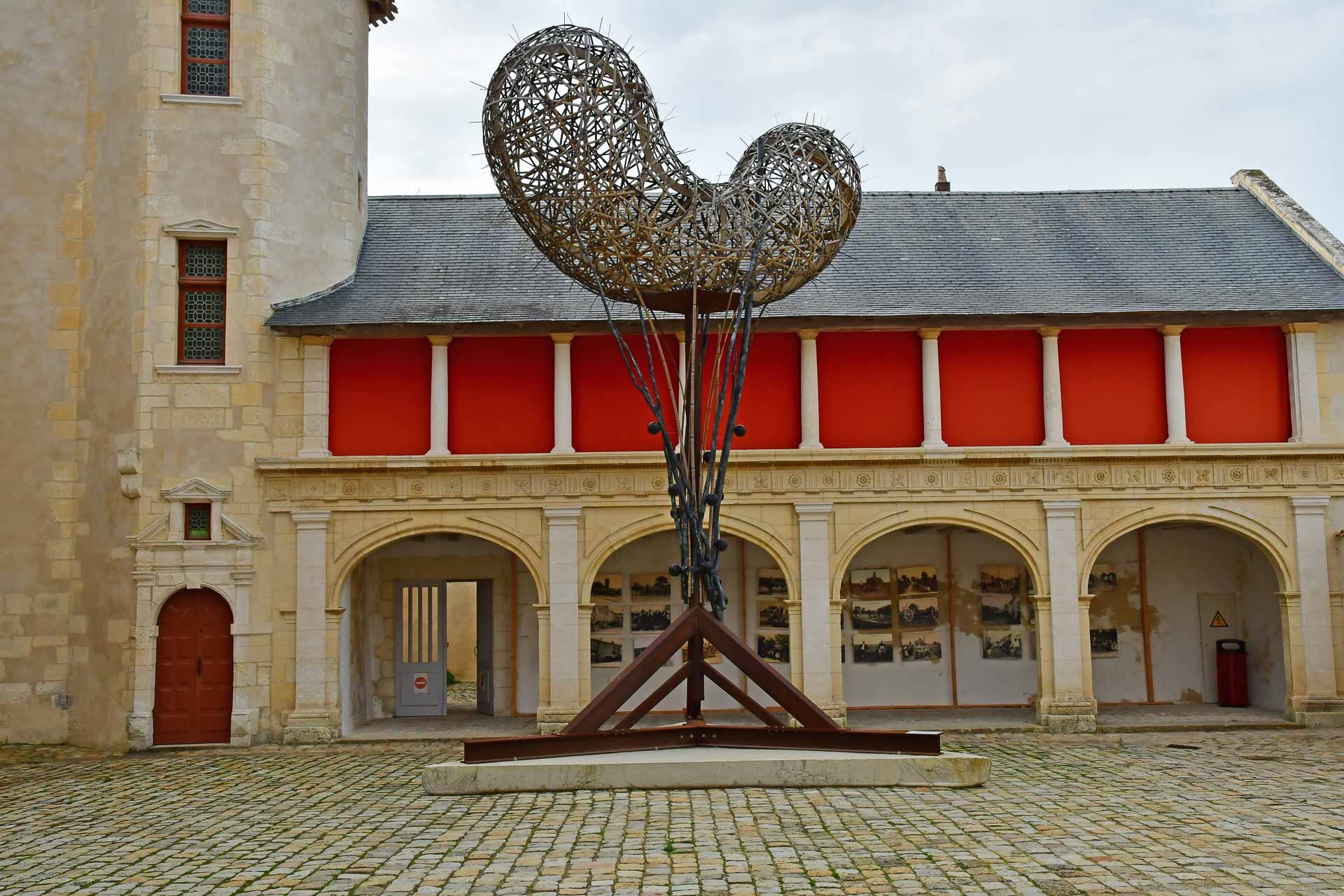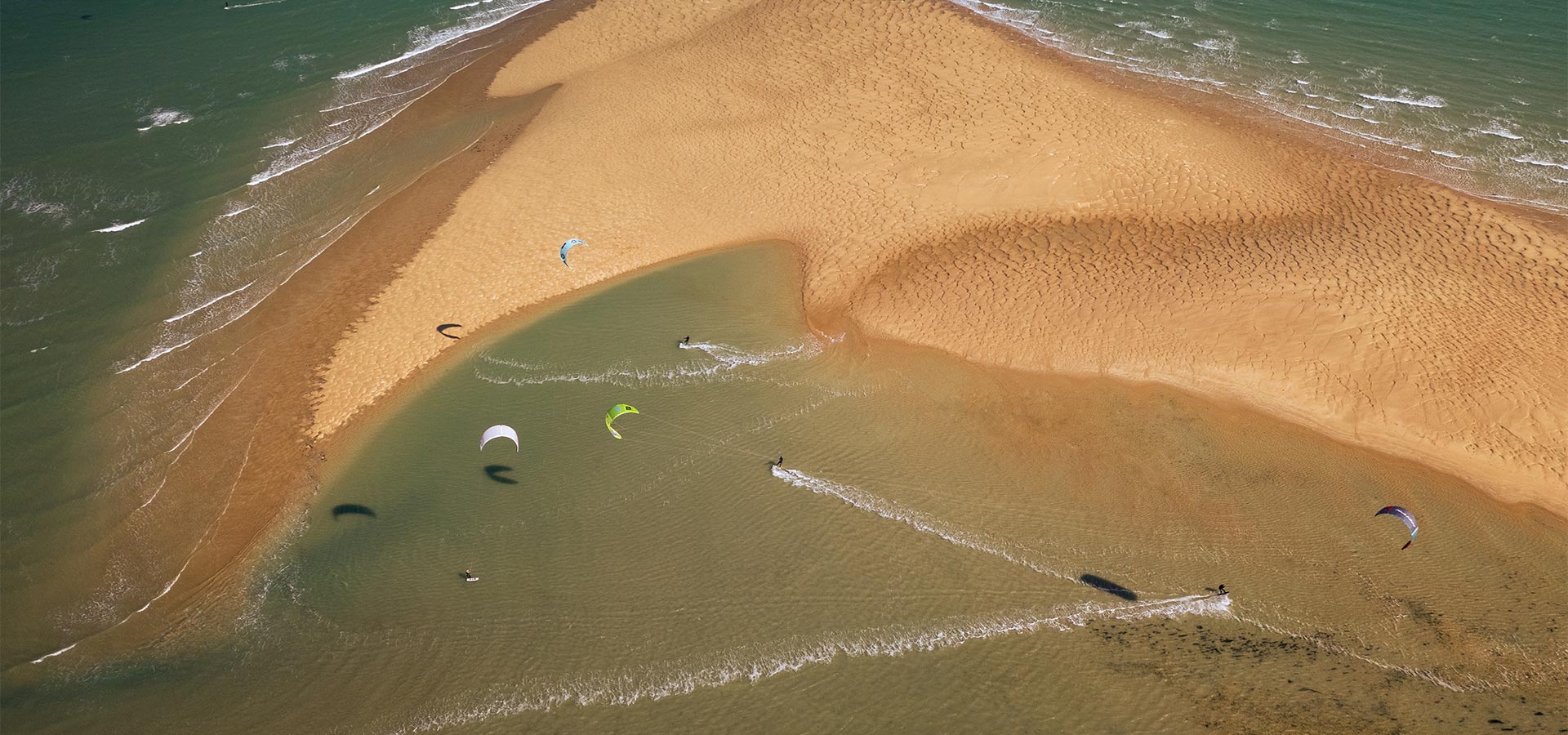
The Island of Ré
The Ile de Ré, a veritable jewel on France’s Atlantic coast, captivates visitors with its authentic charm and unspoilt nature. With its fine sandy beaches, narrow streets lined with white houses and salt marshes, every corner of this island offers a unique experience. Whether you’re looking for relaxation, adventure or cultural discovery, the Ile de Ré promises unforgettable moments! Our Ile de Ré campsite has some great tips for discovering the Charente archipelago.
The villages of Ile de Ré and Charente Maritime
Linked to La Rochelle by a 3km bridge inaugurated in 1988, the island of Ré in Poitou Charentes is made up of 10 emblematic villages, each bearing witness to its history in its own way. On the north coast, Saint-Martin-en-Ré is the island’s capital and one of the most beautiful villages on the wild Atlantic coast. Its imposing Vauban fortifications have remained intact since the 17th century.
The charming residences in the town centre are a reminder of how prosperous the island was in the 18th century. The second-largest island in the Charente archipelago after Oléron, the Ile de Ré alone boasts two of France’s most beautiful villages: La Flotte, one of the oldest villages on the island, whose harbour is home to listed old sailing ships, and Ars-en-Ré, whose cobbled, flower-filled streets are lined with bright white houses with green shutters. Each of the island’s other villages also boasts a valuable heritage: the whale lighthouse and fish locks in Saint-Clément, the last remaining tide mill in Loix, the bell tower of the Notre-Dame de l’Assomption chapel in Sainte-Marie, the Bellère mill in Bois-Plage, the oyster beds in Rivedoux, the bandstand in La Couarde and the wells in Portes-en-Ré. Find out more about the geography and map of the Ile de Ré in our dedicated article.
For your camping holiday on the Ile de Ré, you should know that the archipelago to the south of the Ile d’Oléron, Ile d’Aix and Rochefort also boasts an exceptional natural heritage, which each of its 10 territories is committed to preserving. From the Trousse-Chemise forest, made famous by Aznavour, to the long beaches considered to be some of the most beautiful in Europe, via the salt marshes and wild pinewoods, the island’s varied landscapes make for an exceptional holiday destination. The Retais foreshore alone is an immensely rich natural heritage: all around the island, the tidal zone reveals a wide variety of marine flora and fauna at low tide.
To the north of the island, in addition to the fine sandy beaches where kite surfing is practised, the salt marshes surround the Lilleau des Niges Nature Reserve, home and breeding ground for hundreds of local and migratory bird species. The island’s sensitive ecosystems can be explored on foot or by bike via a vast network of footpaths and cycle paths.
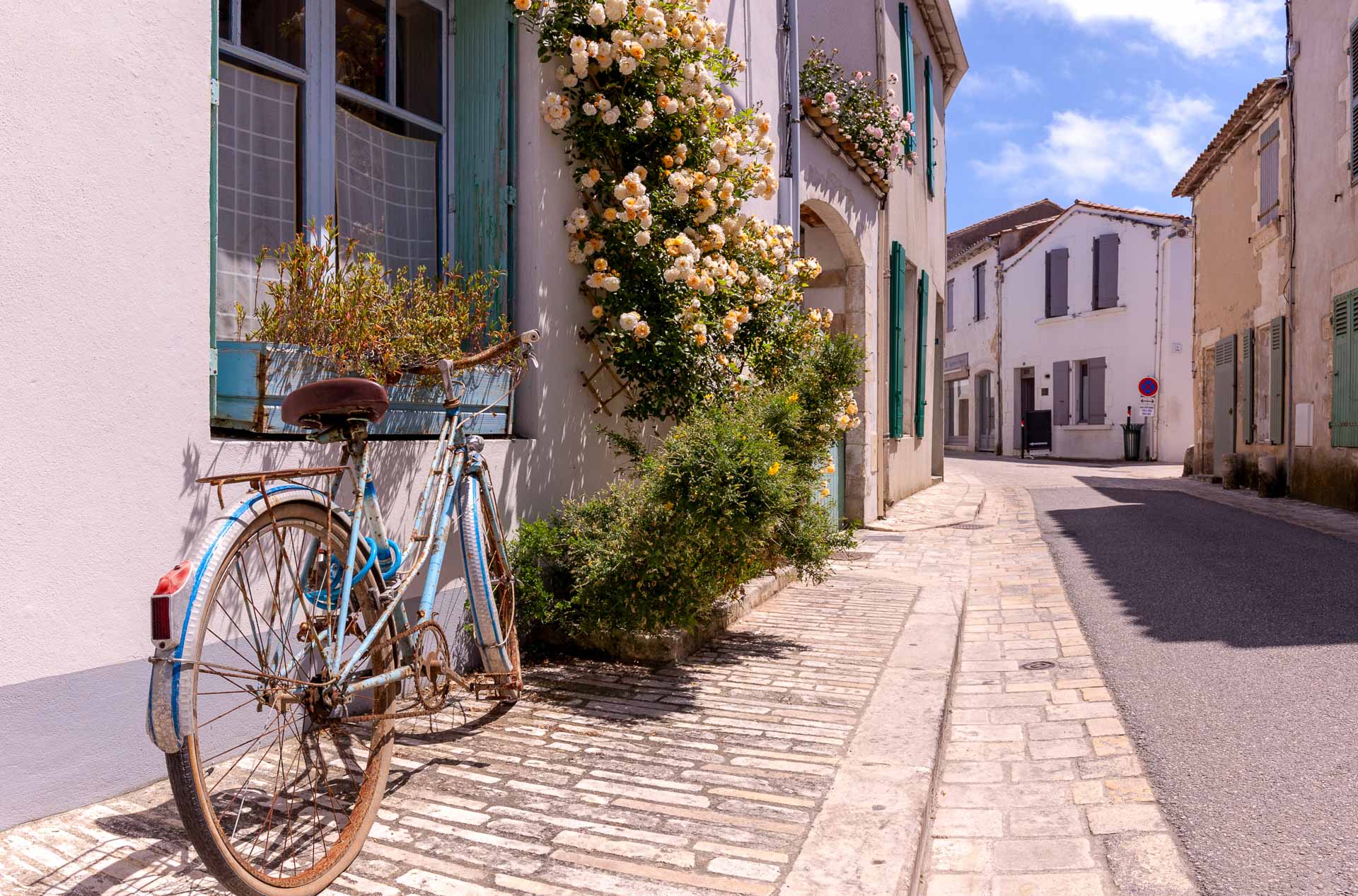
What can you see on the Ile de Ré to discover its heritage?
The richness and variety of the Ile de Ré’s heritage has earned it the Pays d’Art et d’Histoire label. With two listed villages, lighthouses and fortified ports, remarkable religious buildings, fishing villages with charming little streets and sublime historic residences, the island offers a wealth of things to discover.
The oldest religious building on the island, the Cistercian abbey of Les Châteliers, stands silhouetted between Fort la Prée and the port of La Flotte. There are plenty of opportunities on the island to get up high and admire the ocean, the island villages and the other islands in the Charente archipelago: climb the old whale tower or the large Baleines lighthouse at Saint-Clément, the Ars-en-ré bell tower-lighthouse or the observatory bell tower at Saint-Martin.
The island’s museums give visitors an insight into its history, natural riches and cultural specificities: the one at the Tour des Baleines is devoted to lighthouses, the one at Le Platin in La Flotte to the island’s popular traditions and maritime culture, and the Ernest Cognacq museum in Saint-Martin to the historical events that have marked the Ré region over the centuries. It’s a great way to understand the importance of the fortifications that are everywhere on the island, from the La Prée fort to the walls of Saint-Martin, not forgetting the redoubt at Rivedoux and the Grouin fort at Loix.
The Retais region is also home to a heritage that is highly emblematic of the island: the fish locks, which can still be seen at low tide in Saint-Clément, Ars, Loix and Sainte-Marie. The salt marshes, whose workings and history are on show at the Loix eco-museum, are also representative of the culture of the Retais. Alongside salt production, wine-growing and oyster-farming are other emblematic activities on the island, which you can discover through visits to producers and tastings.
A paradise for water sports and leisure activities, the island of Ré is also an opportunity to discover more picturesque and often family-friendly activities, such as Tuk-Tuk rides, puppet shows at the Jardin-Théâtre in La Couarde-sur-Mer, or walks in Saint-Martin with the famous donkeys in knickerbockers, witnesses to a local tradition dating back to the 19th century.

Activities on the Ile de Ré
The omnipresence of water, the maze of marshes and the extensive network of cycle paths make the Ile de Ré an ideal location for outdoor activities. There is an infinite range of water-based activities to try out on the sea or on the calmer waters of the marshes: paddle and canoe, surf, kitesurf and windsurf, Hawaiian pirogue, jet ski, catamaran, but also boat trips thanks to the hire of boats with or without a licence, or through the booking of sailing boats with a skipper.
The many cycle paths are a great way to discover the island by bike: the size of the island makes it ideal for everyday cycling to the beach, between several villages, to the market or to explore the marshes.
The island of Ré is also a paradise for fishing enthusiasts, who can enjoy surfcasting from the beaches, sea fishing with professional pescatourists, fishing on foot at low tide, or lure fishing near the oyster beds.
There are plenty of other outdoor activities to enjoy on the island of Ré, including riding schools, tennis clubs, the Trousse Chemise golf course, a network of signposted hiking trails and the Planète Sports Loisirs centre, which offers a wide range of activities including microlight baptisms, aeromodelling, quad biking and kite flying lessons.
Of course, the island of Ré also has long sandy beaches where you can relax with your family. Some of the most beautiful in Europe, they all have their own special attractions: ideal for board sports at Les Grenettes in Sainte-Marie-de-Ré, great for fishing at Rivedoux-Plage, with a sailing school at Gros-Jonc, with a view over Oléron at Les Gollandières or with a view of the lighthouses at La Conche des Baleines, in a wild setting at Trousse-Chemise, or family-friendly and ideal for children’s swimming at the end of the Anse de L’Arnérault at La Flotte-en-Ré.
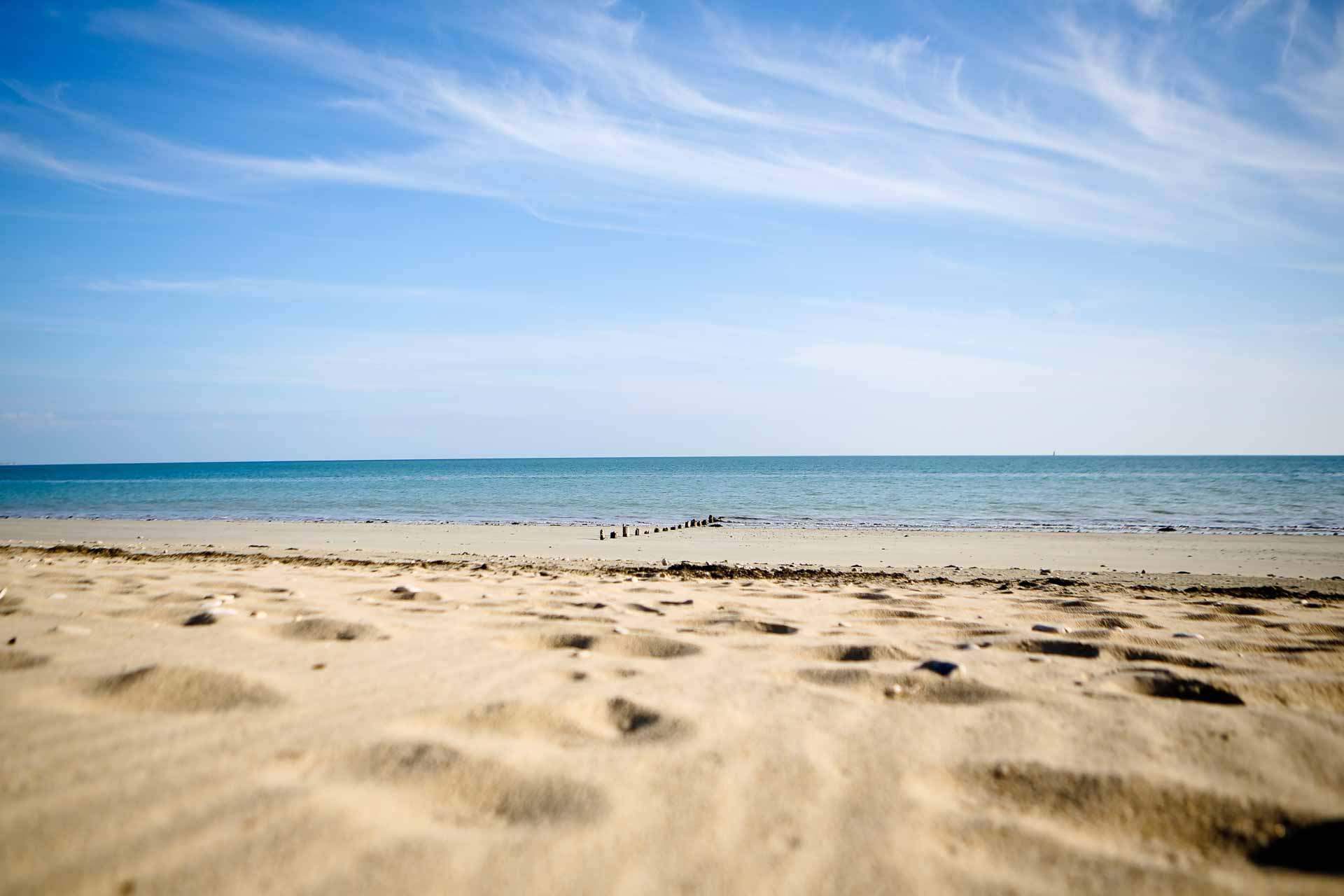
The Ile de Ré guide: discover the archipelago in 10 stages
- The Ile de Ré is first and foremost 10 villages to discover by motorhome, car or bike, each with its own charm and remarkable heritage. From east to west: Rivedoux, Sainte-Marie-de-Ré, La Flotte, Saint-Martin-de-Ré, Le-Bois-Plage-en-Ré, La Couarde-sur-Mer, Loix, Ars-en-Ré, Les Portes-en-Ré, Saint-Clément-des-Baleines.
- Ré, a water sports and leisure paradise: take a guided canoe trip through the marshes, take a sailing course at sea, enjoy a guided cruise to the other Charente islands and get up close to Fort Boyard, go funboarding at Saint-Clément-des-Baleines, or enjoy a family paddle-yoga session in front of the sunset – it’s all possible on the Ile de Ré!
- Lighthouses and lighthouse steeples to admire or climb to take in the sumptuous panoramas: the 57-metre-high Baleines lighthouse, the Saint-Martin lighthouse, the Chauveau lighthouse at Rivedoux, as well as the Ars-en-Ré beacon steeple, which still has its white and black bittern paintings, and the observatory steeple of the Saint-Martin church.
- An area where you can only get around by bike: soft modes of transport are king on the Ile de Ré. You can also opt for the gyropode, the rosalies, or even a horse.
- Heavenly beaches: particularly in the south of the island, opposite Oléron, but also on either side of the harbours in the north of the island, under the bridge at Rivedoux and opposite the Baleineaux lighthouse at Saint-Clément.
- Lively ports: music, night markets, entertainment… from the picturesque market in La Flotte to the night-time entertainment in the port of Saint-Martin, not forgetting the concerts on the bandstand in La Couarde, the island of Ré is lively and particularly cheerful in summer.
- Discover the local gastronomy and meet the local producers: from the sauniers and oyster farmers to the artisanal brewery Les bières de Ré, a vineyard or a Pineau producer.
- Cultural sites to visit: museums that tell the story of the island’s history and traditions, Vauban fortifications, religious buildings, craft workshops and numerous art galleries.
- Thalassotherapy and wellness activities: the island offers a wide range of spas and thalassotherapy treatments. It’s a great way to recharge your batteries on holiday, relax with the family or alternate between outdoor sports and muscle relaxation.
- Discover preserved flora and fauna. The salt marshes are one of the natural treasures of the Ile de Ré. They can be explored on foot, by bike or by canoe, on leisurely walks or nature outings, and are home to many species of bird. In the heart of the marshes, between Ars-en-Ré and Les Portes-en Ré, the Lilleau des Niges nature reserve is a veritable sanctuary for migratory birds.
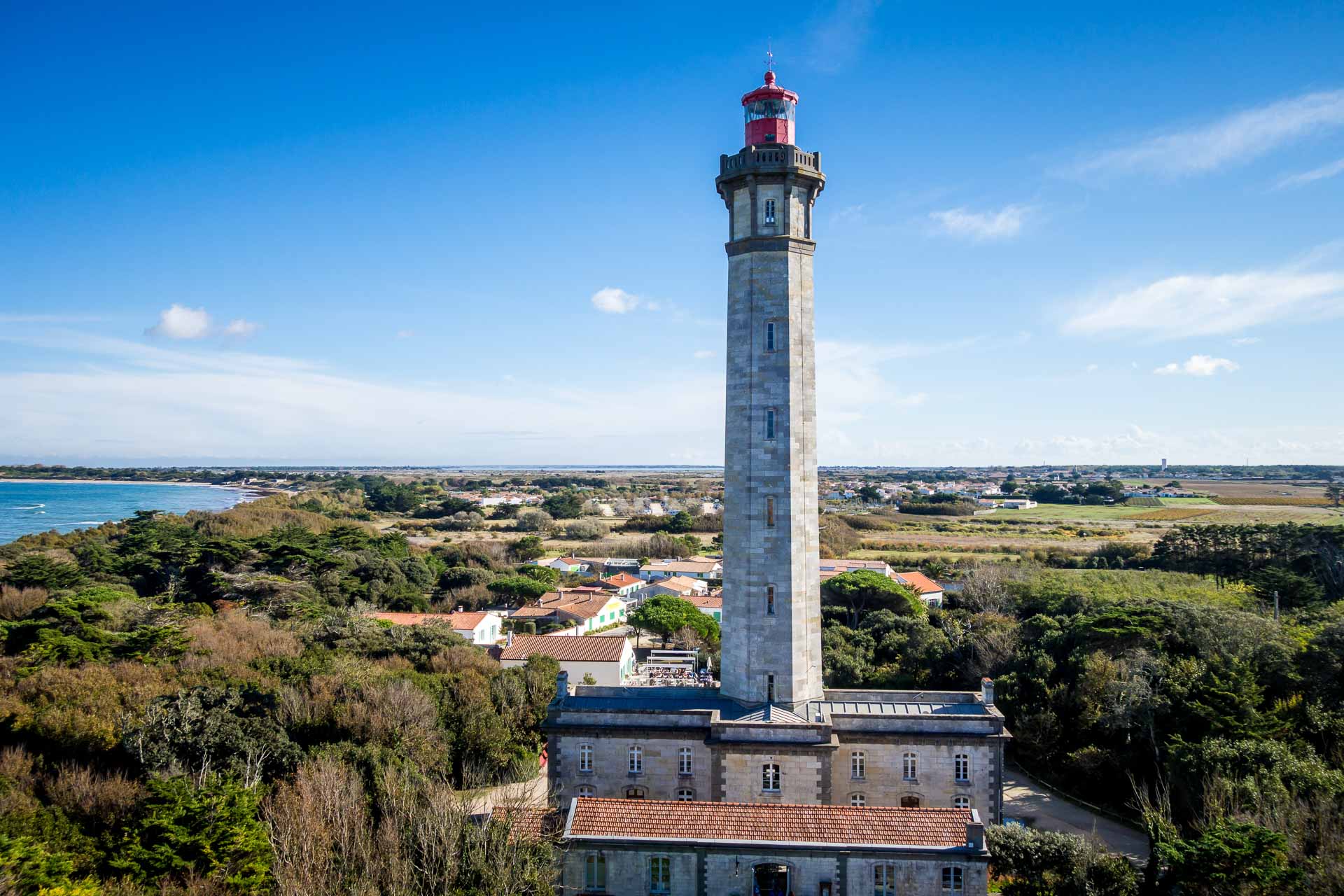
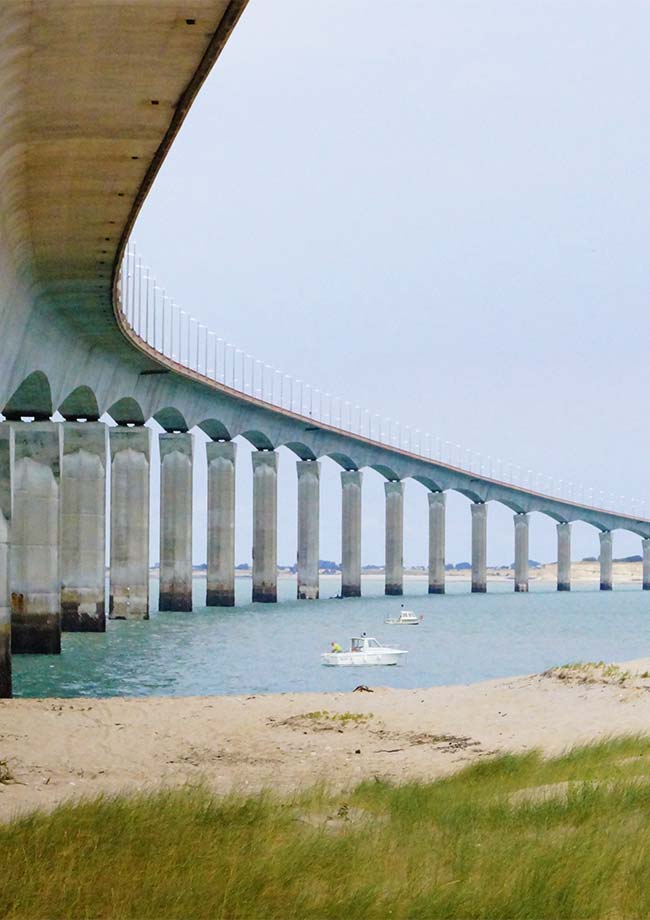
Frequently asked questions about Ile de Ré:
The island is accessible via a bridge from La Rochelle on the mainland, or by boat. There is no airport on the archipelago.
The island is located in the south-west of France, off the coast of Charente Maritime.
There are plenty of activities available even in bad weather, such as visiting Fort La Prée, climbing the old whale tower or visiting the Ernest Cognacq museum.
